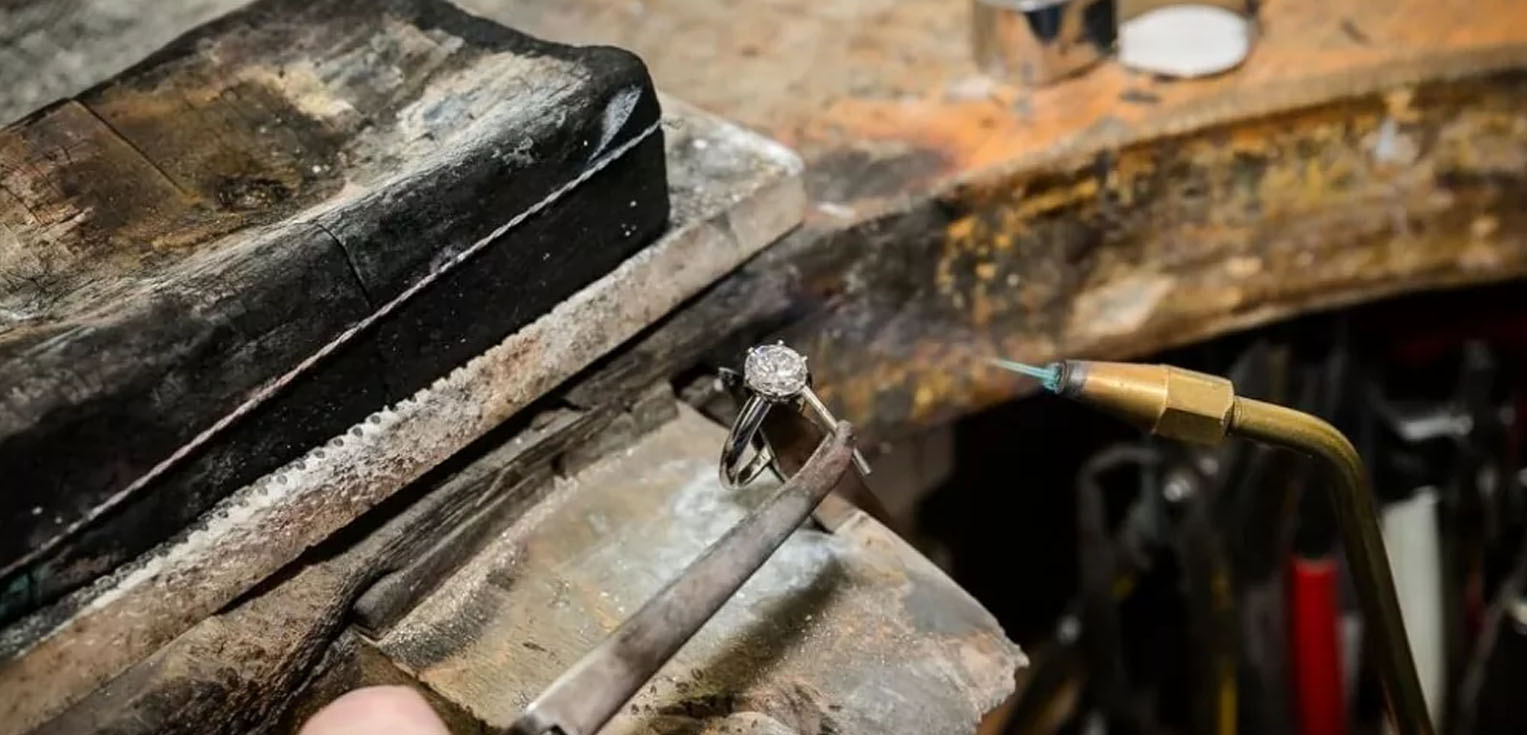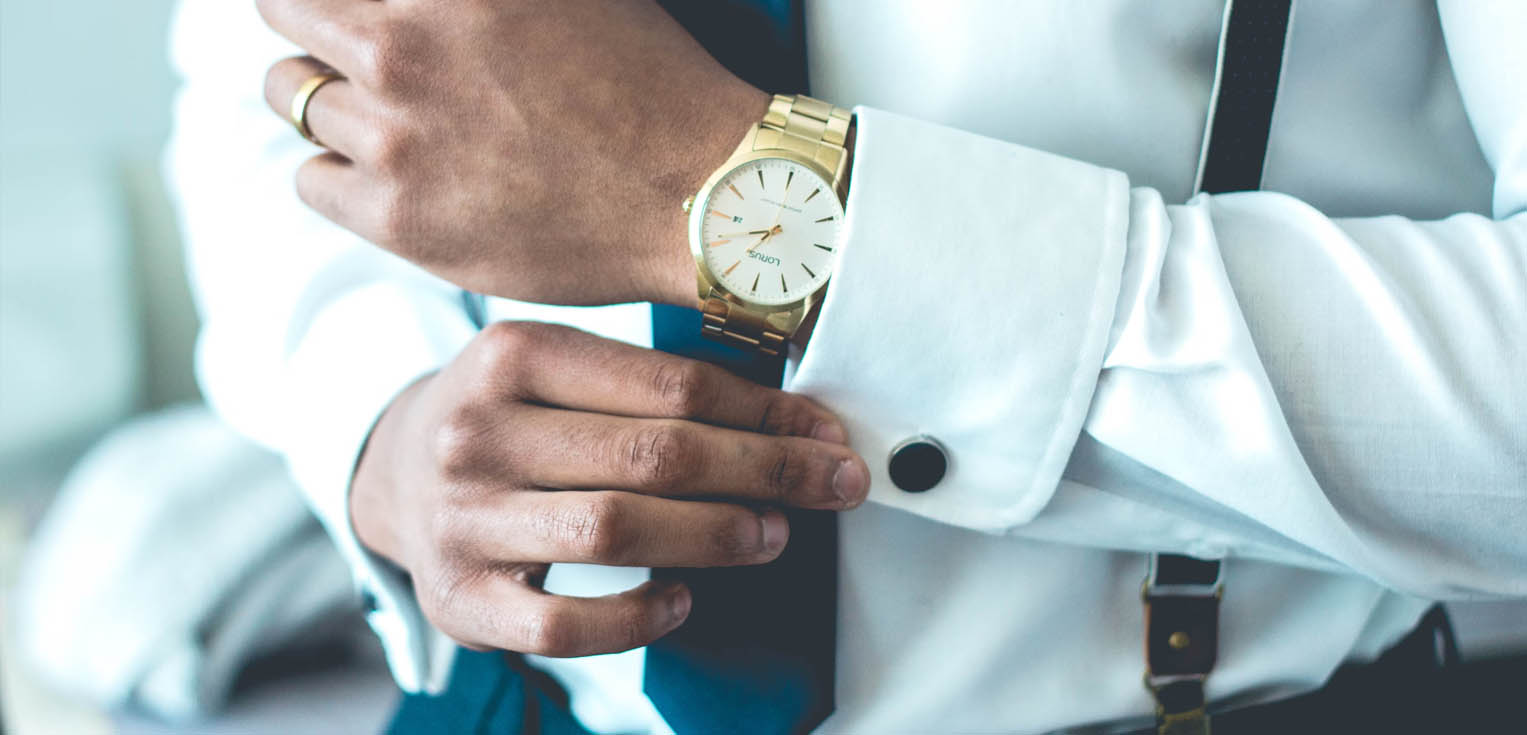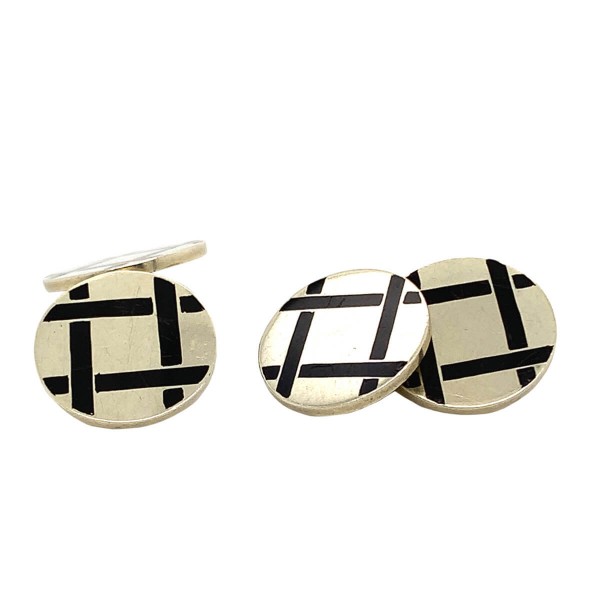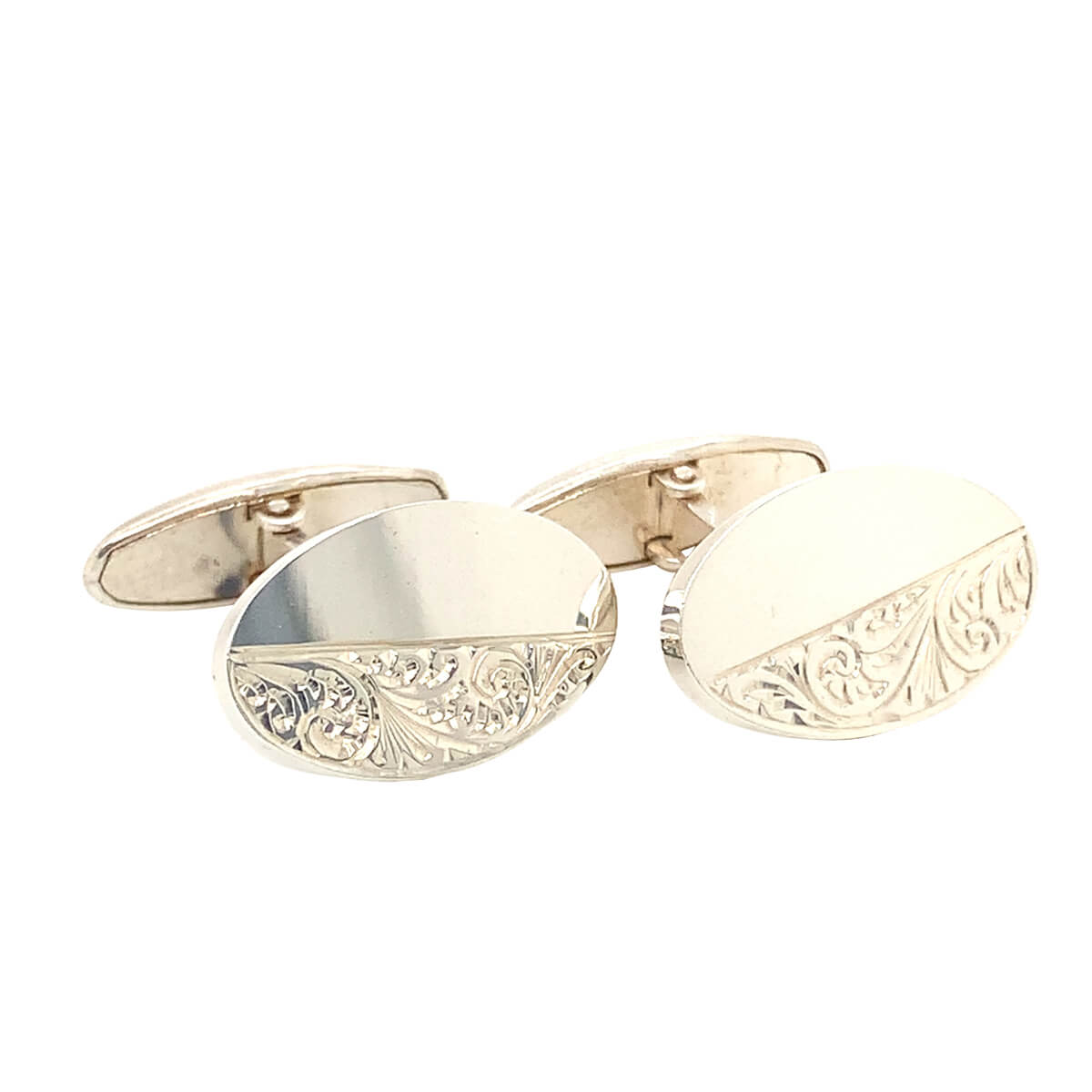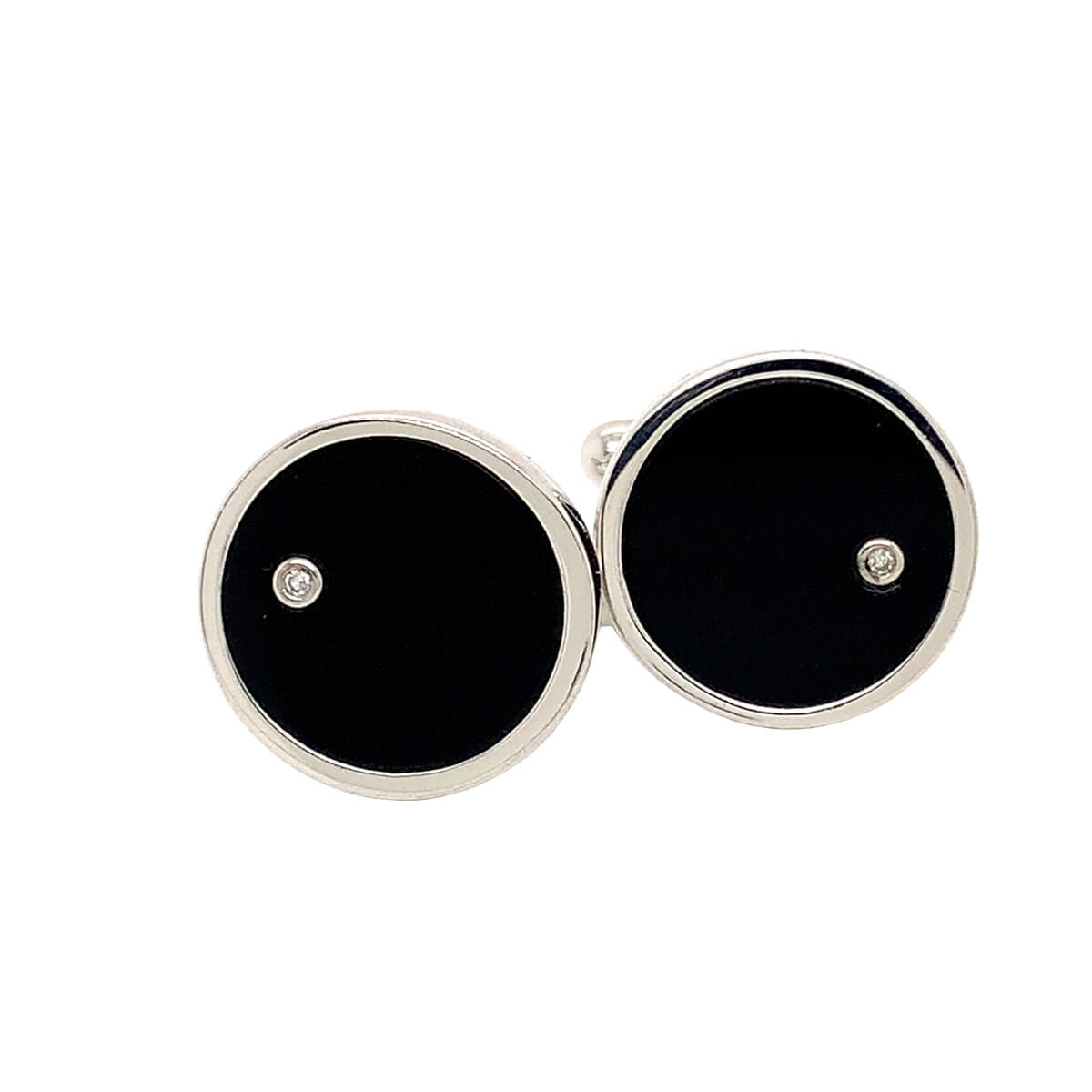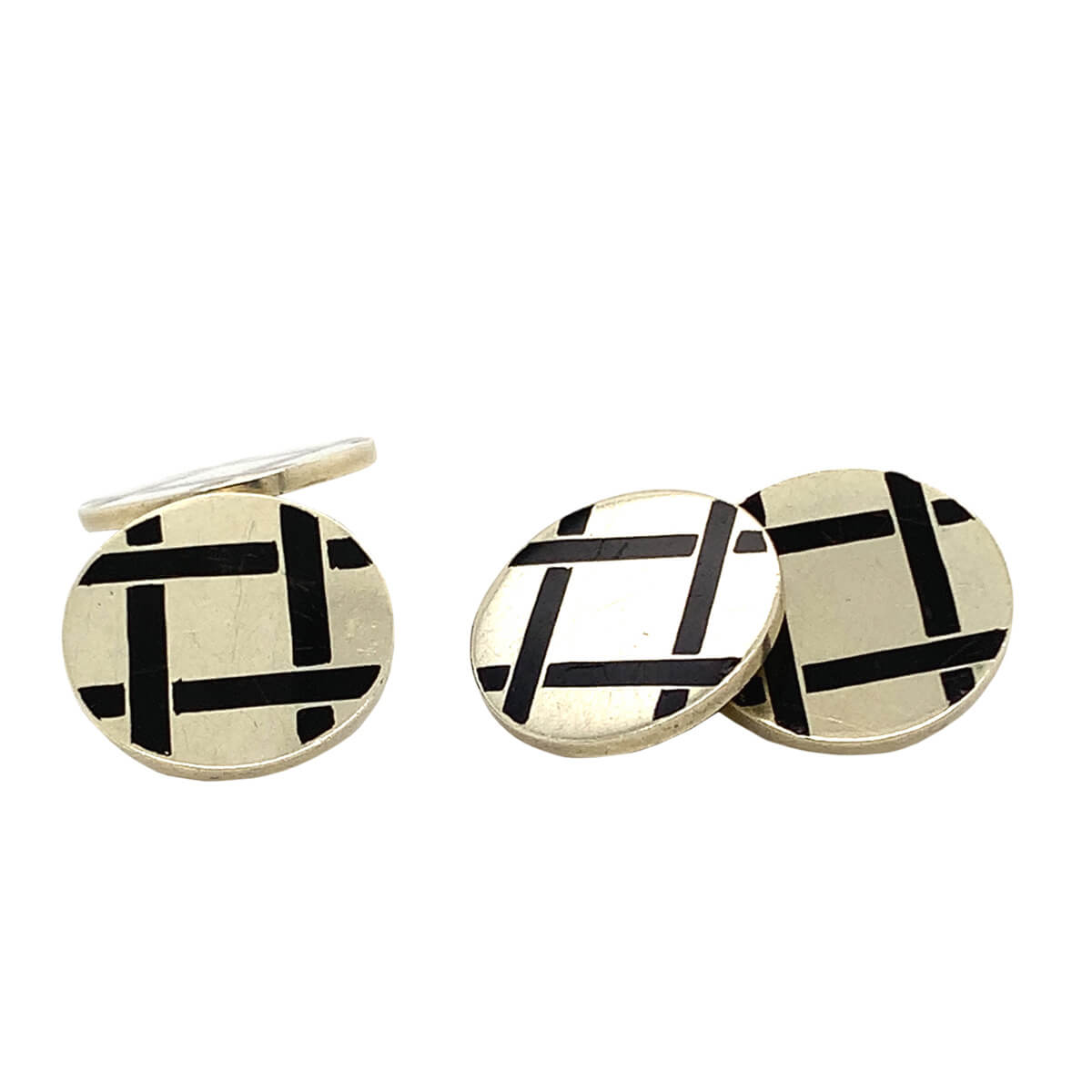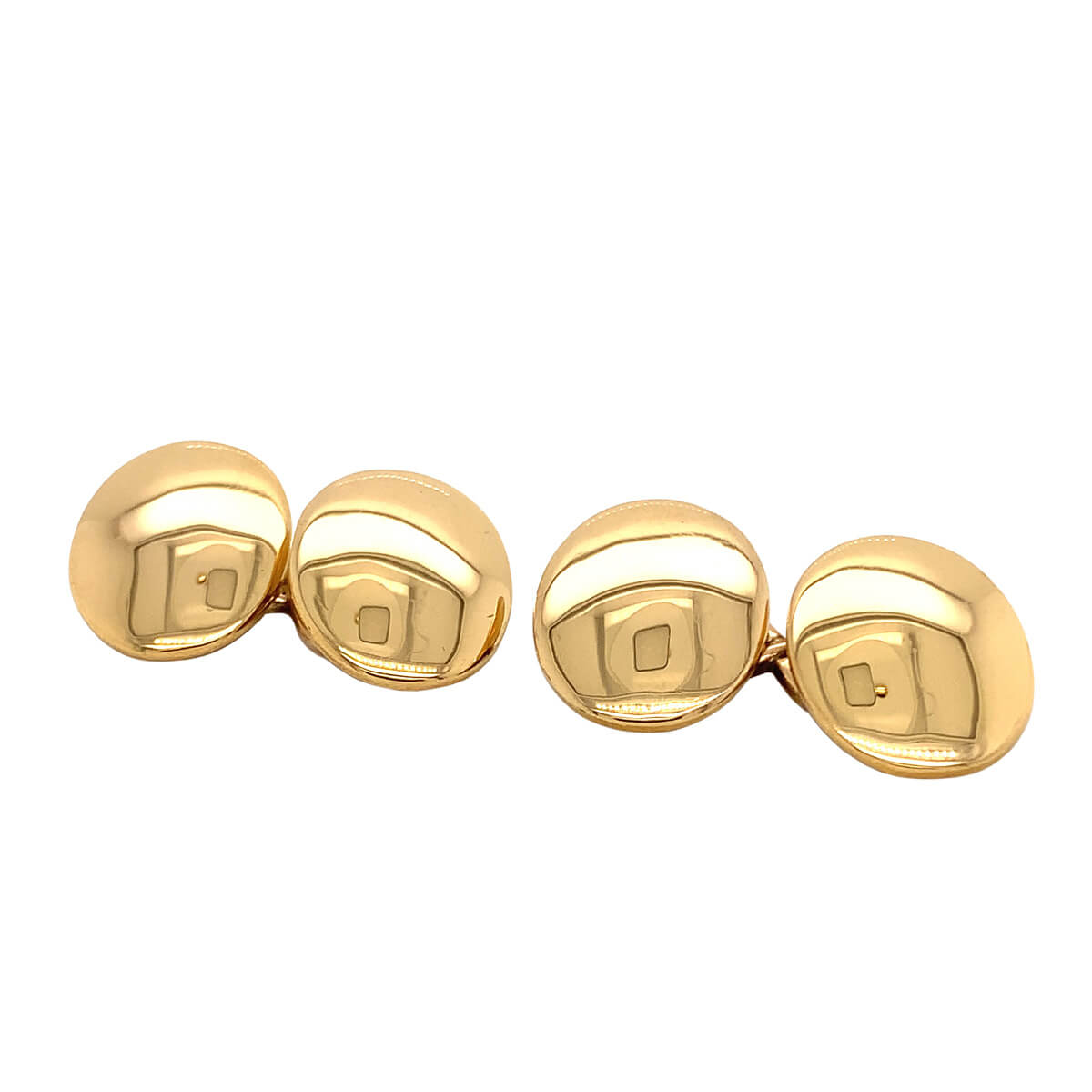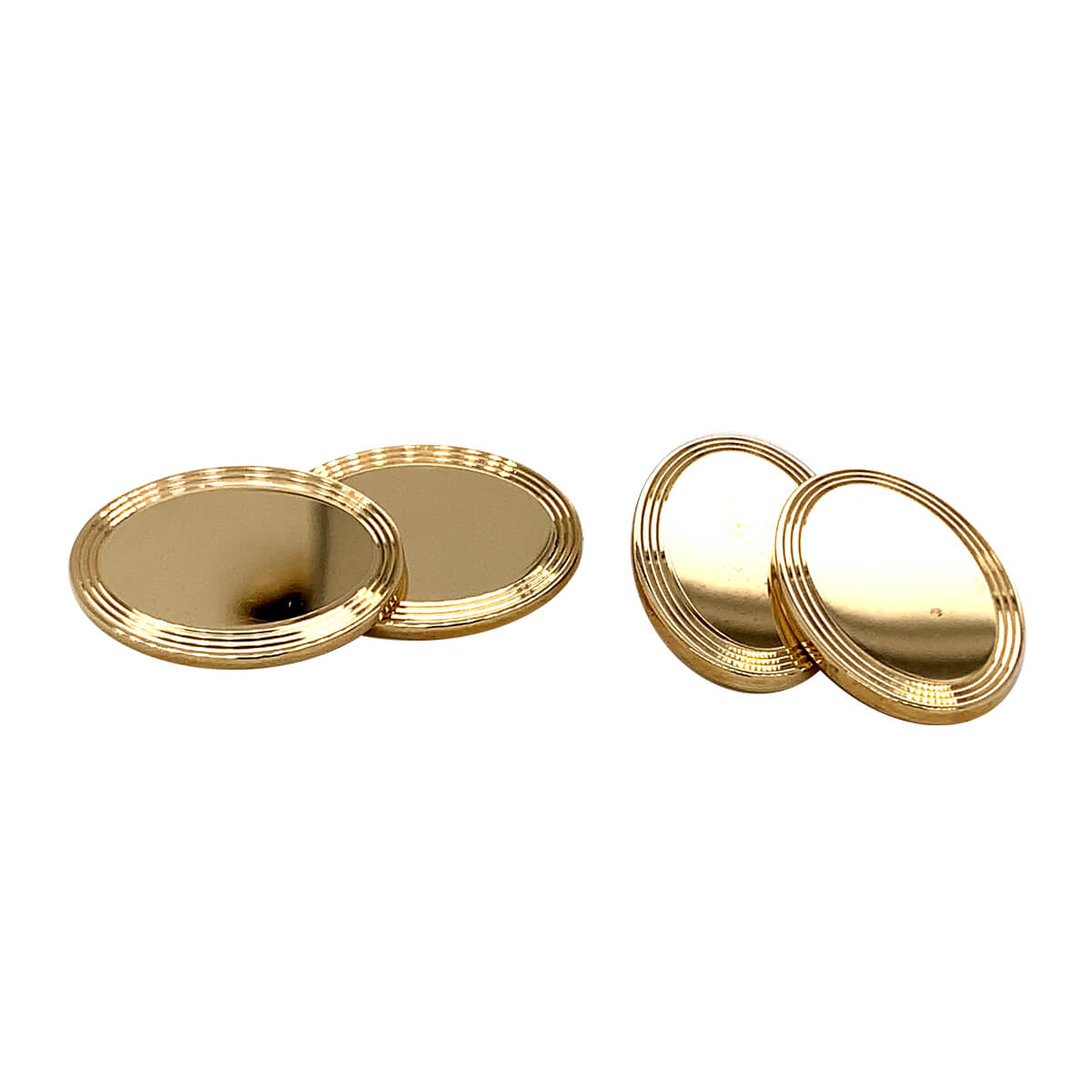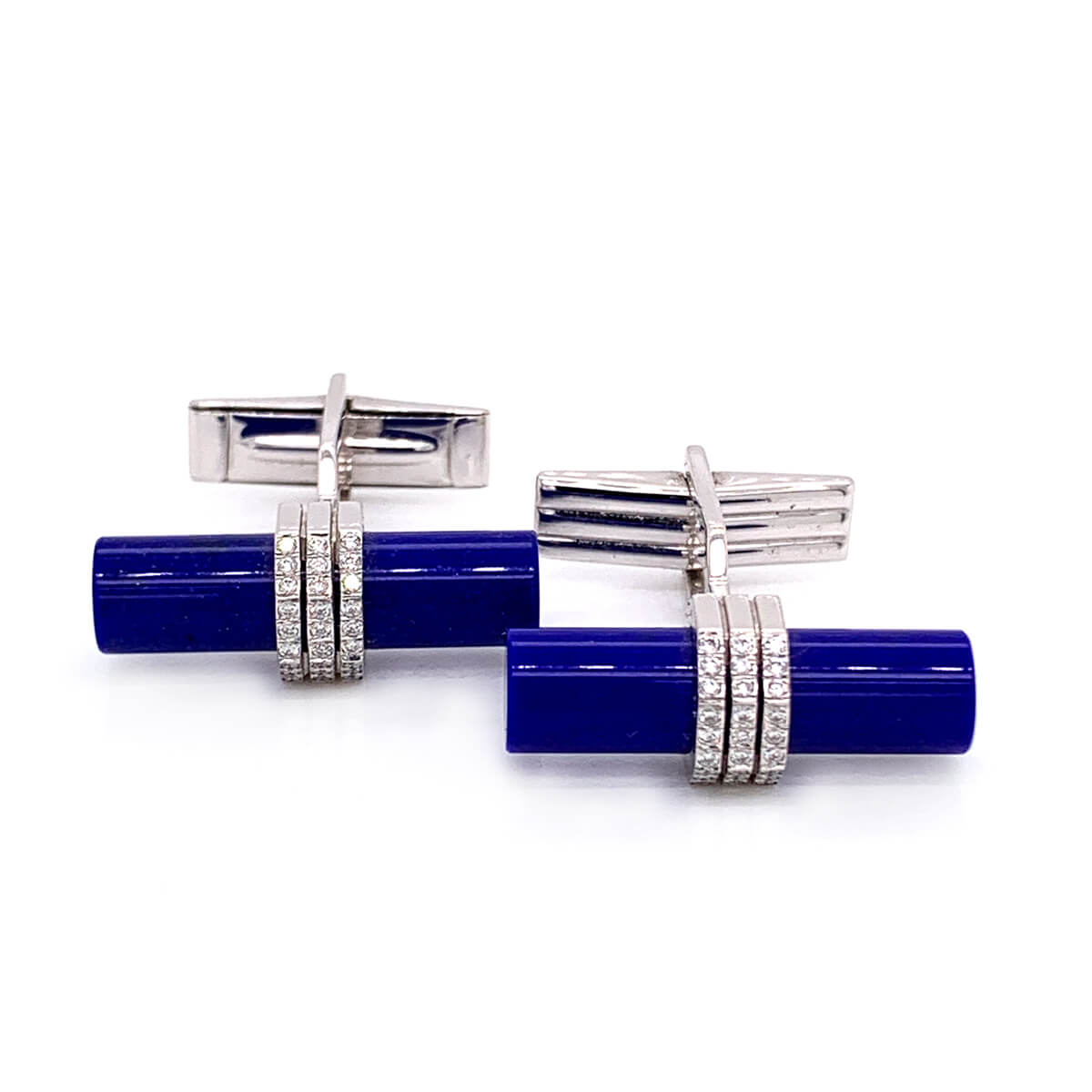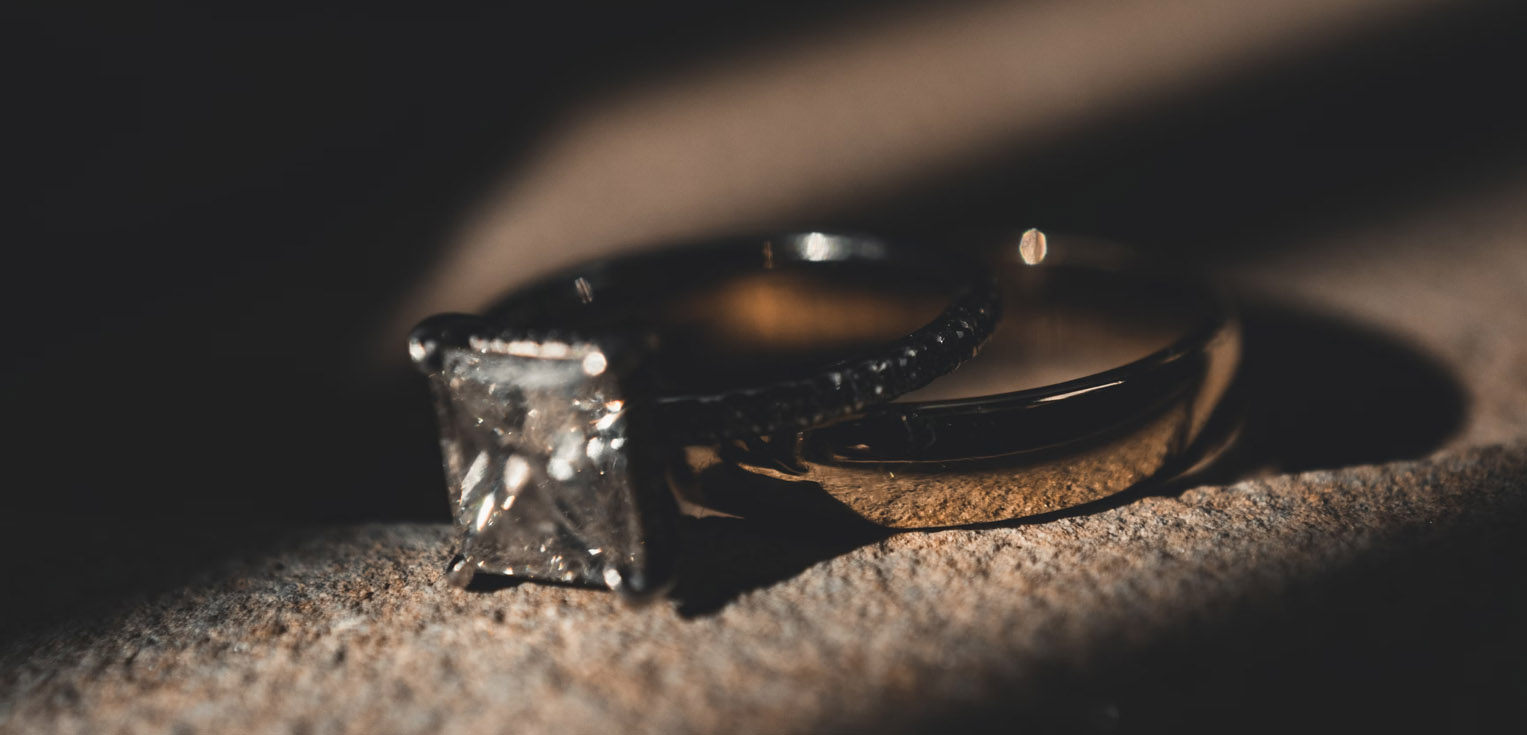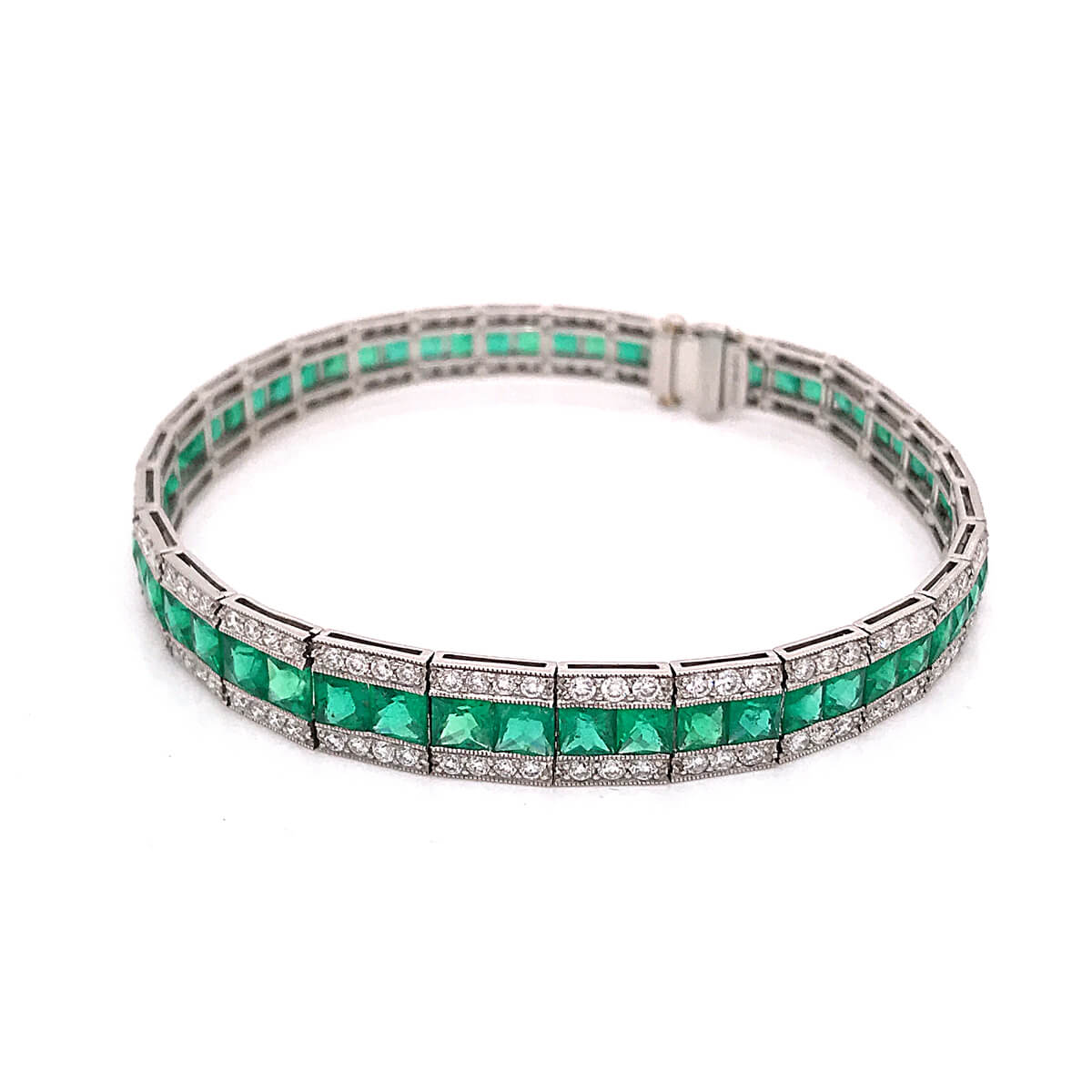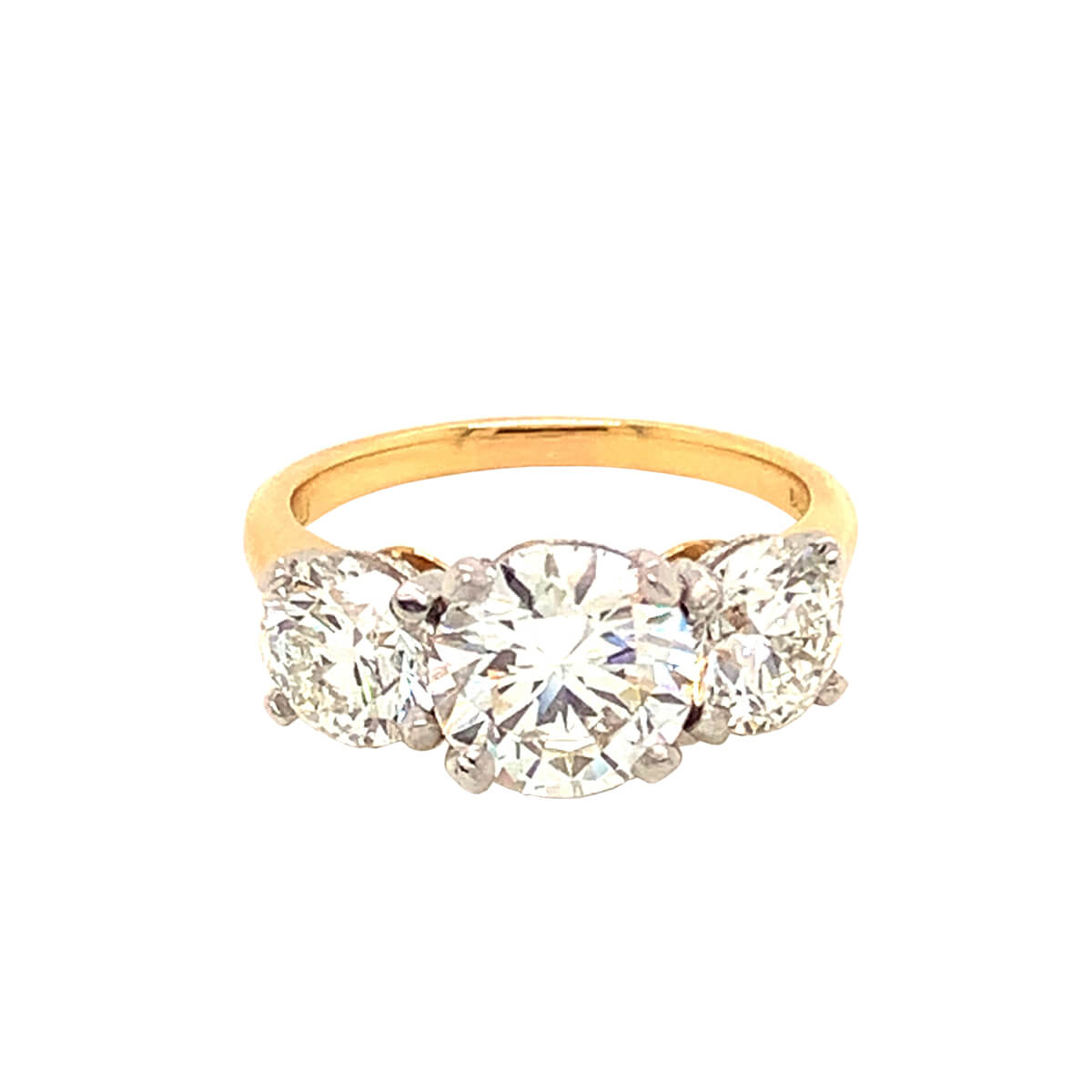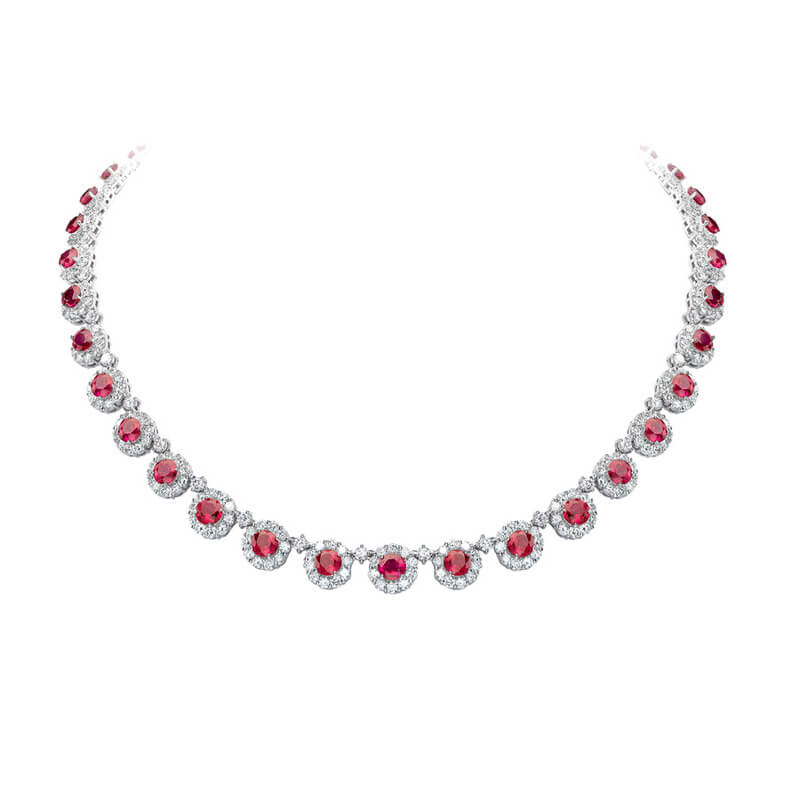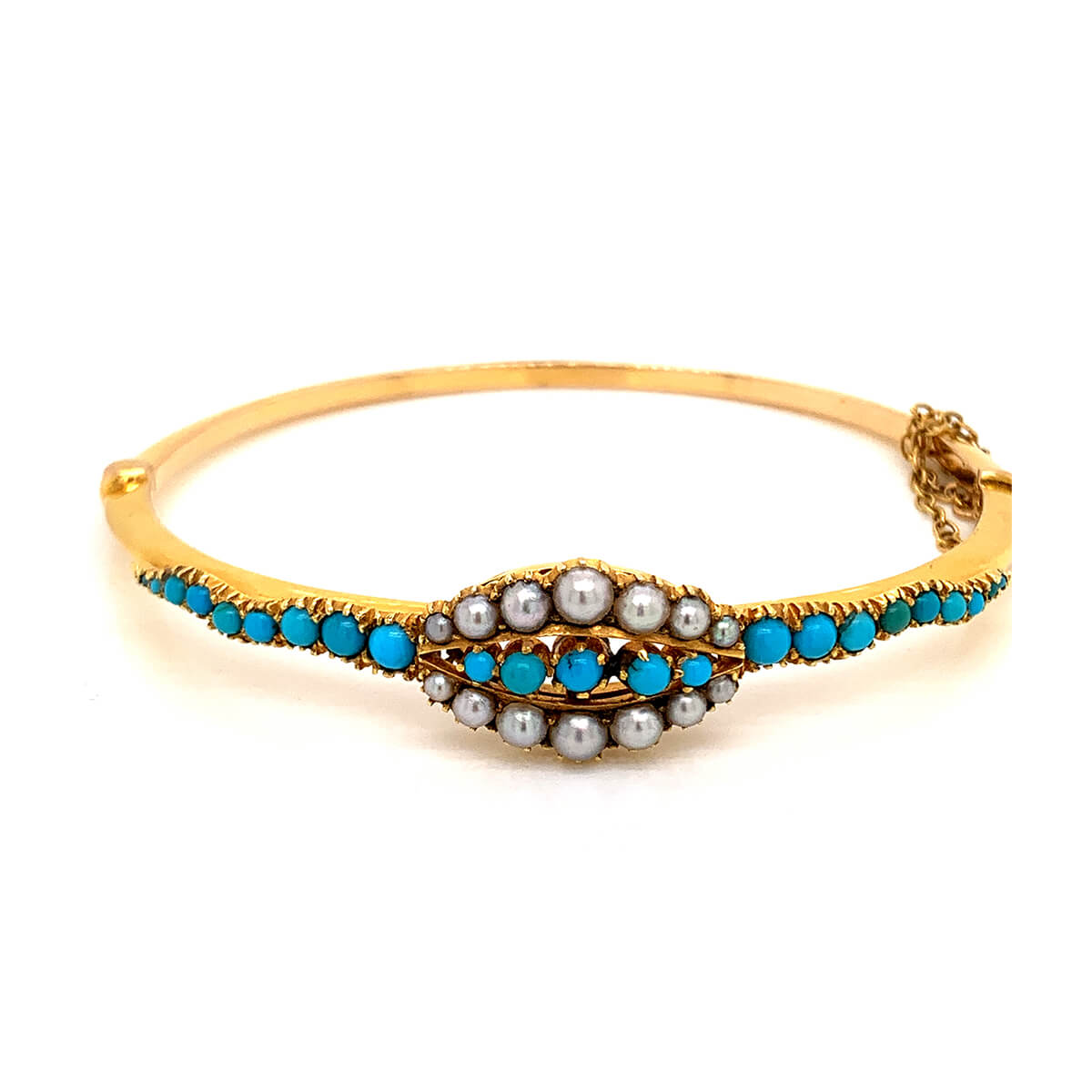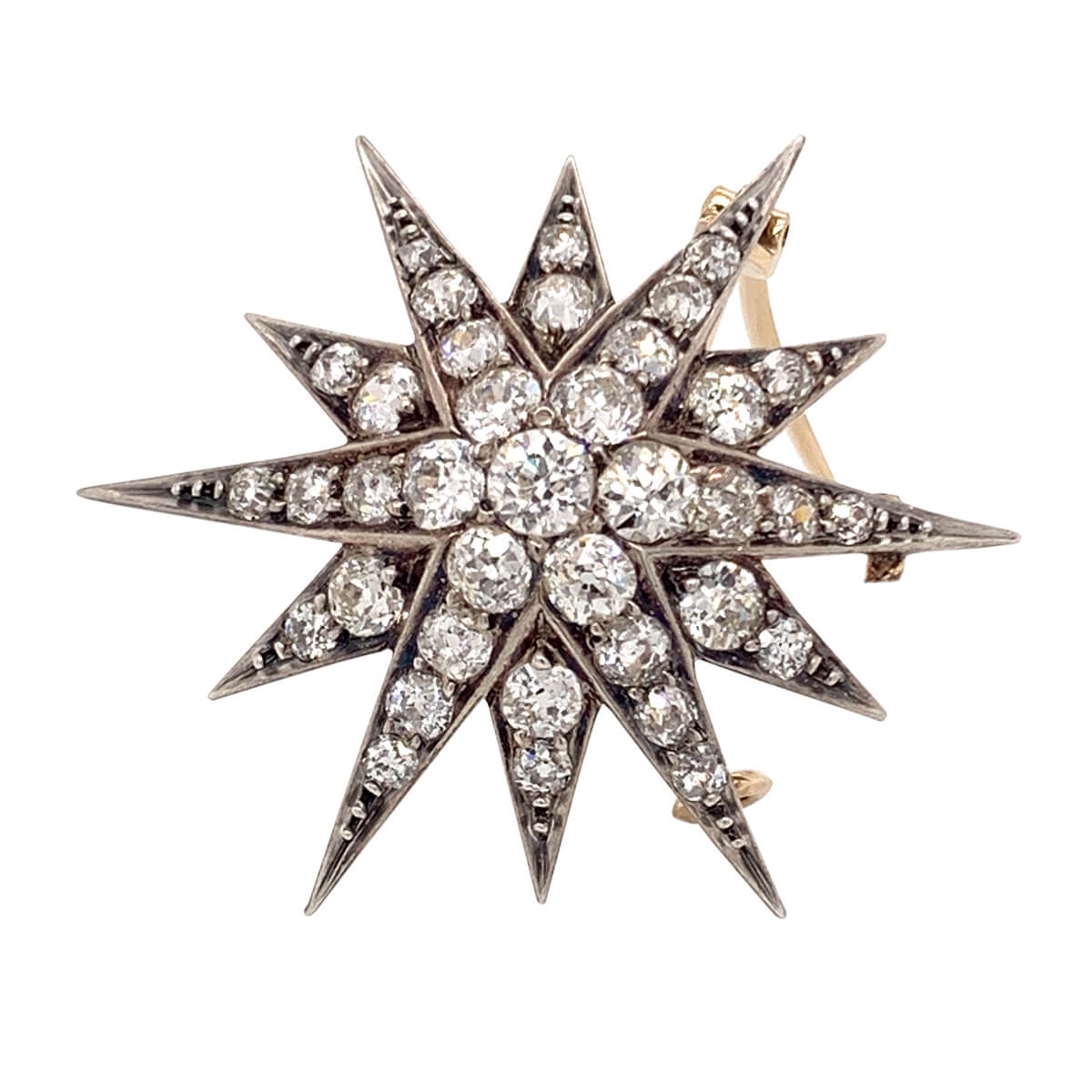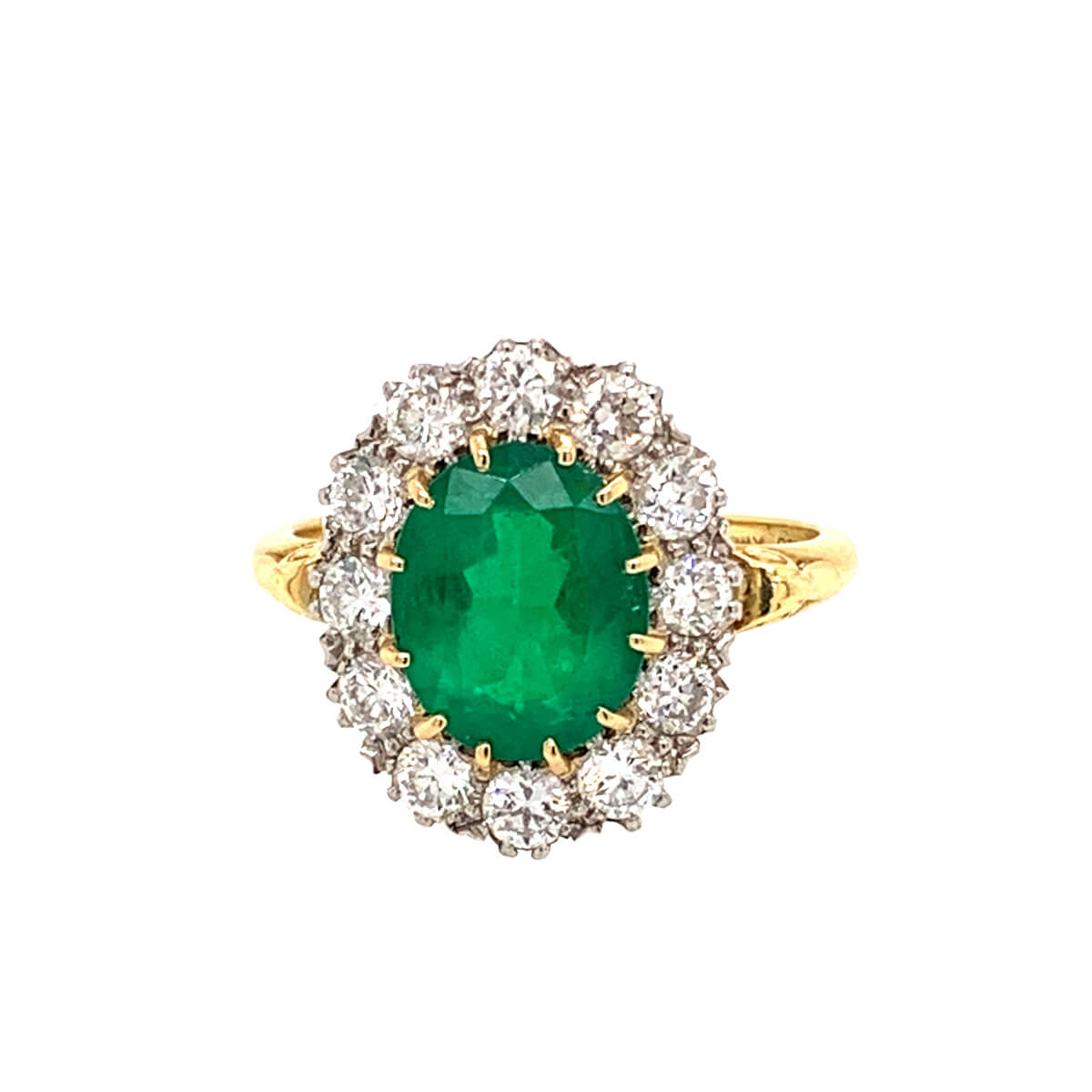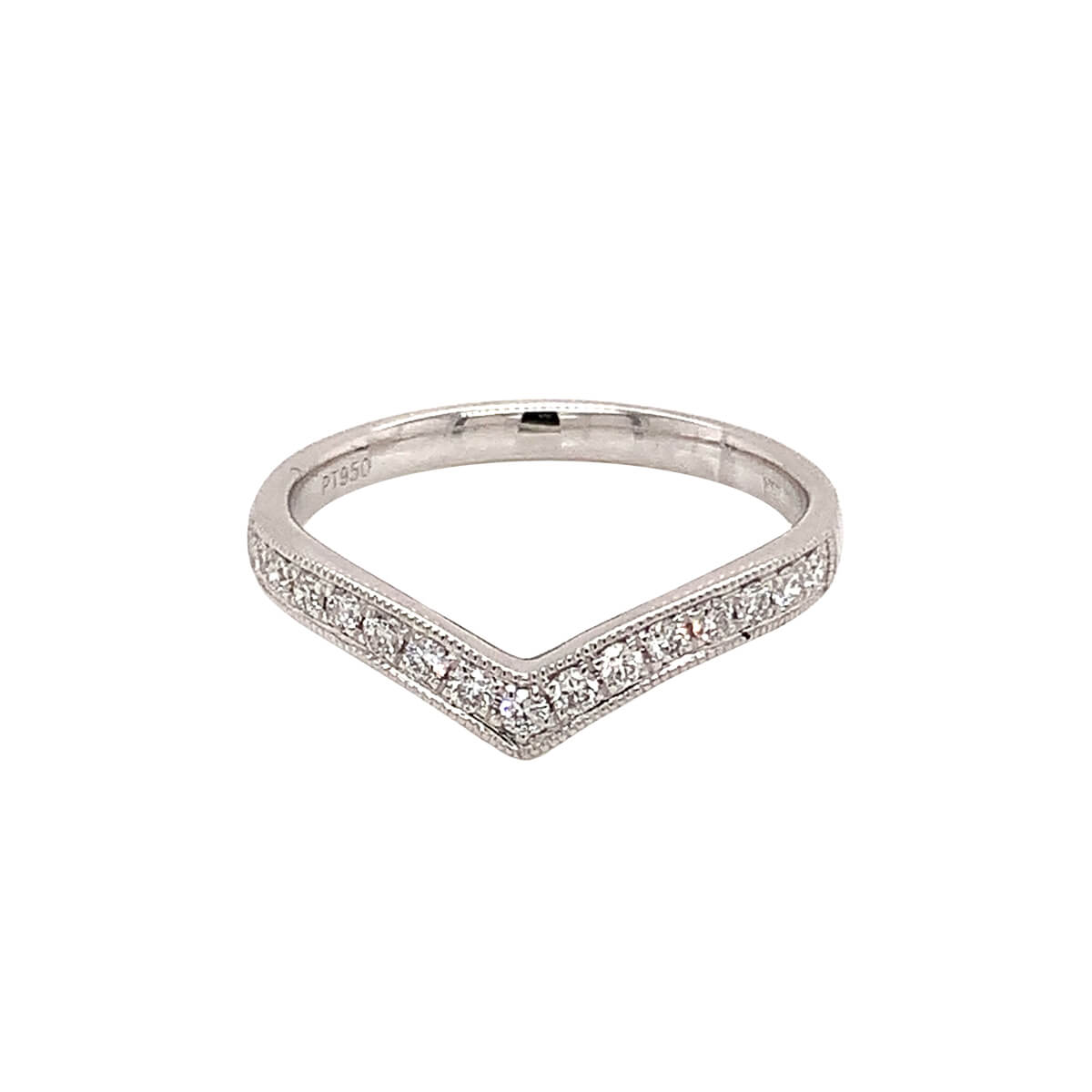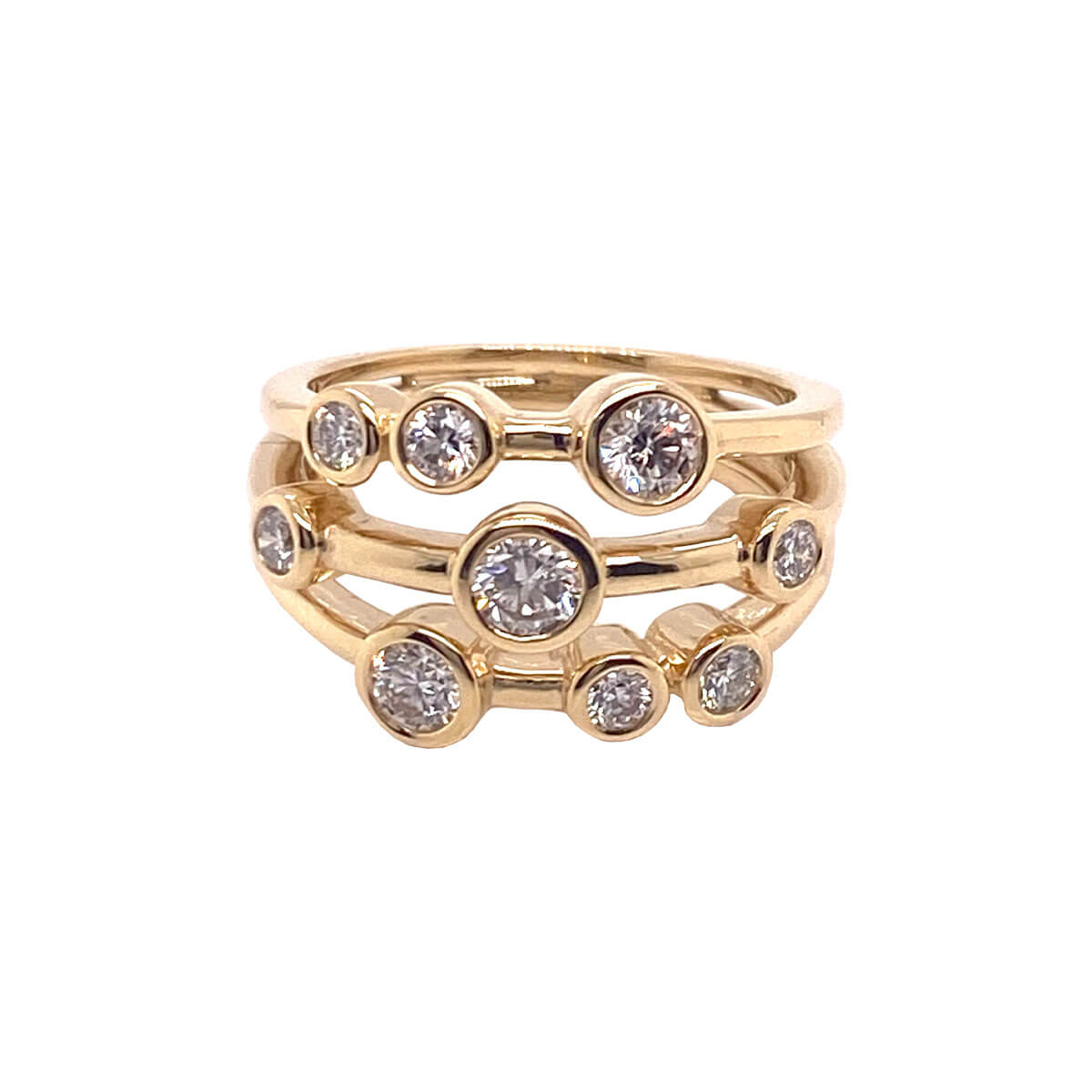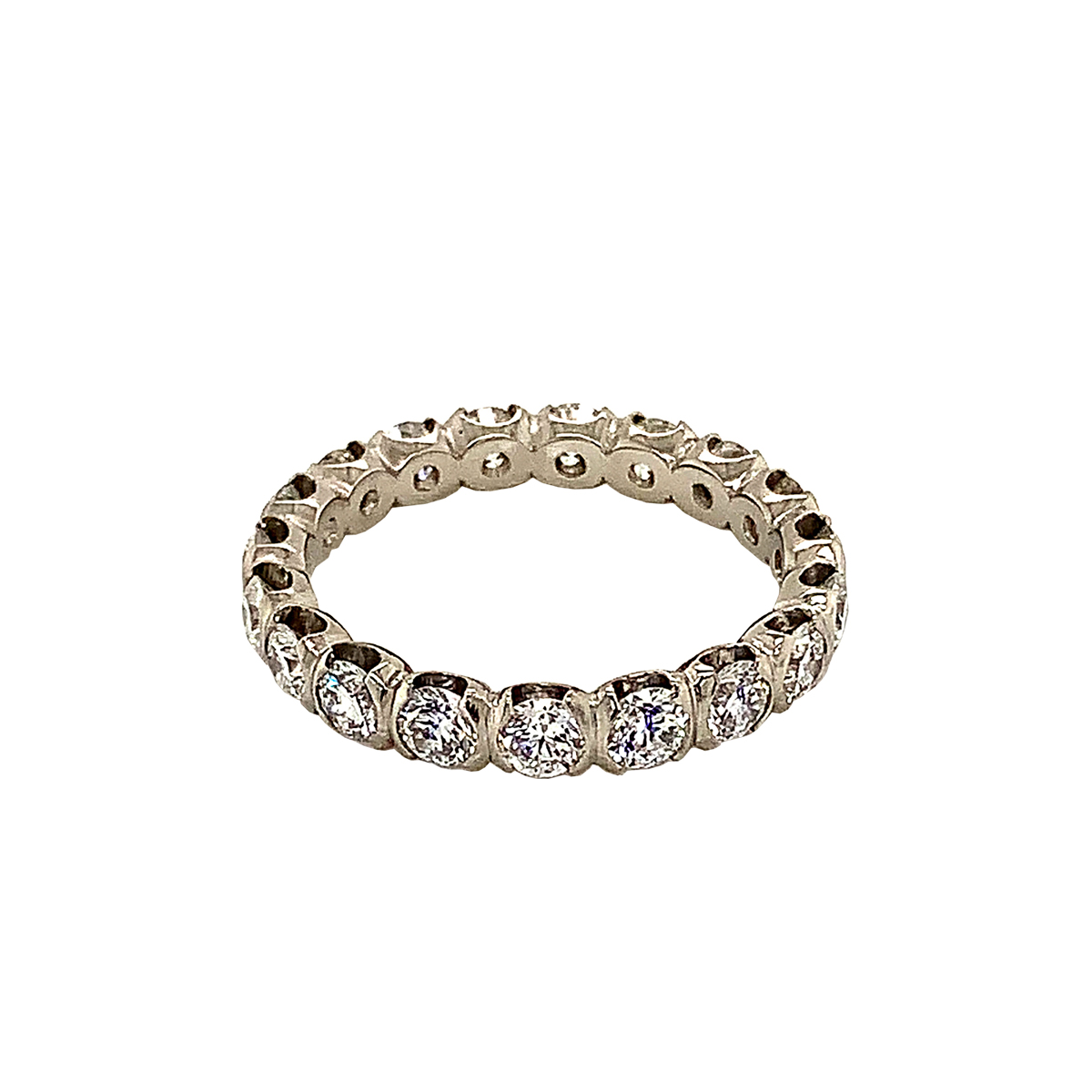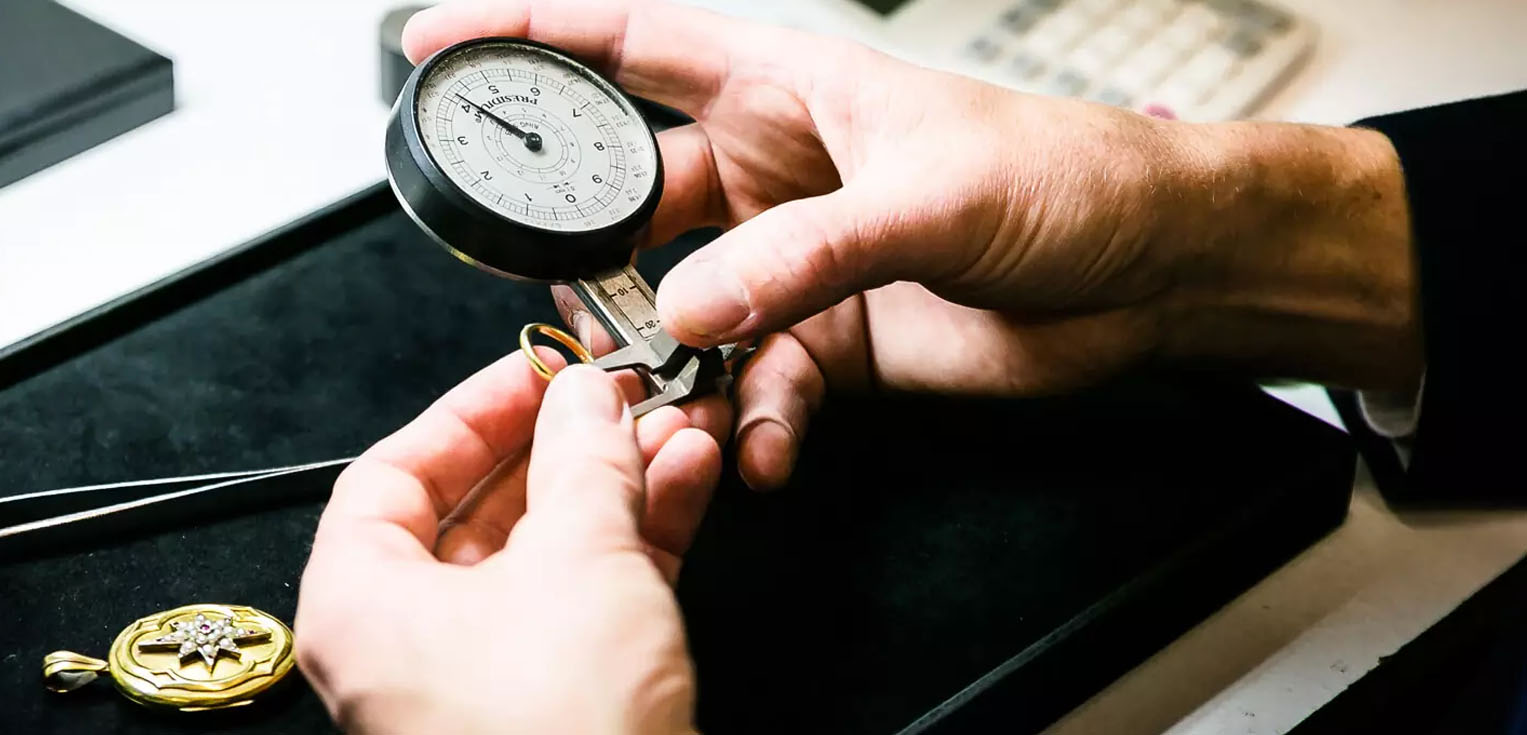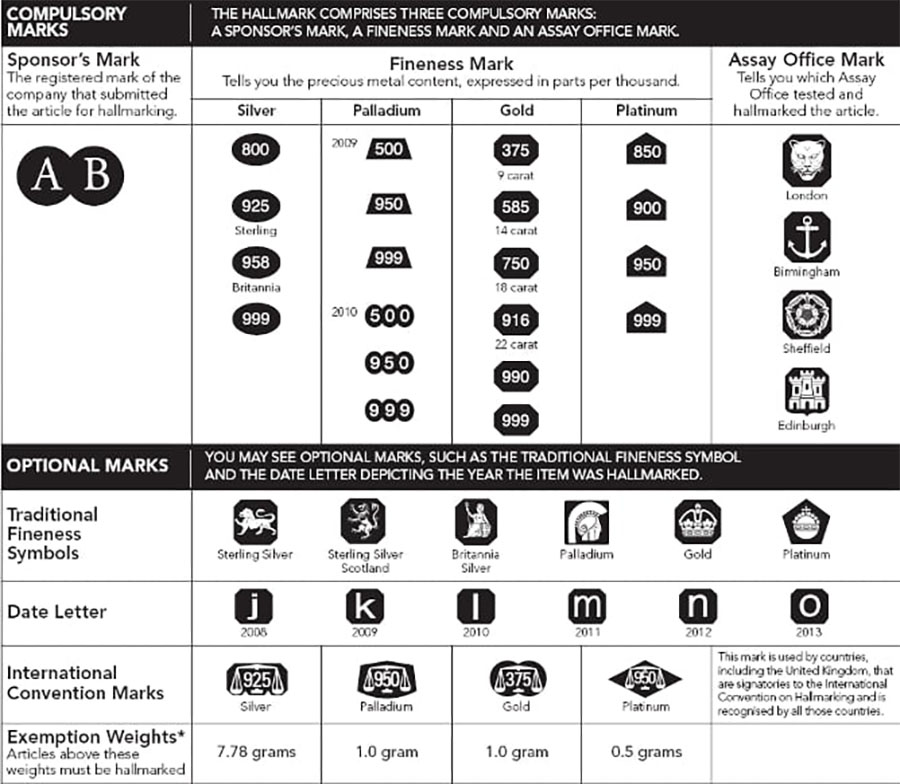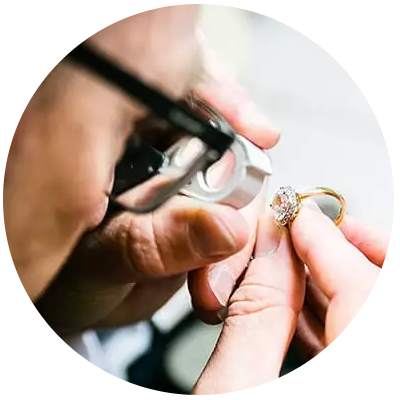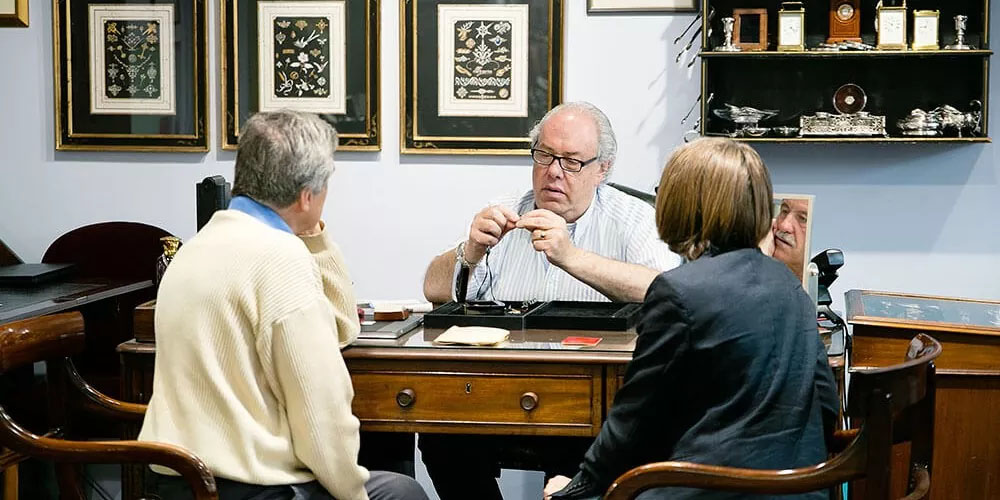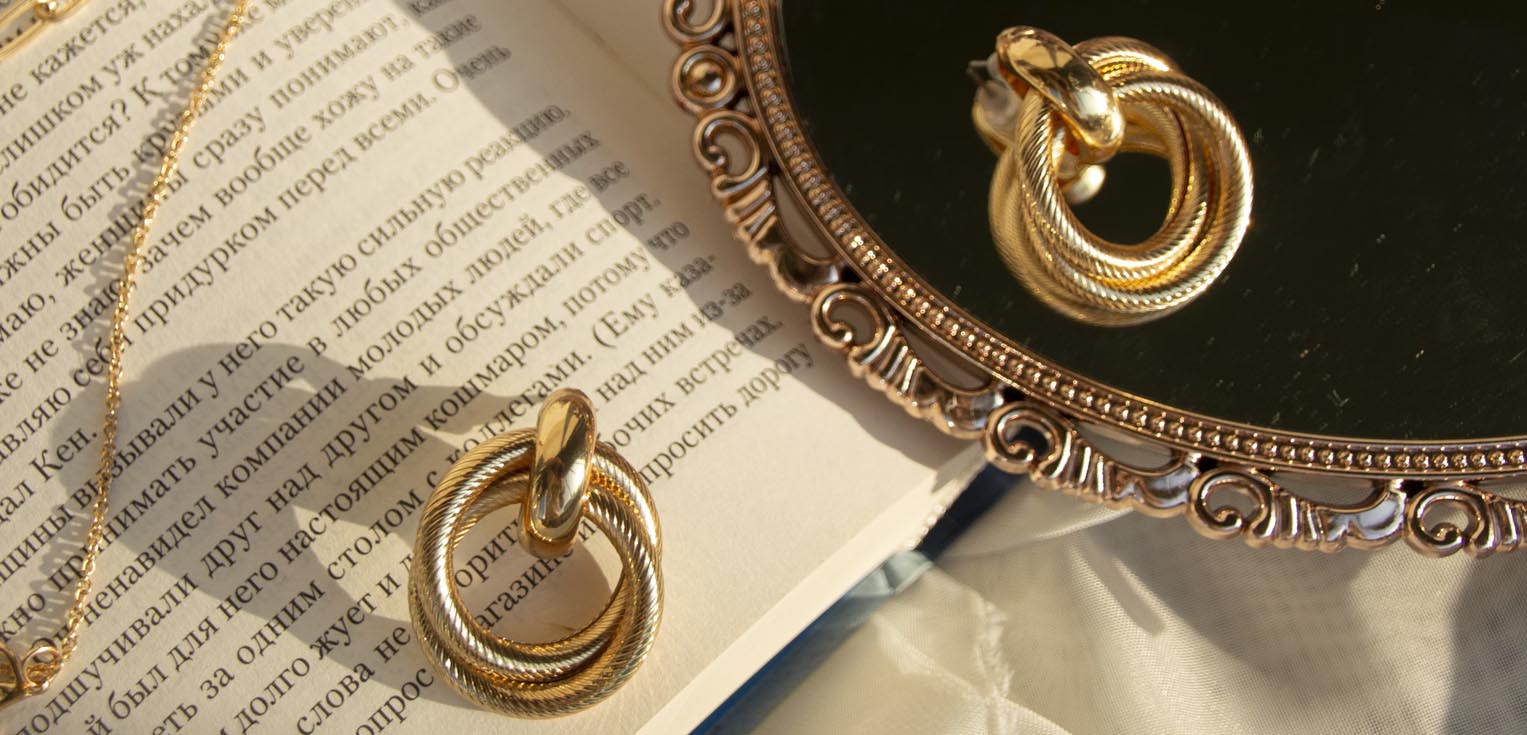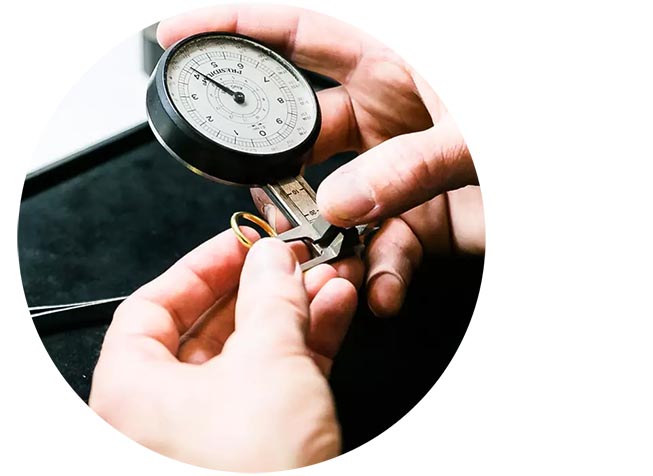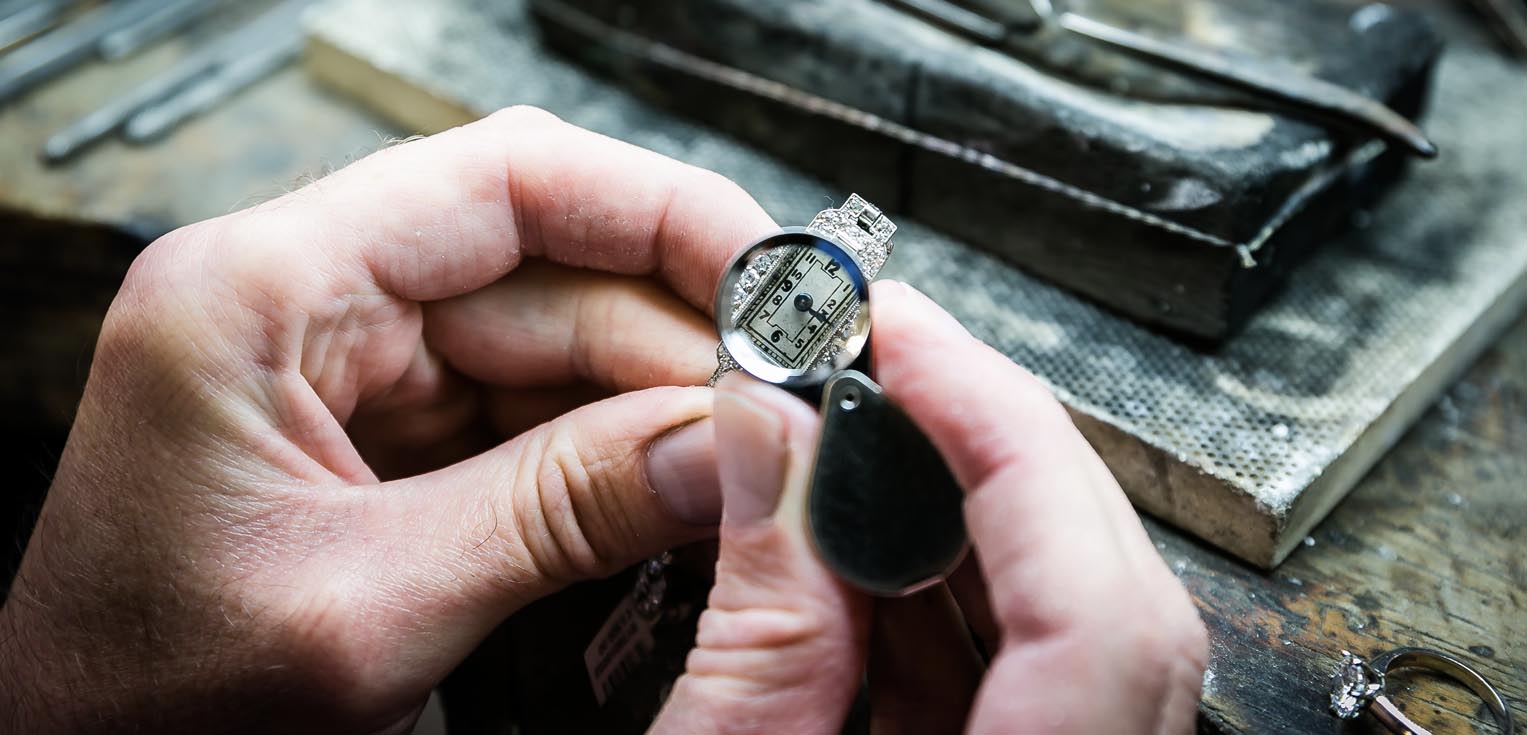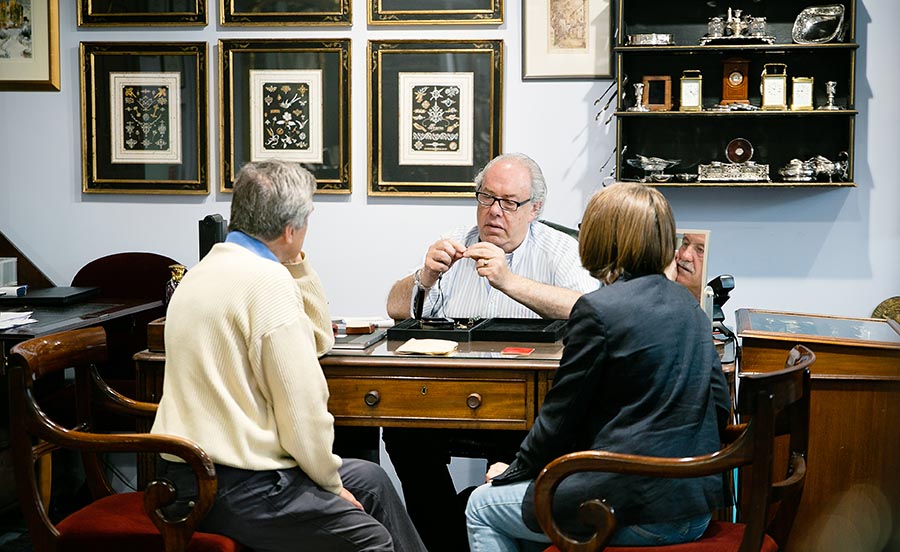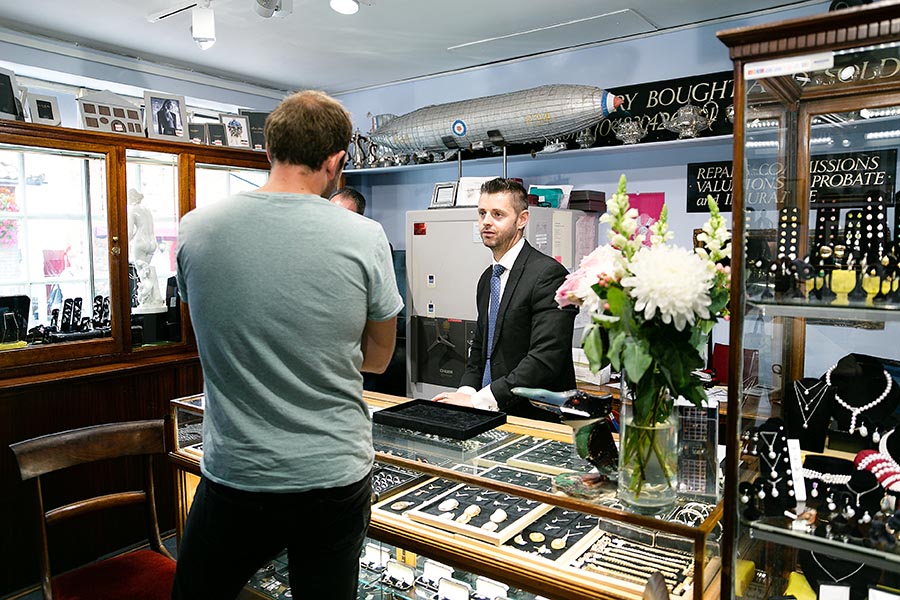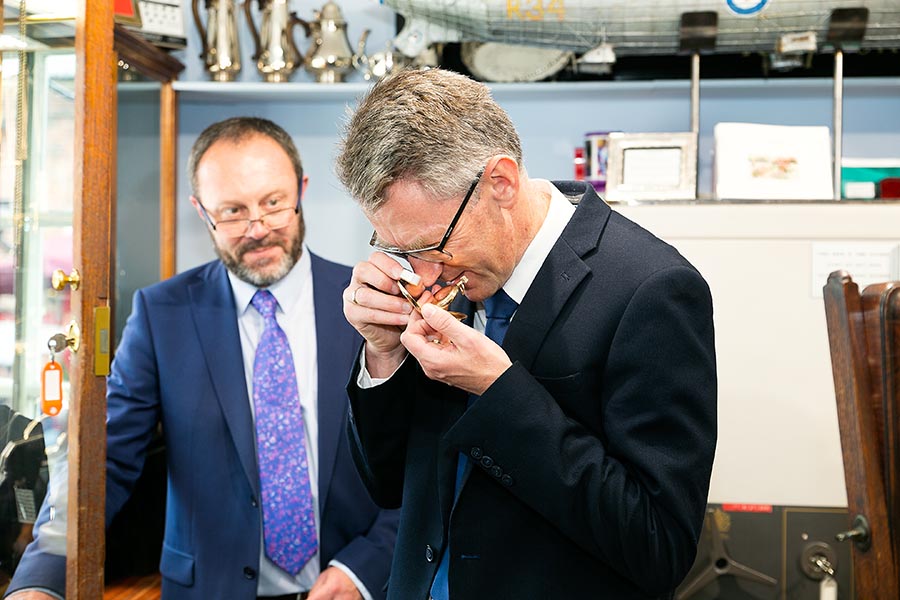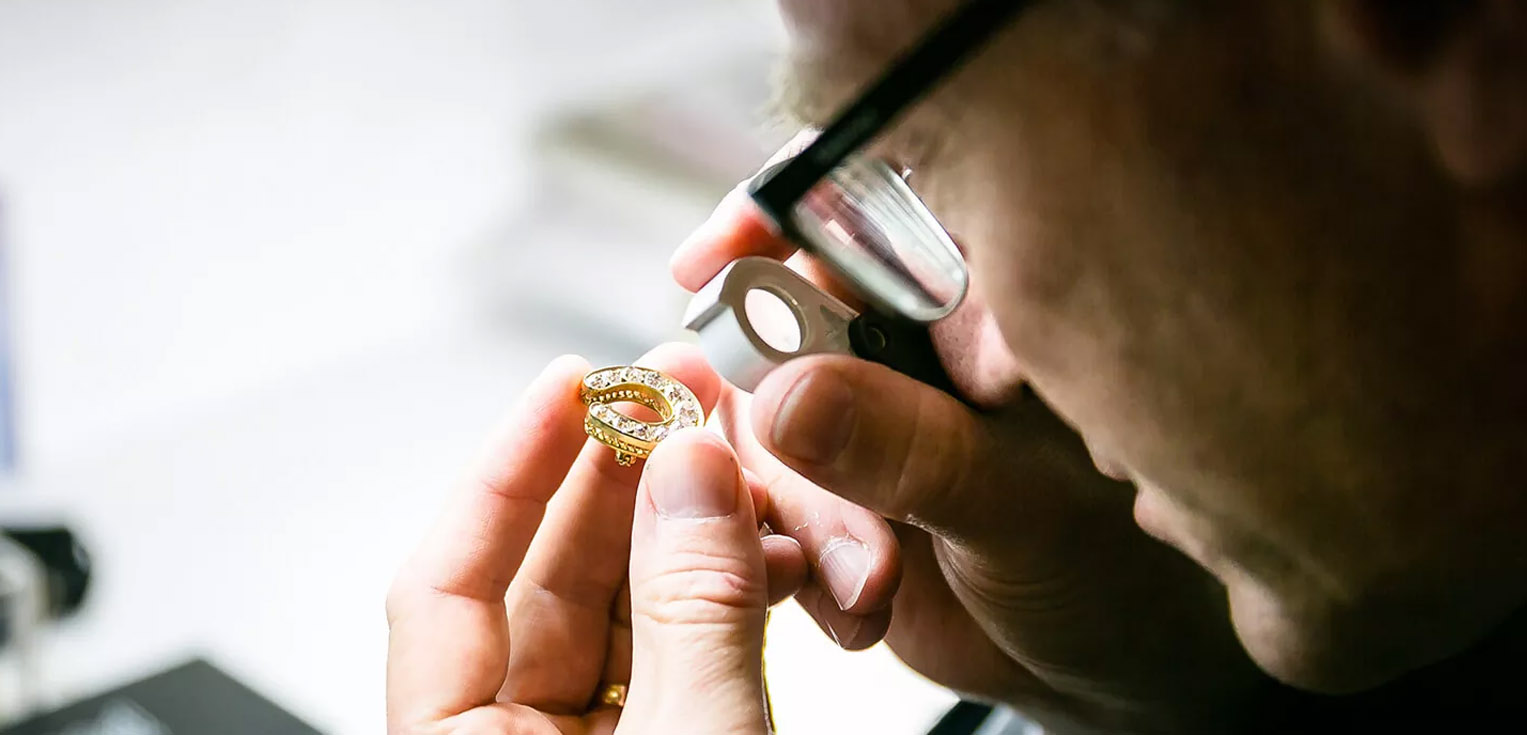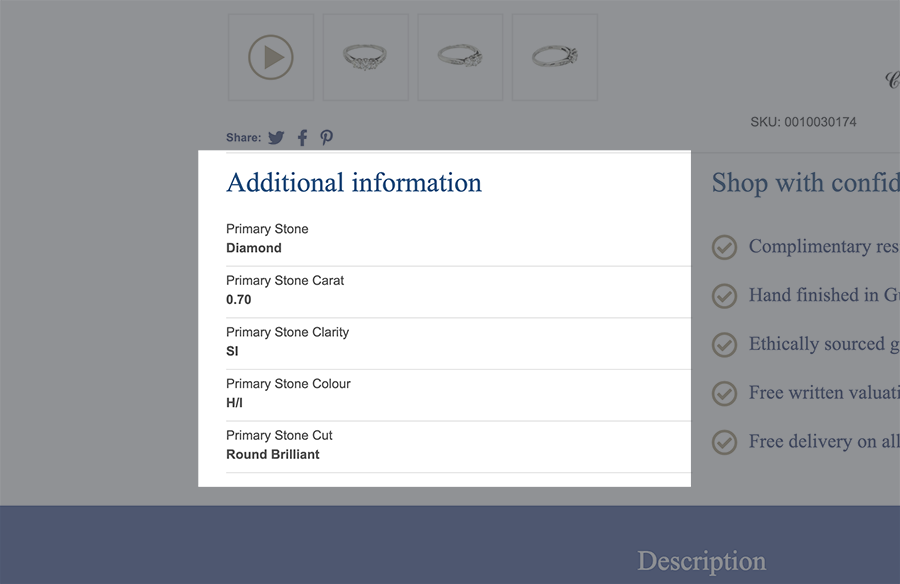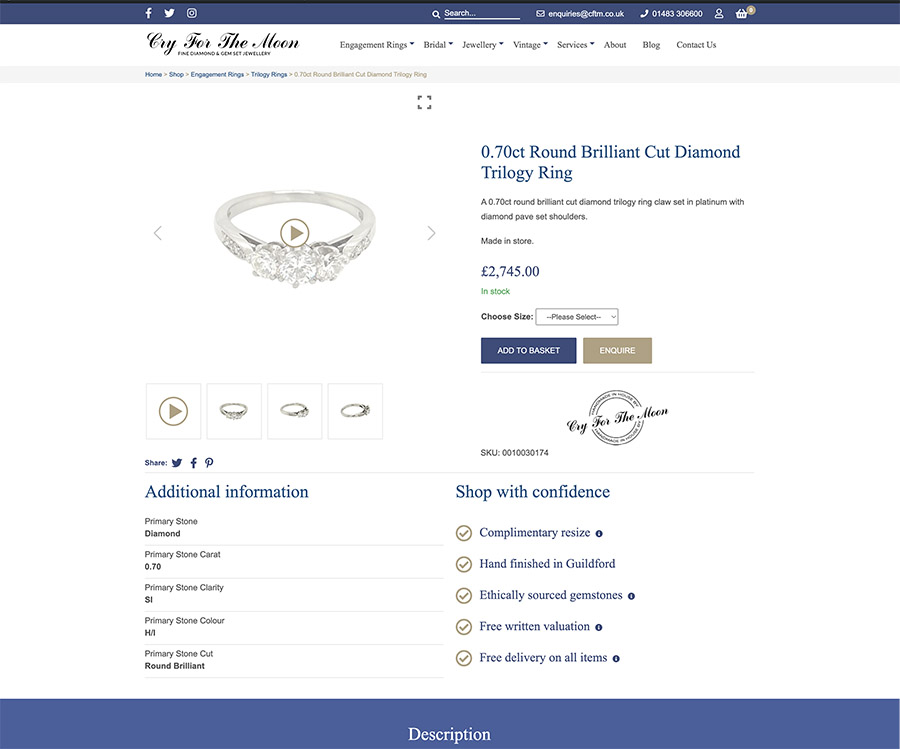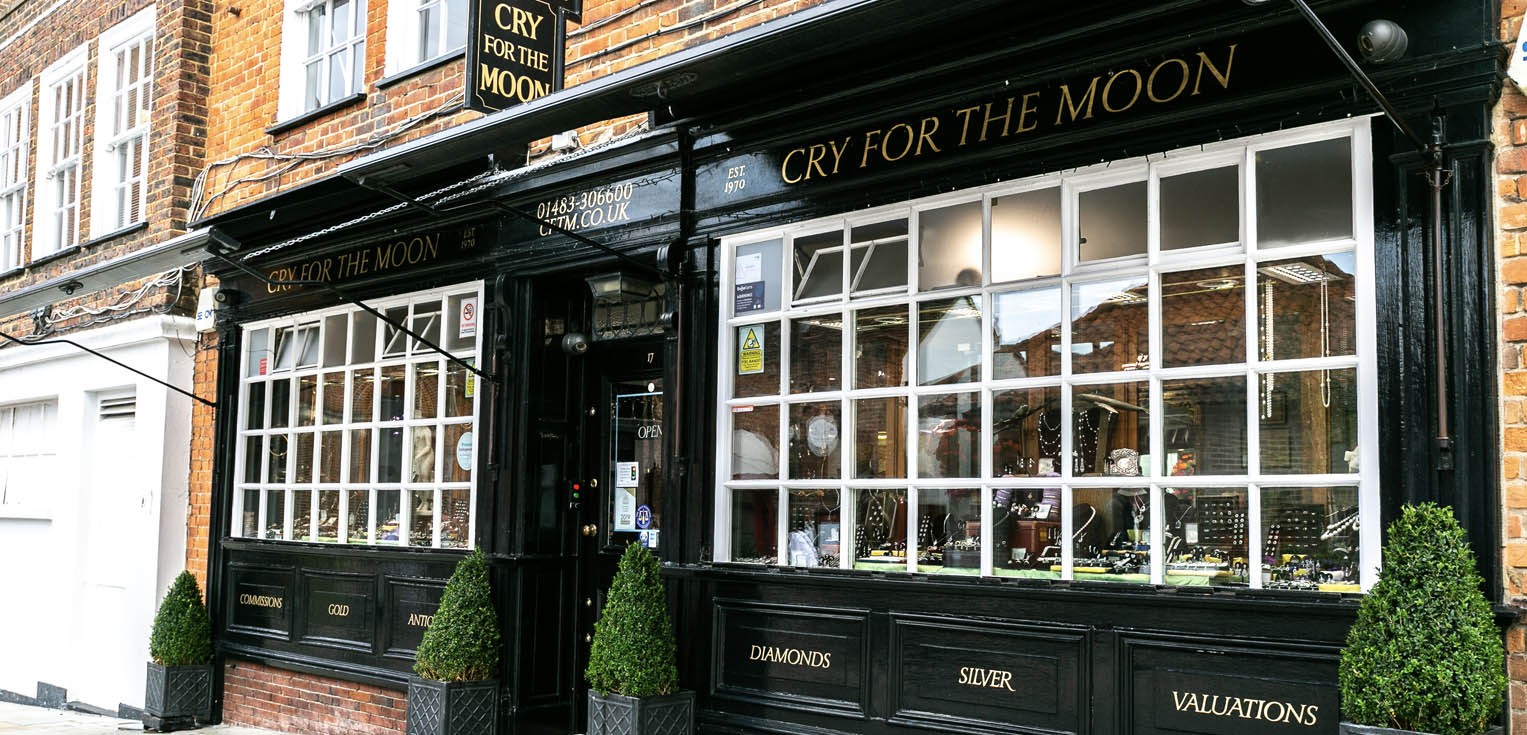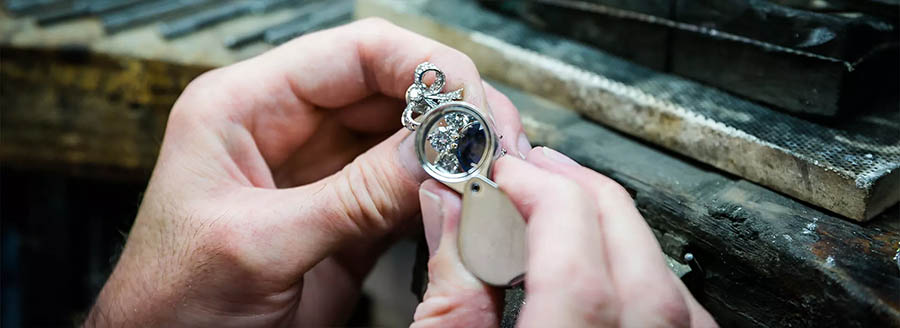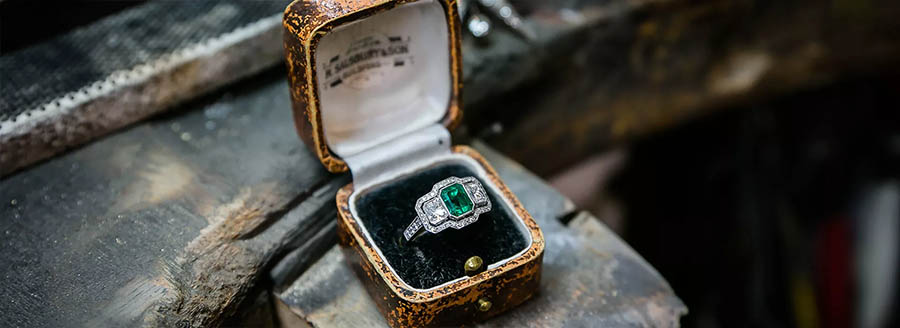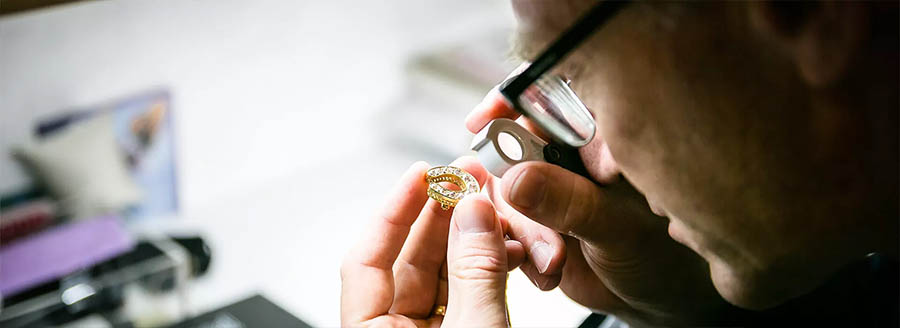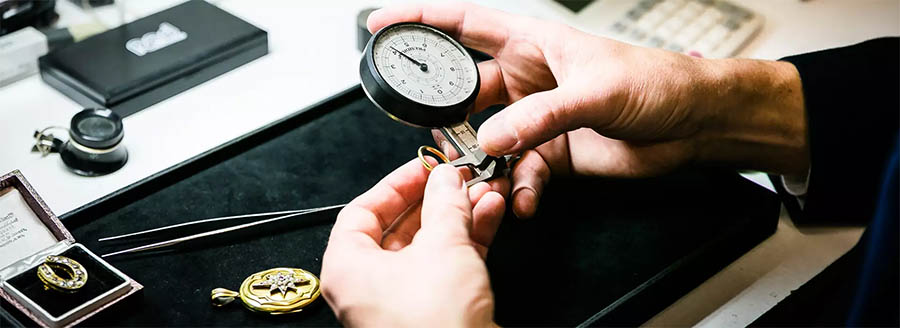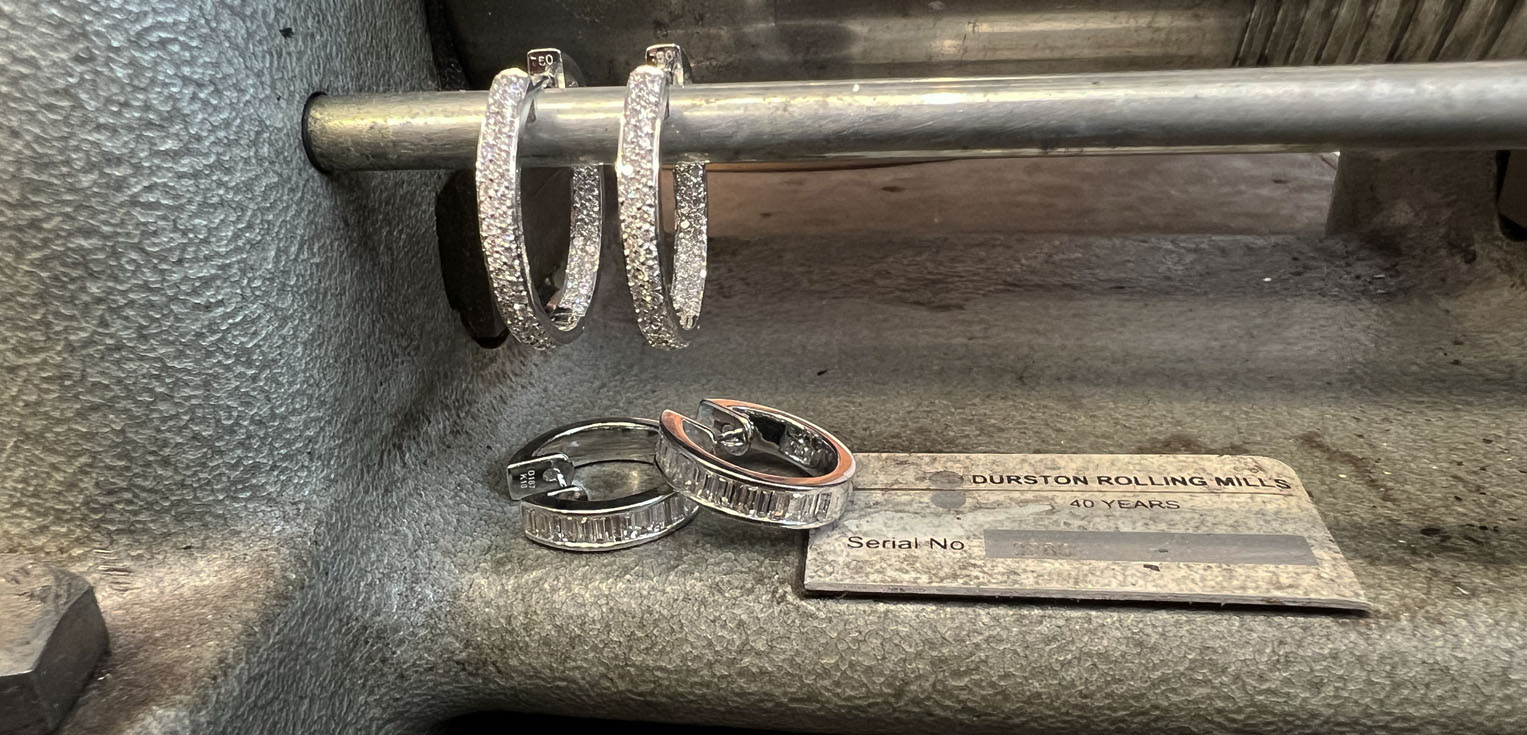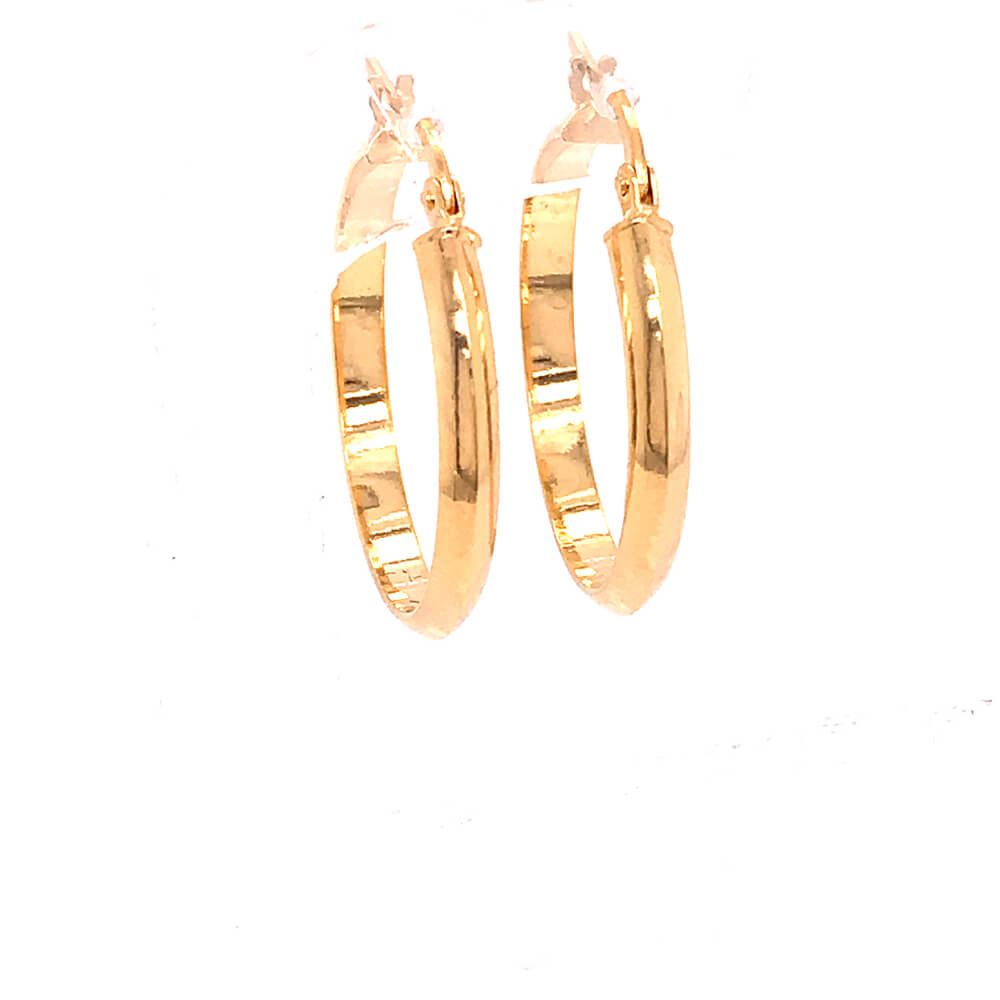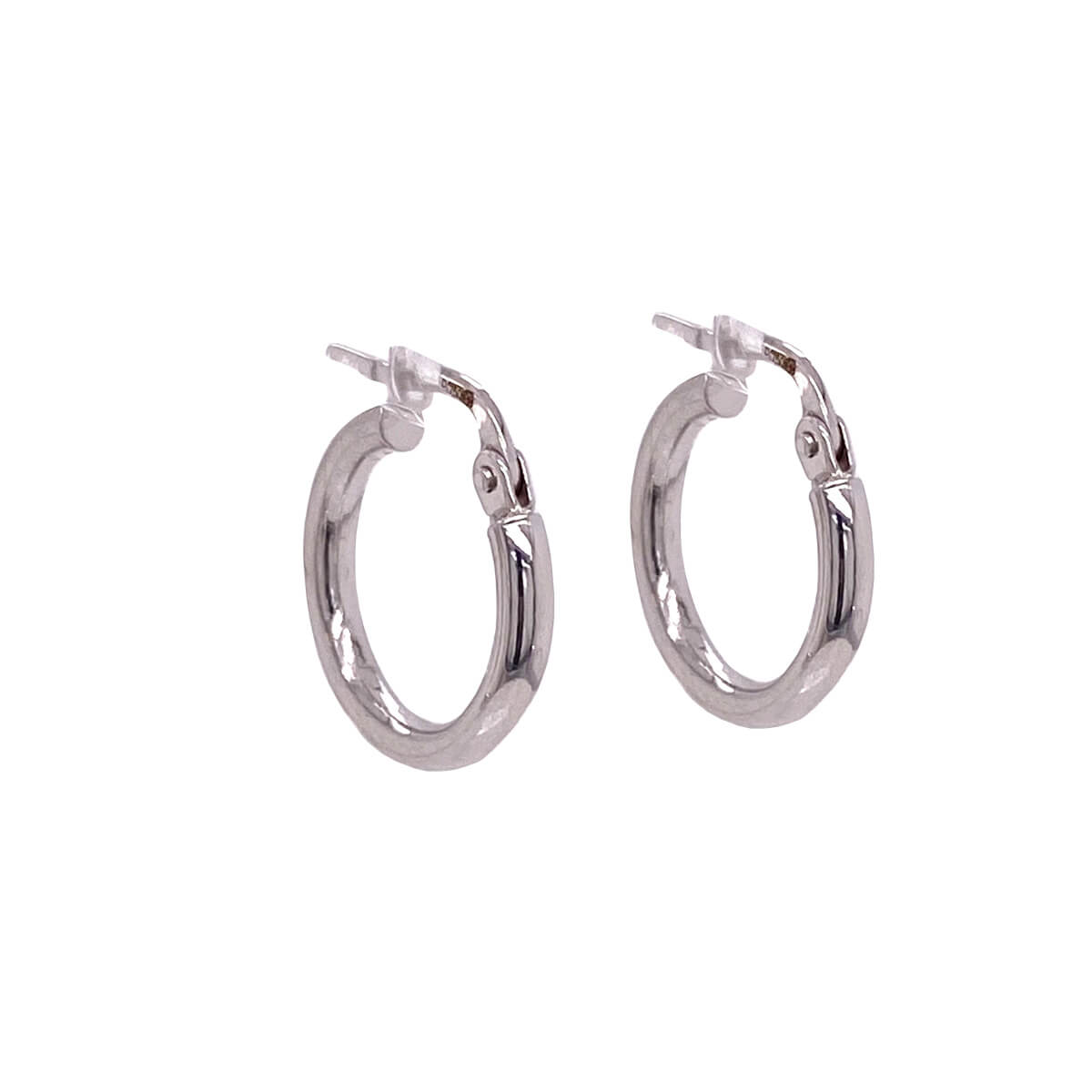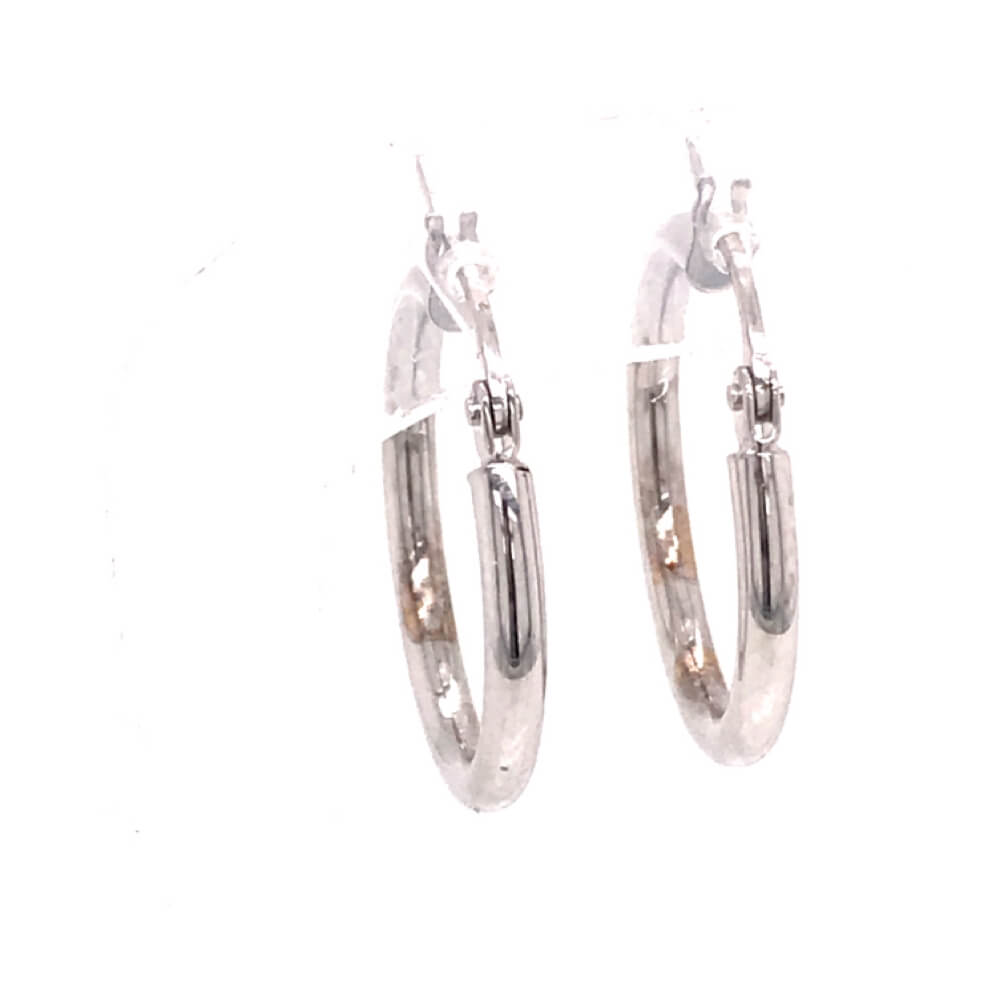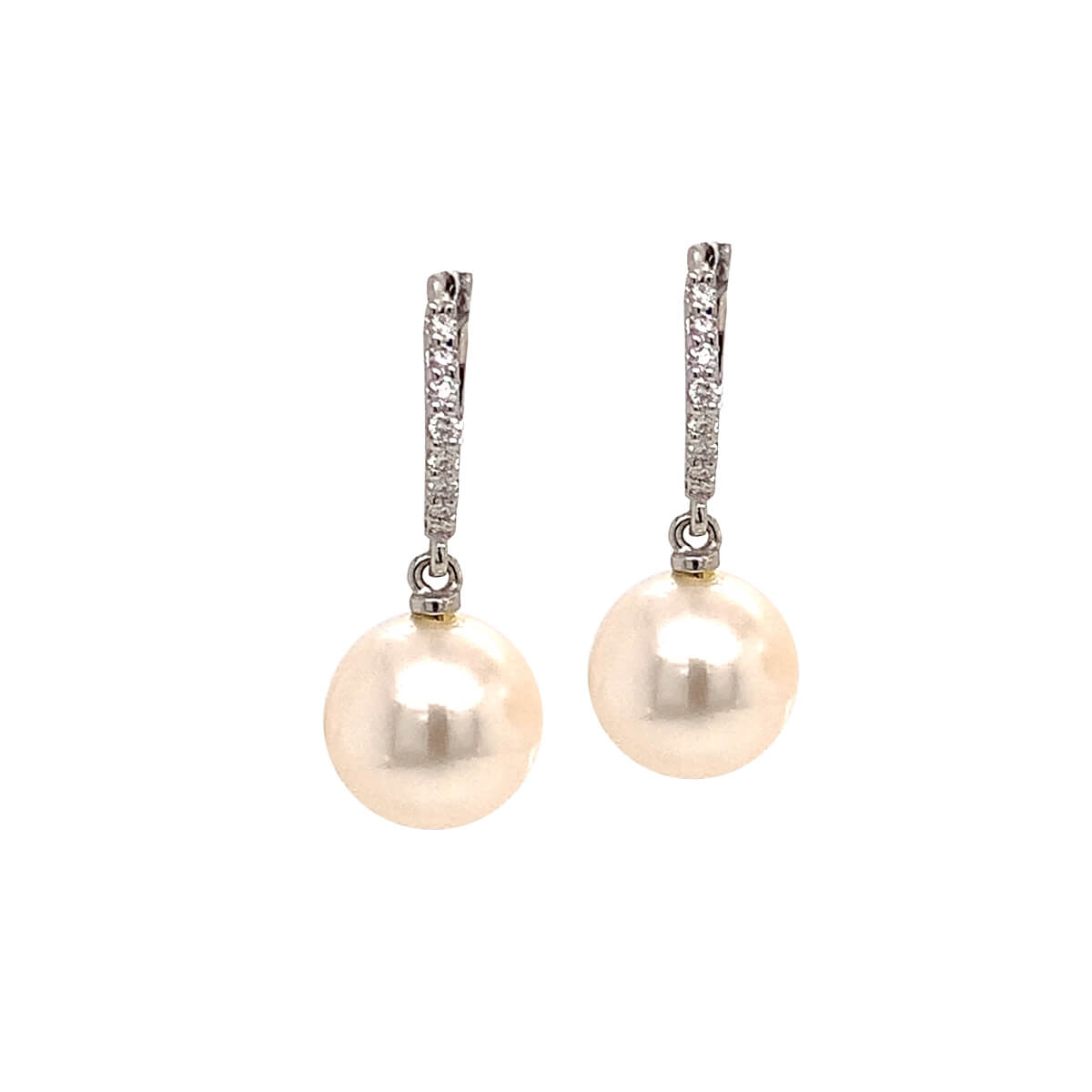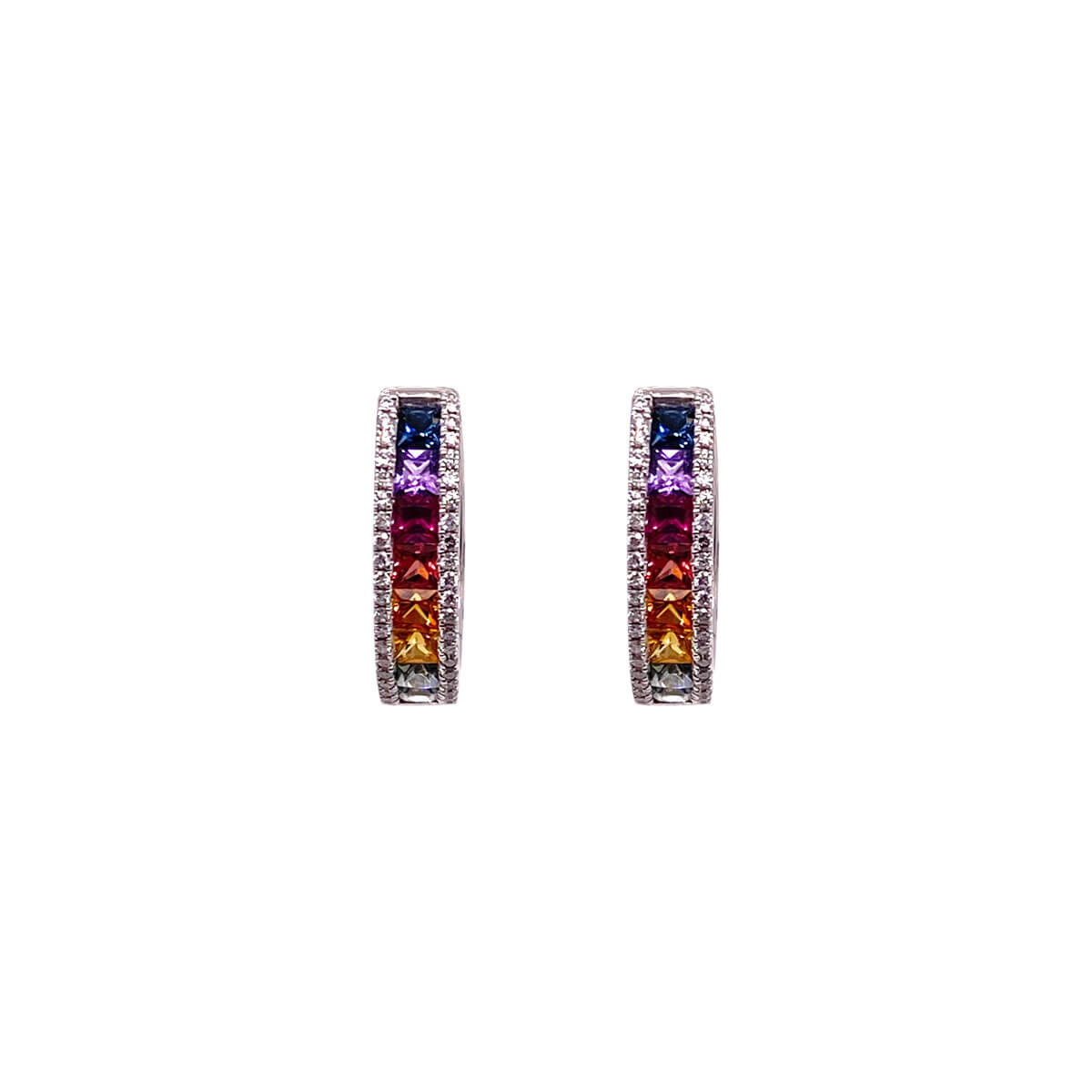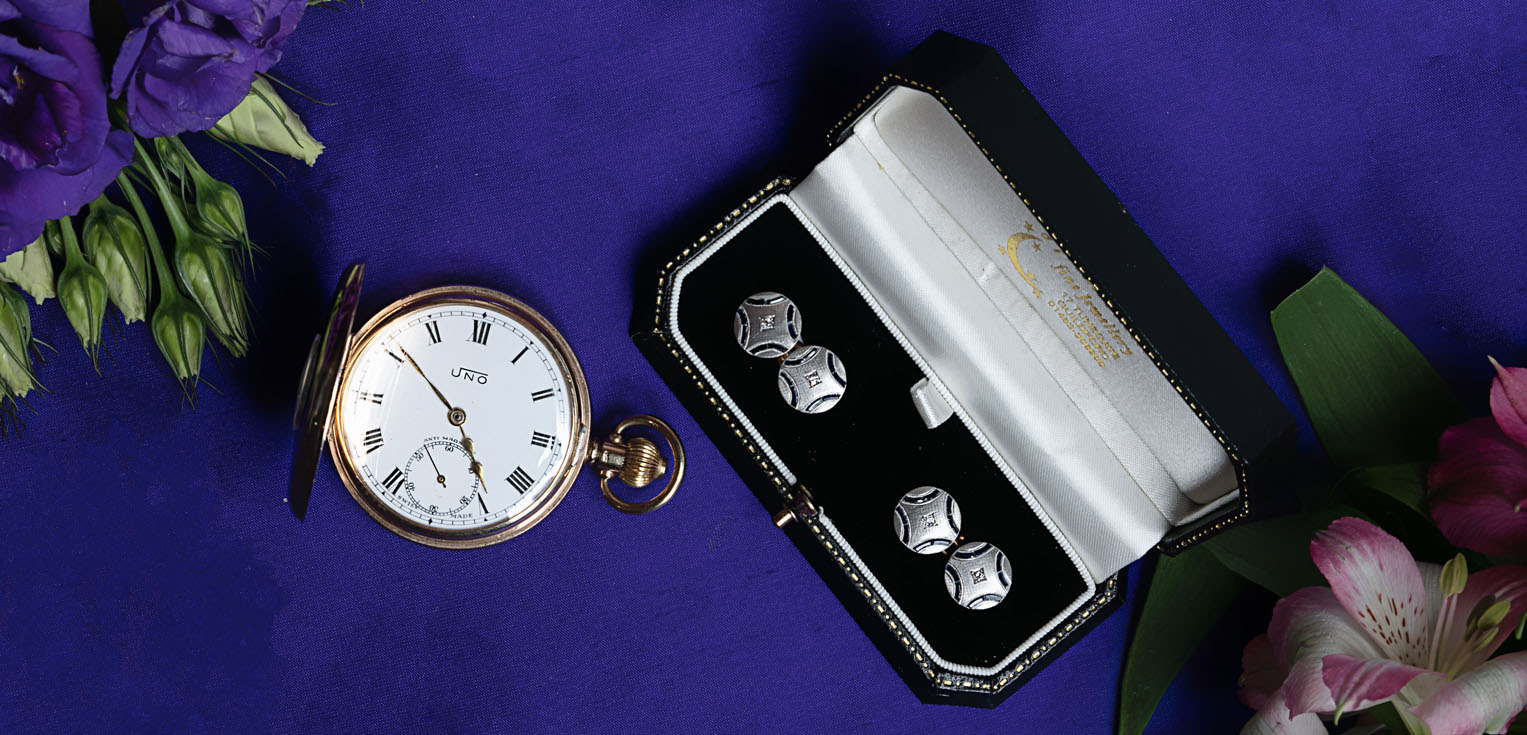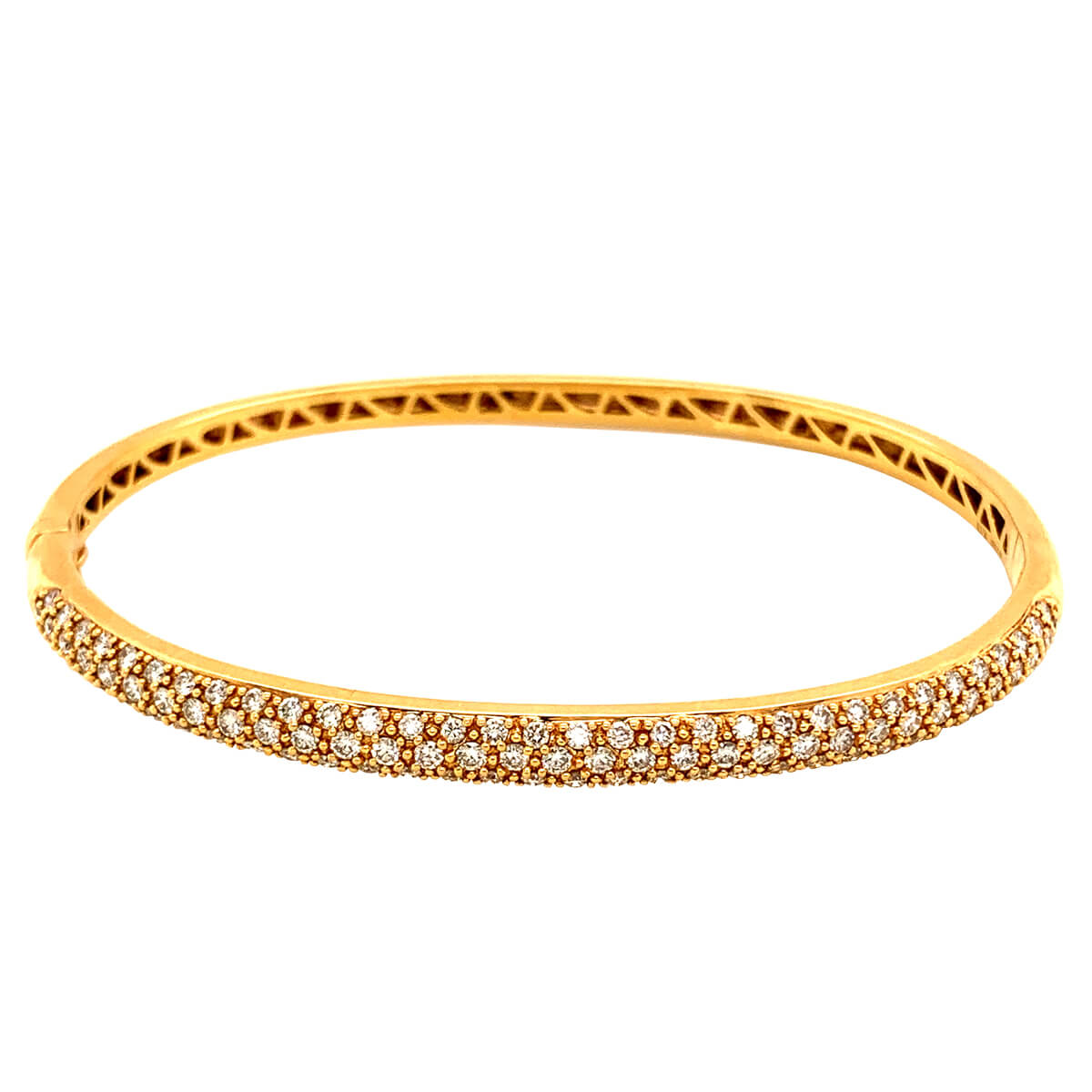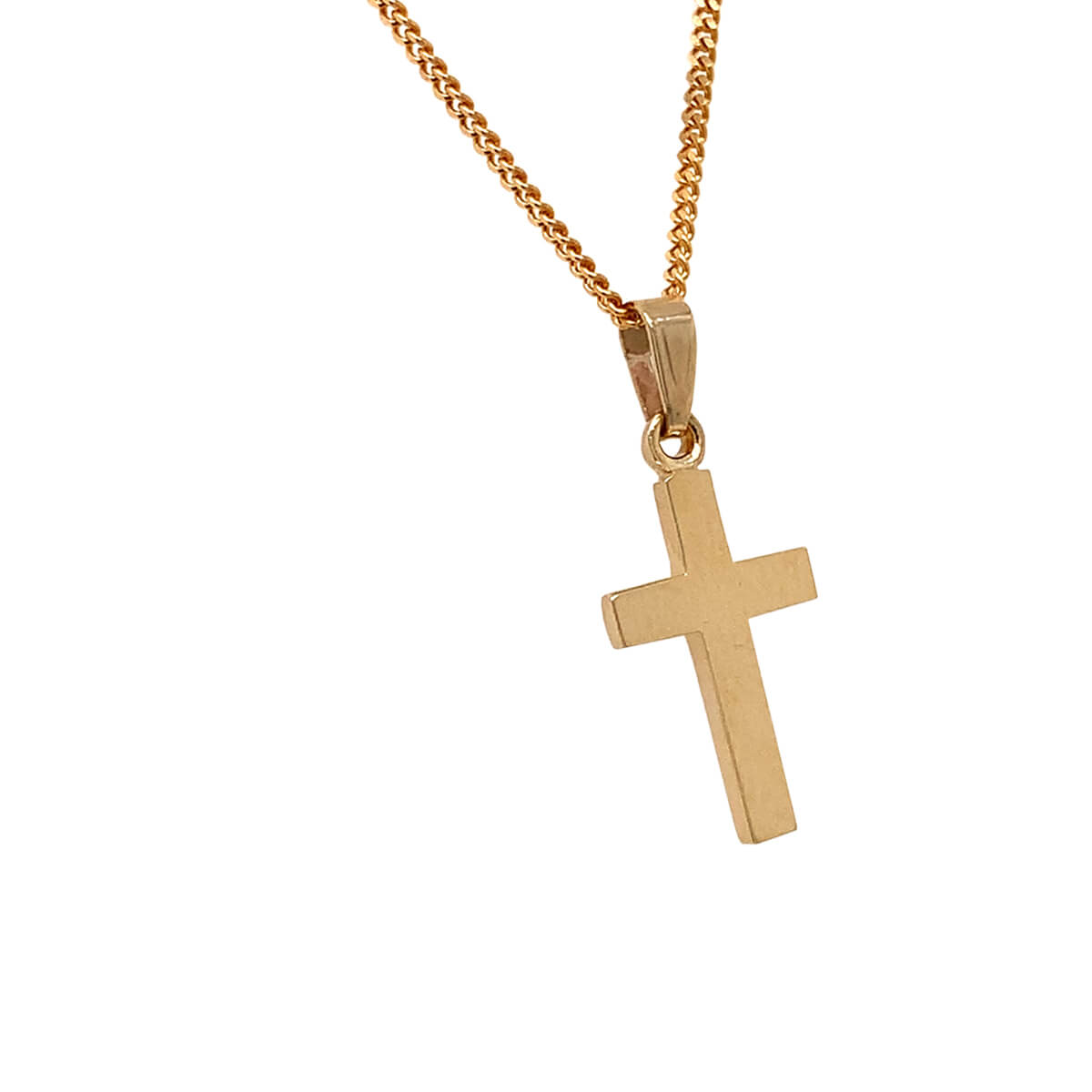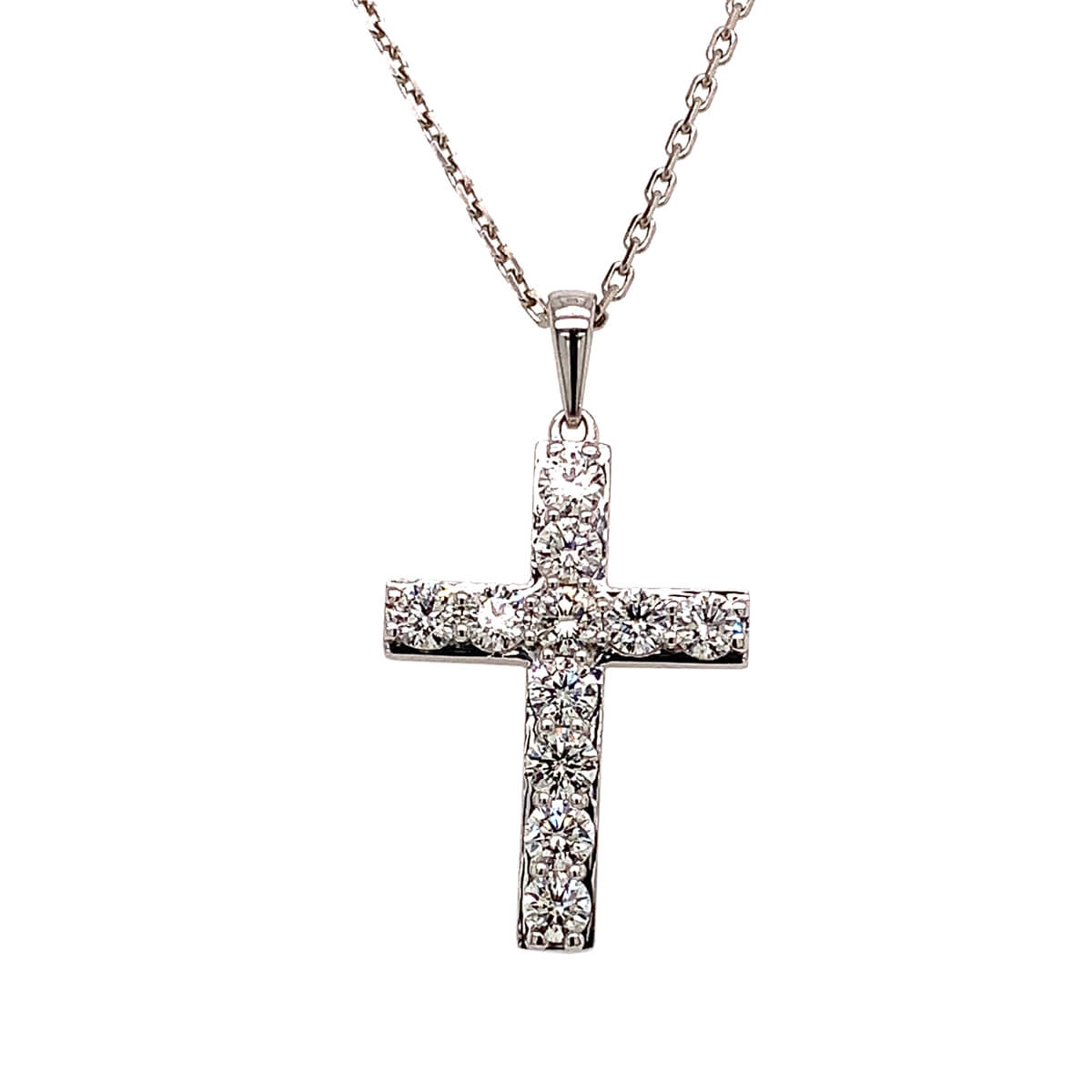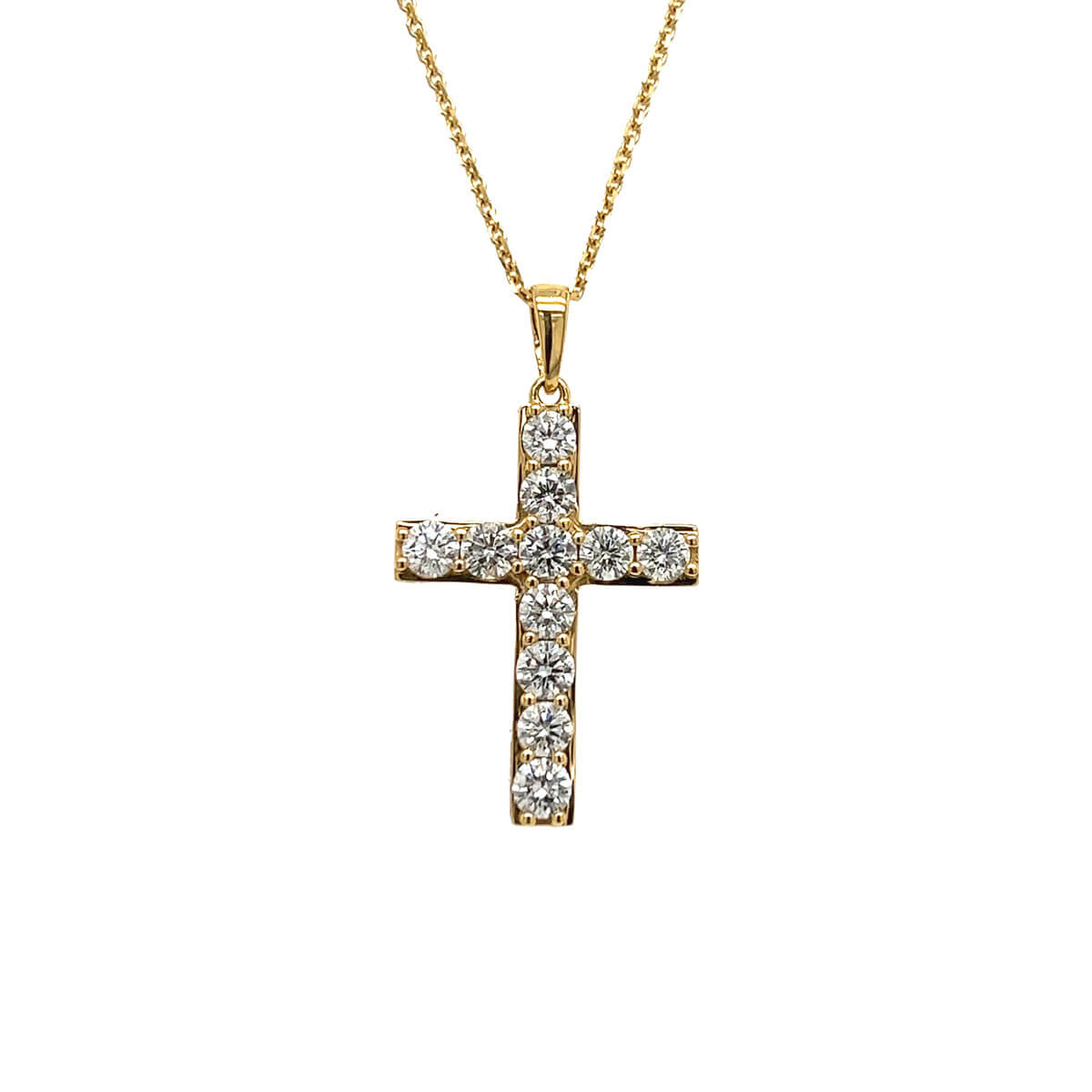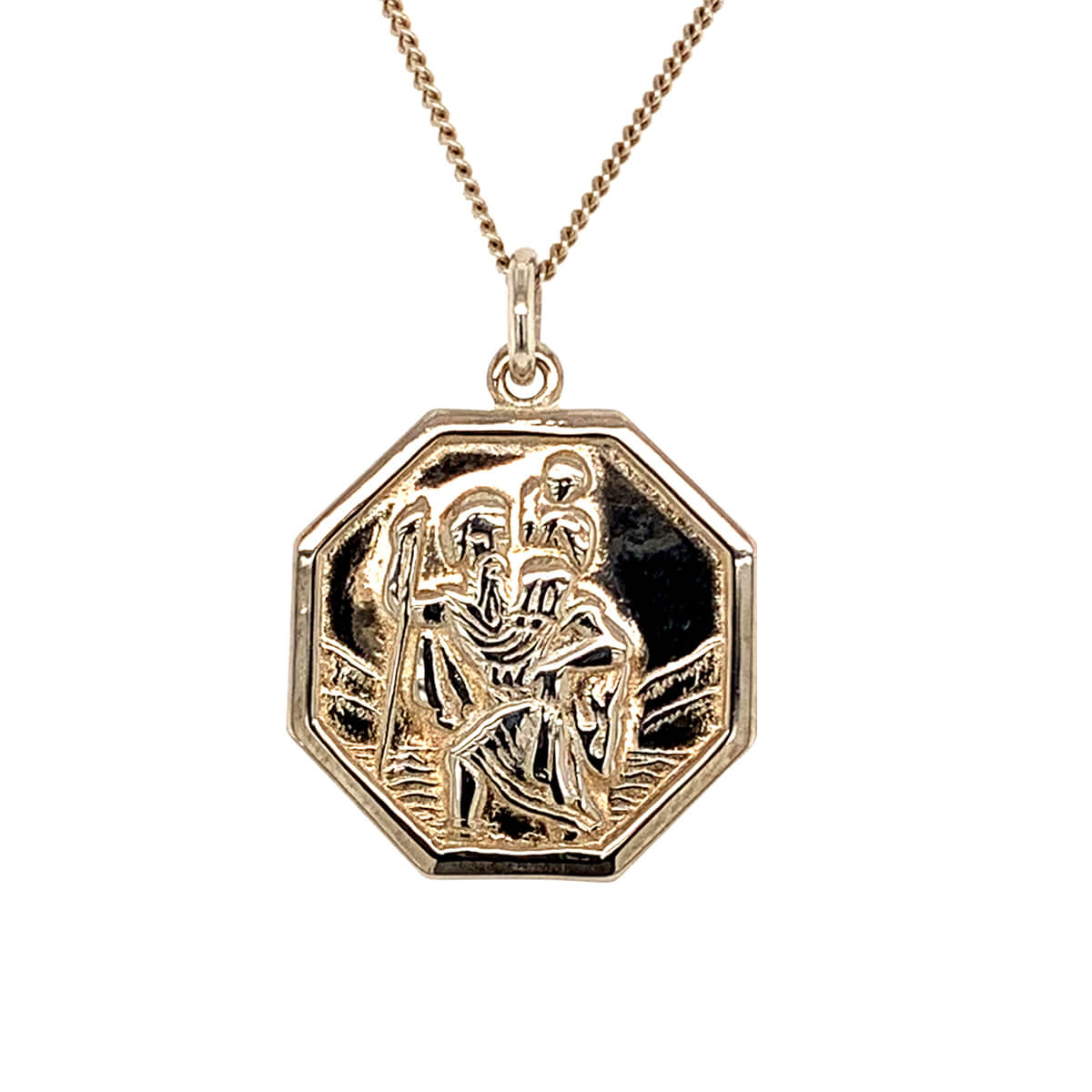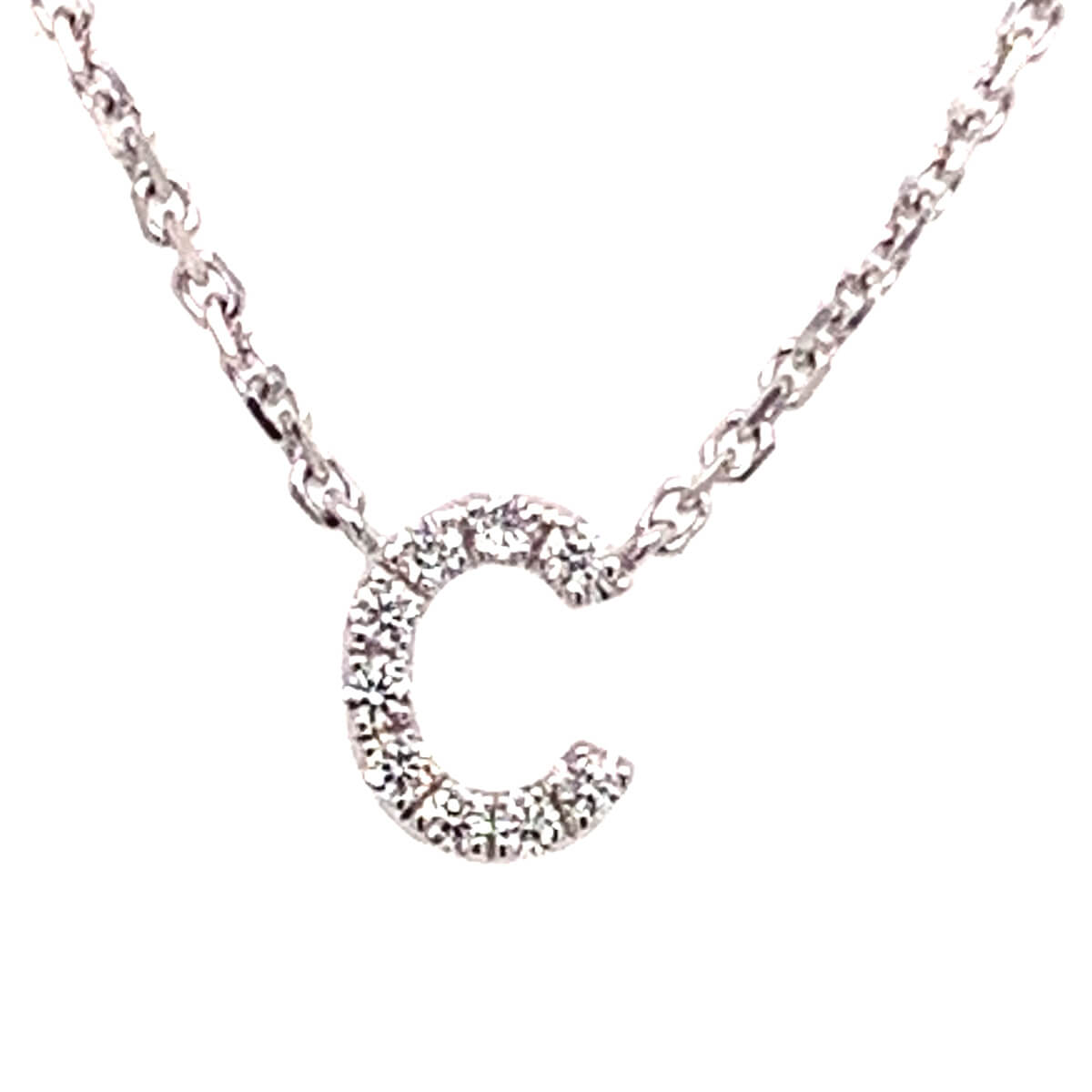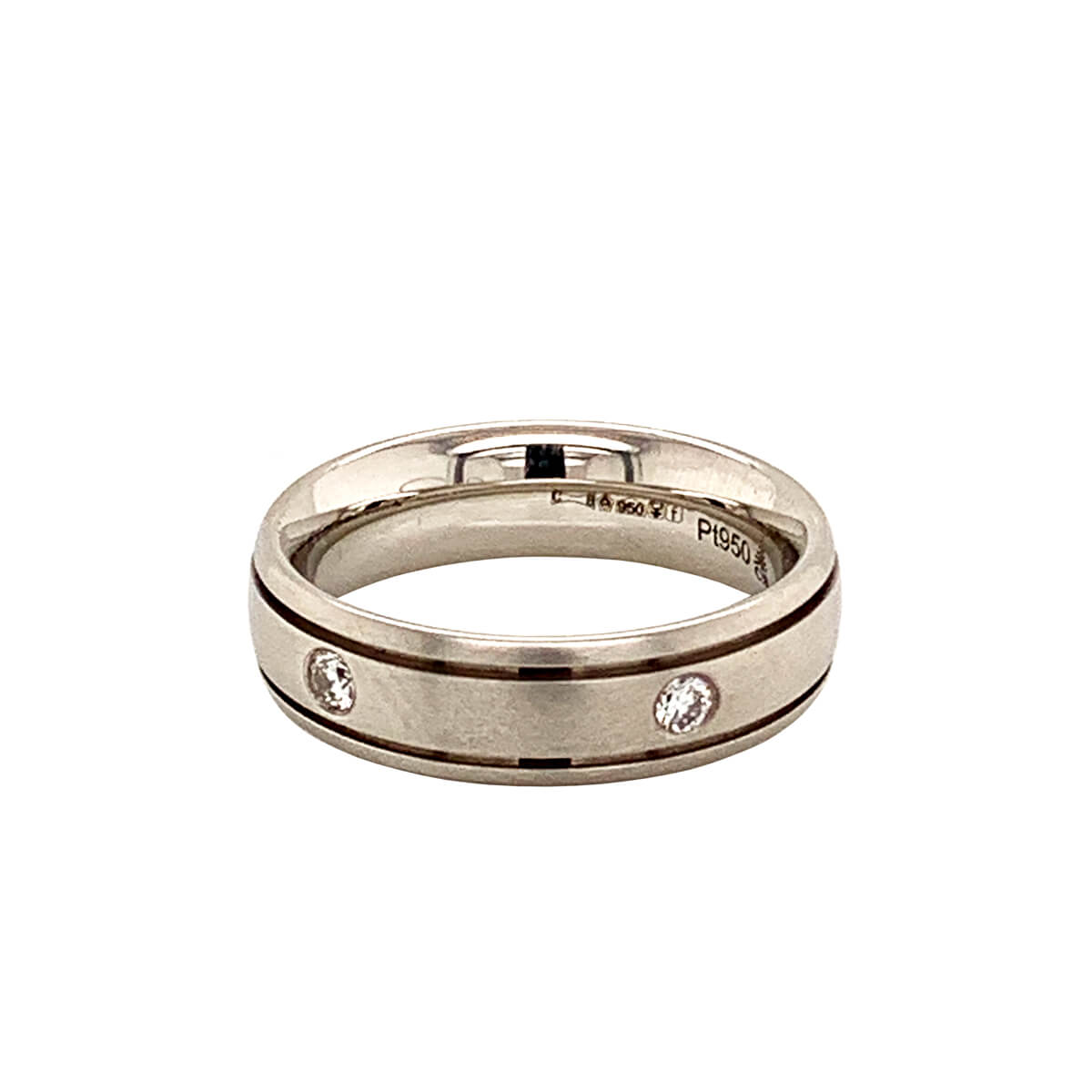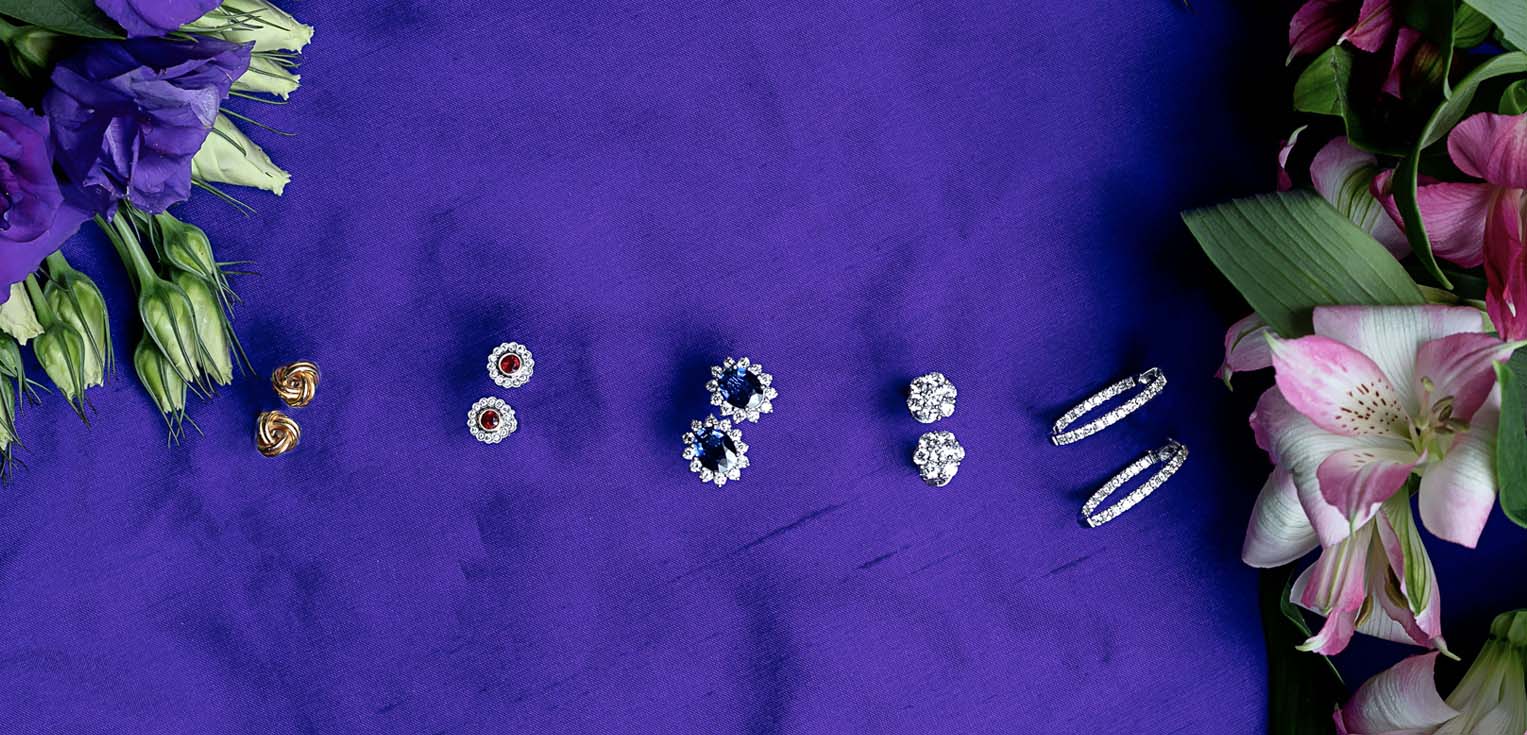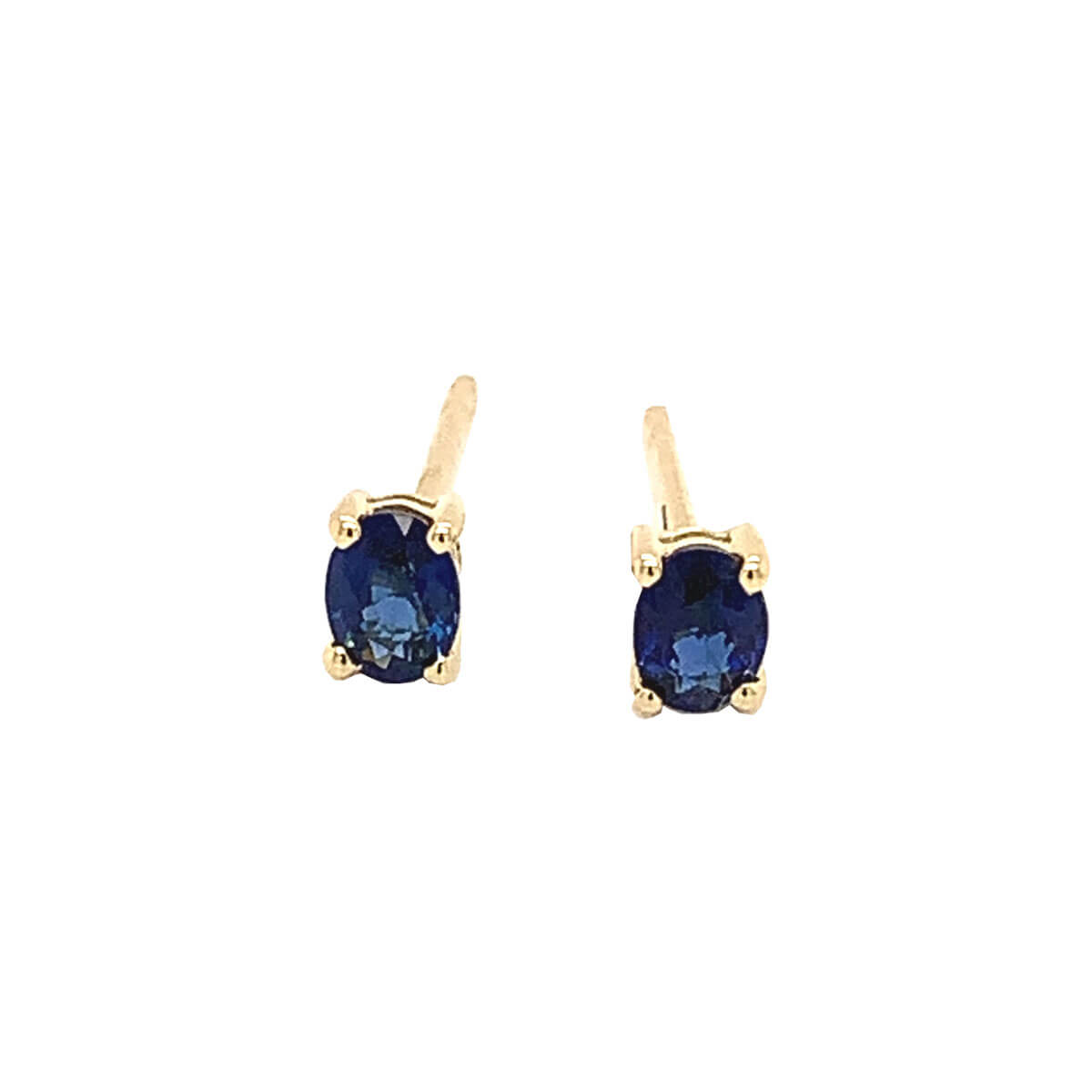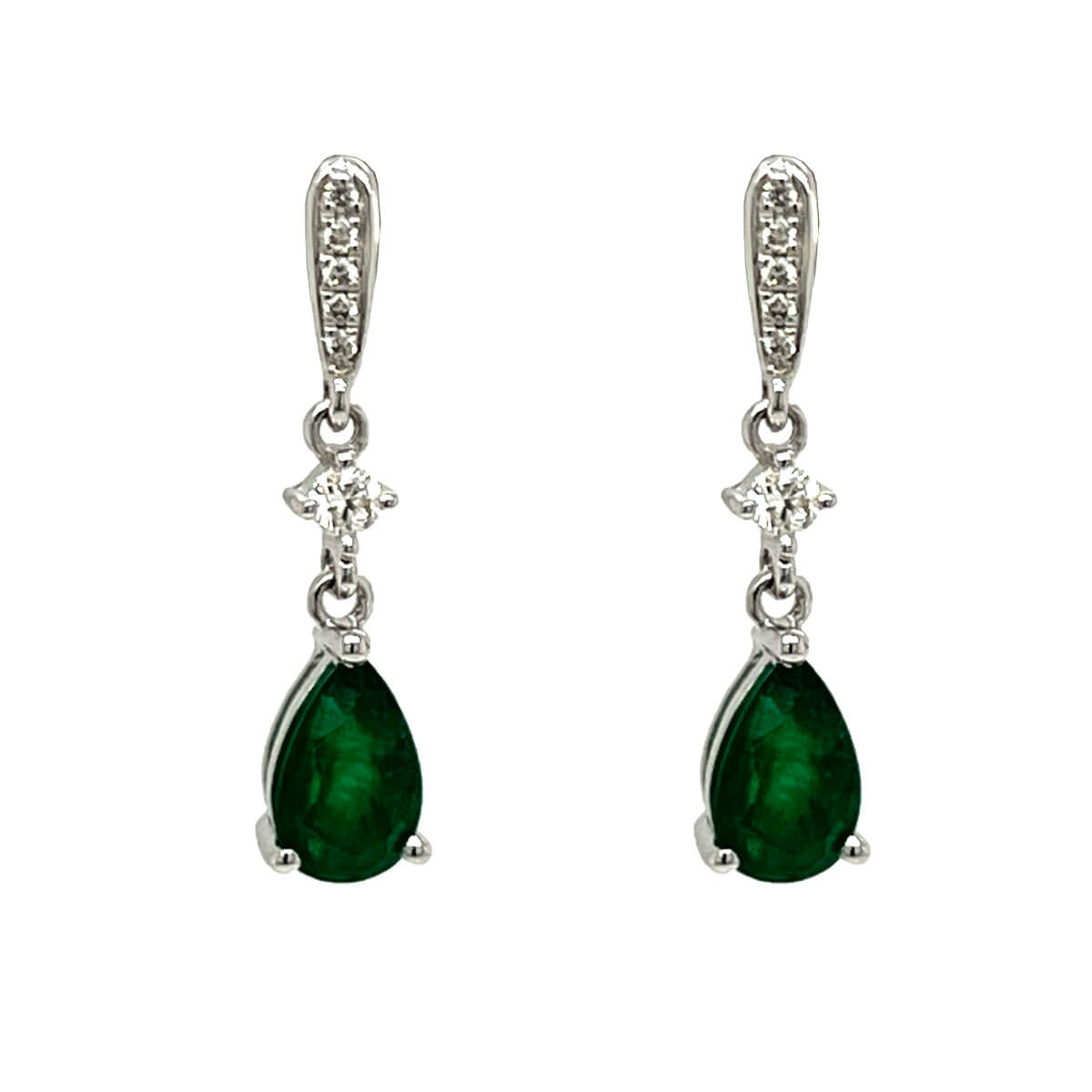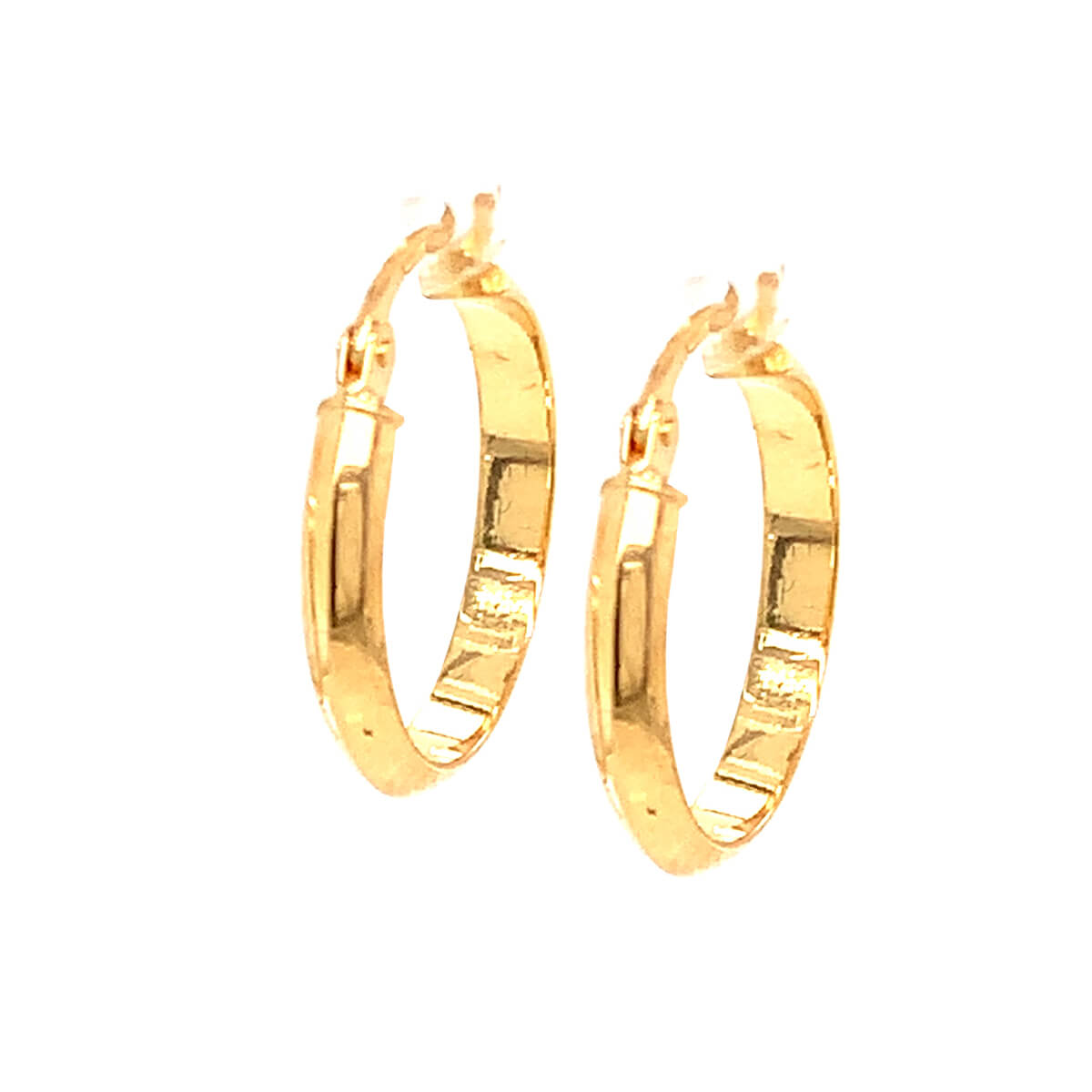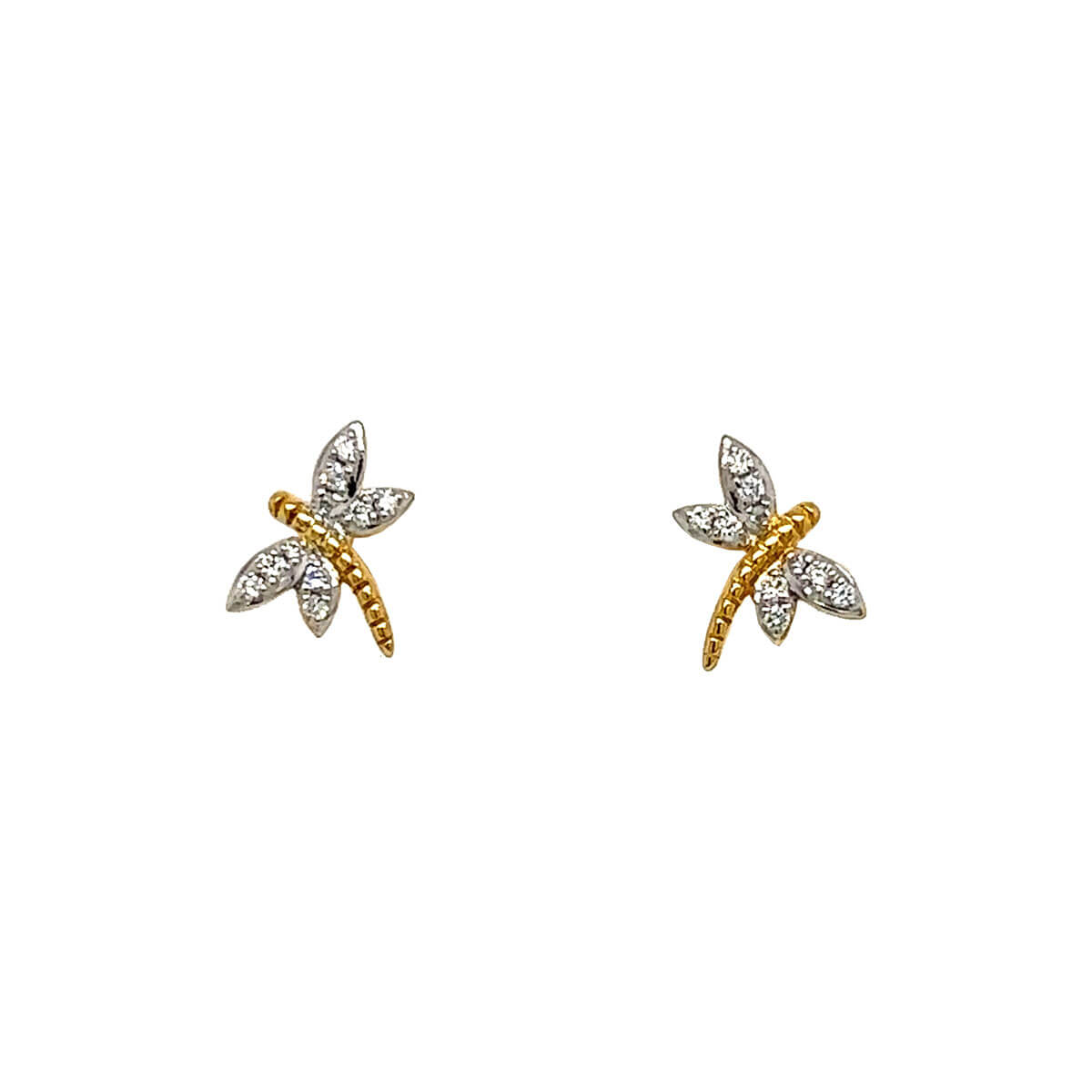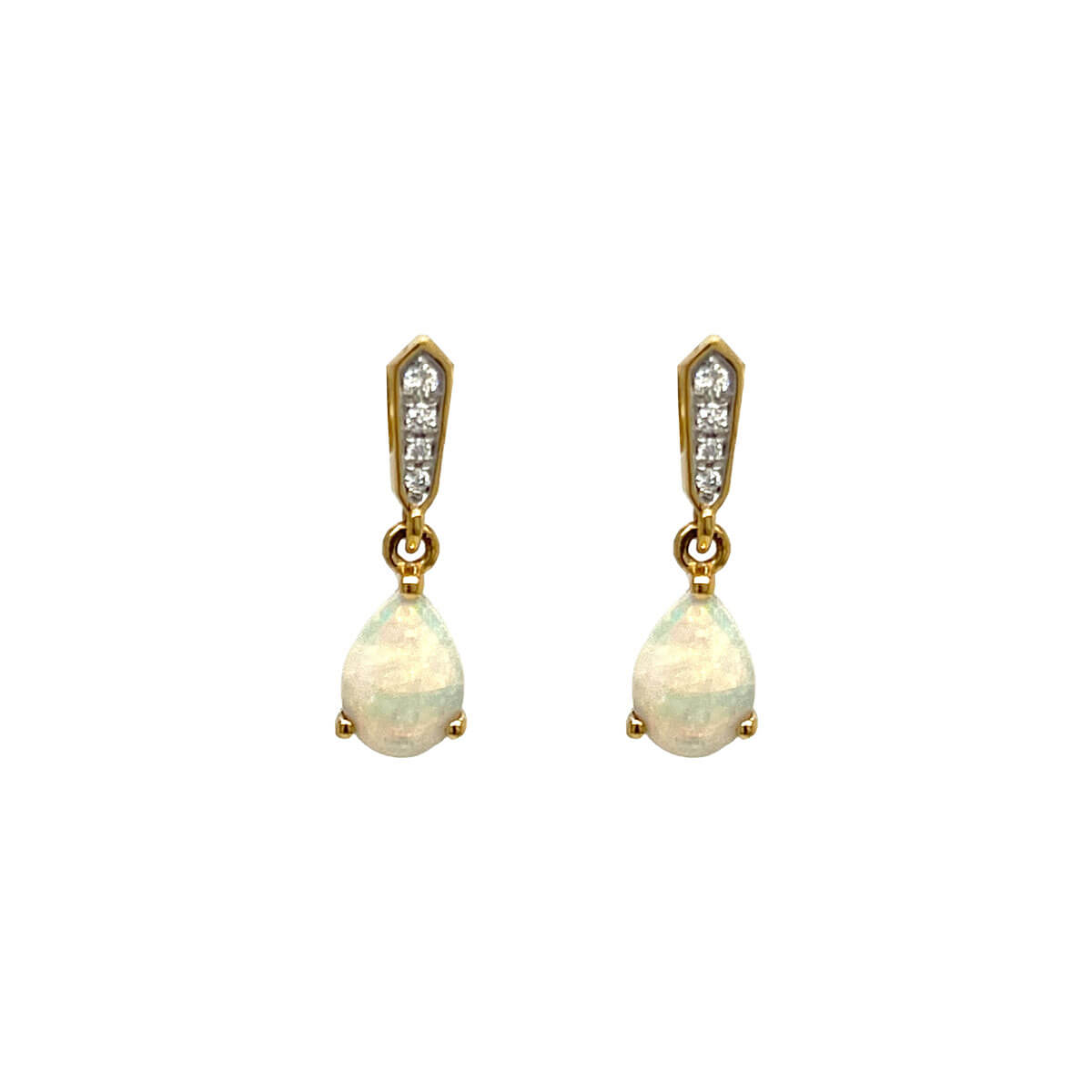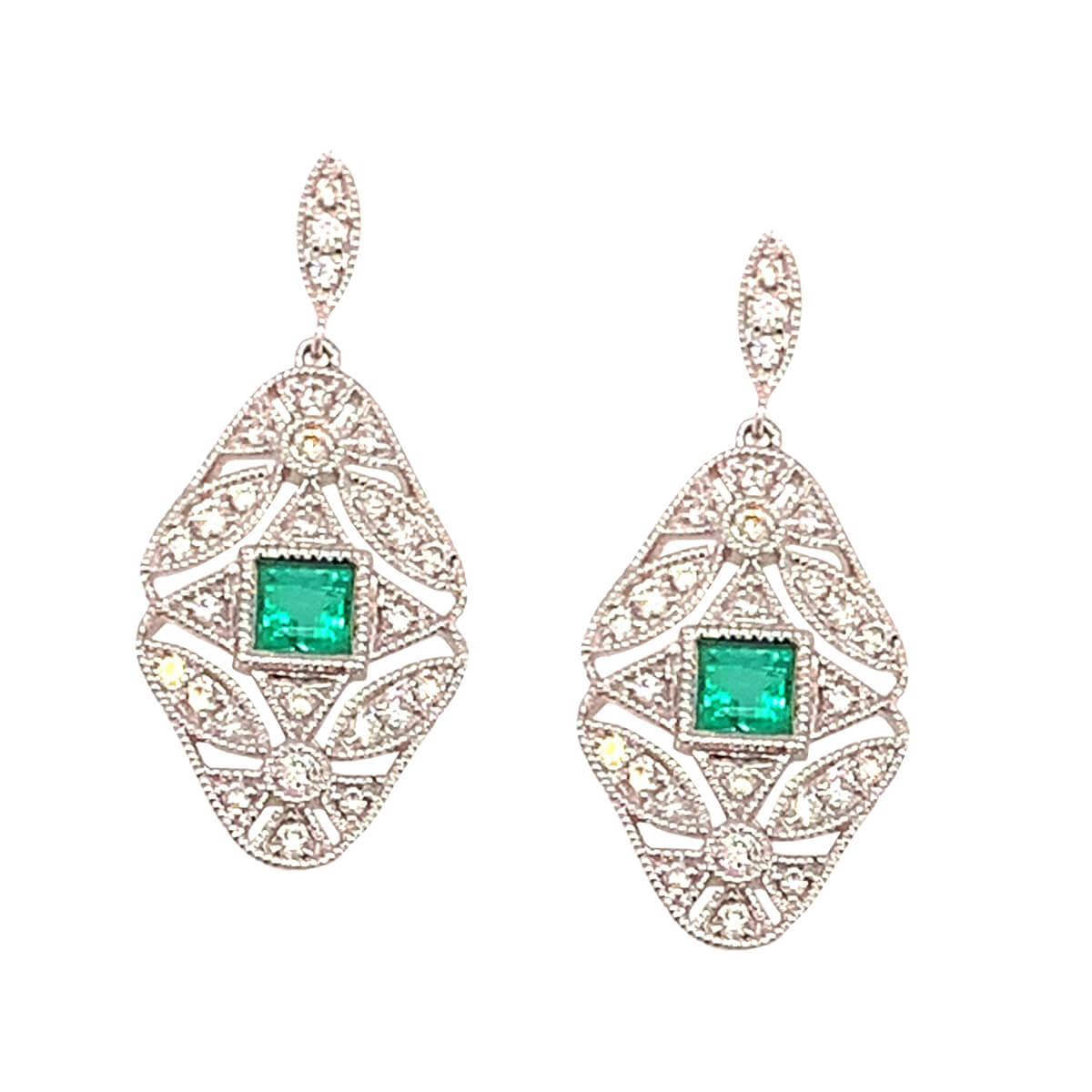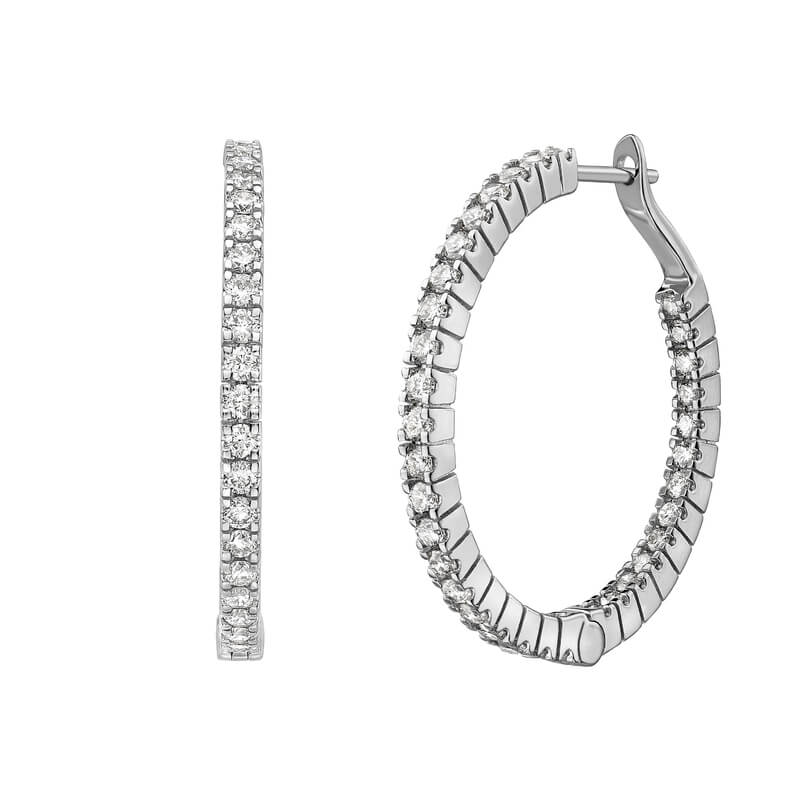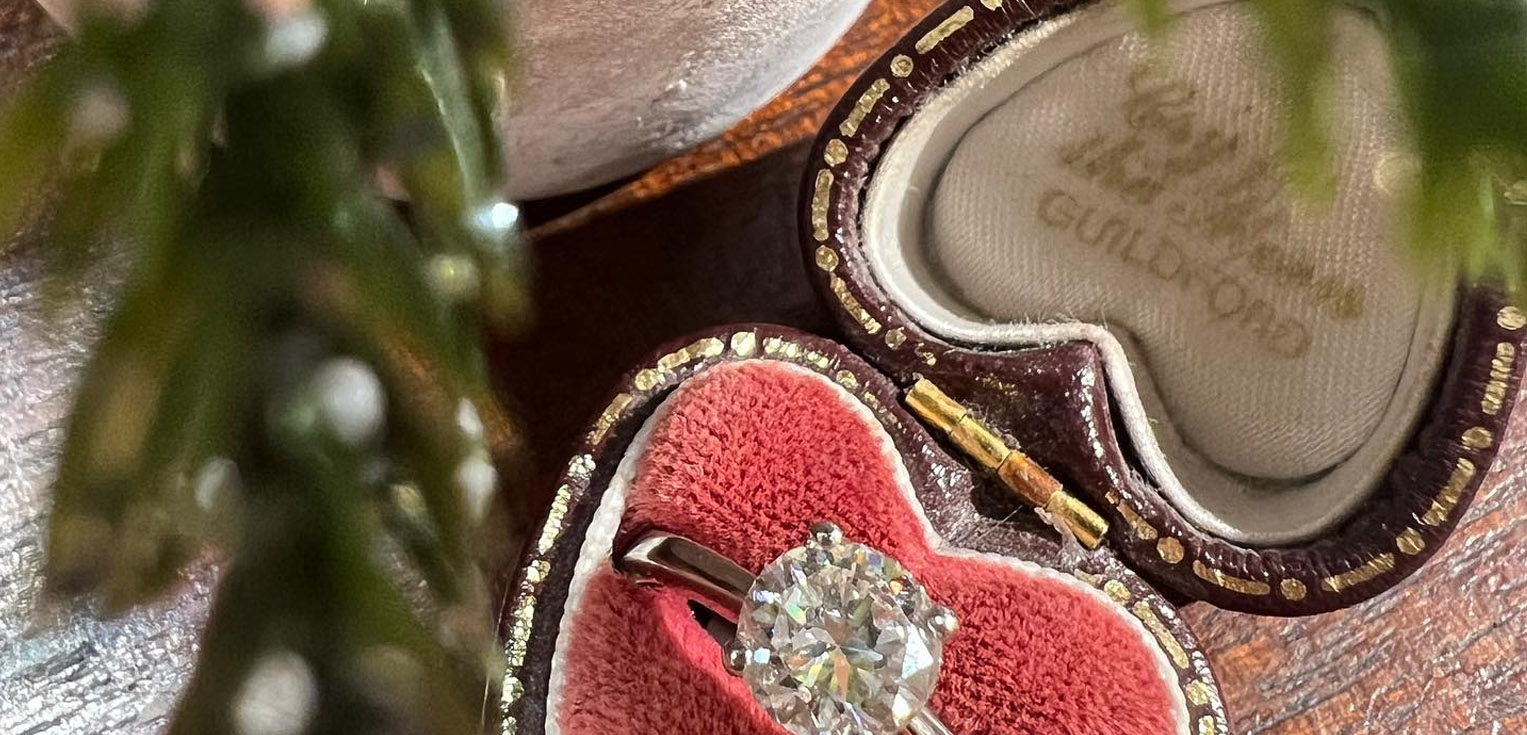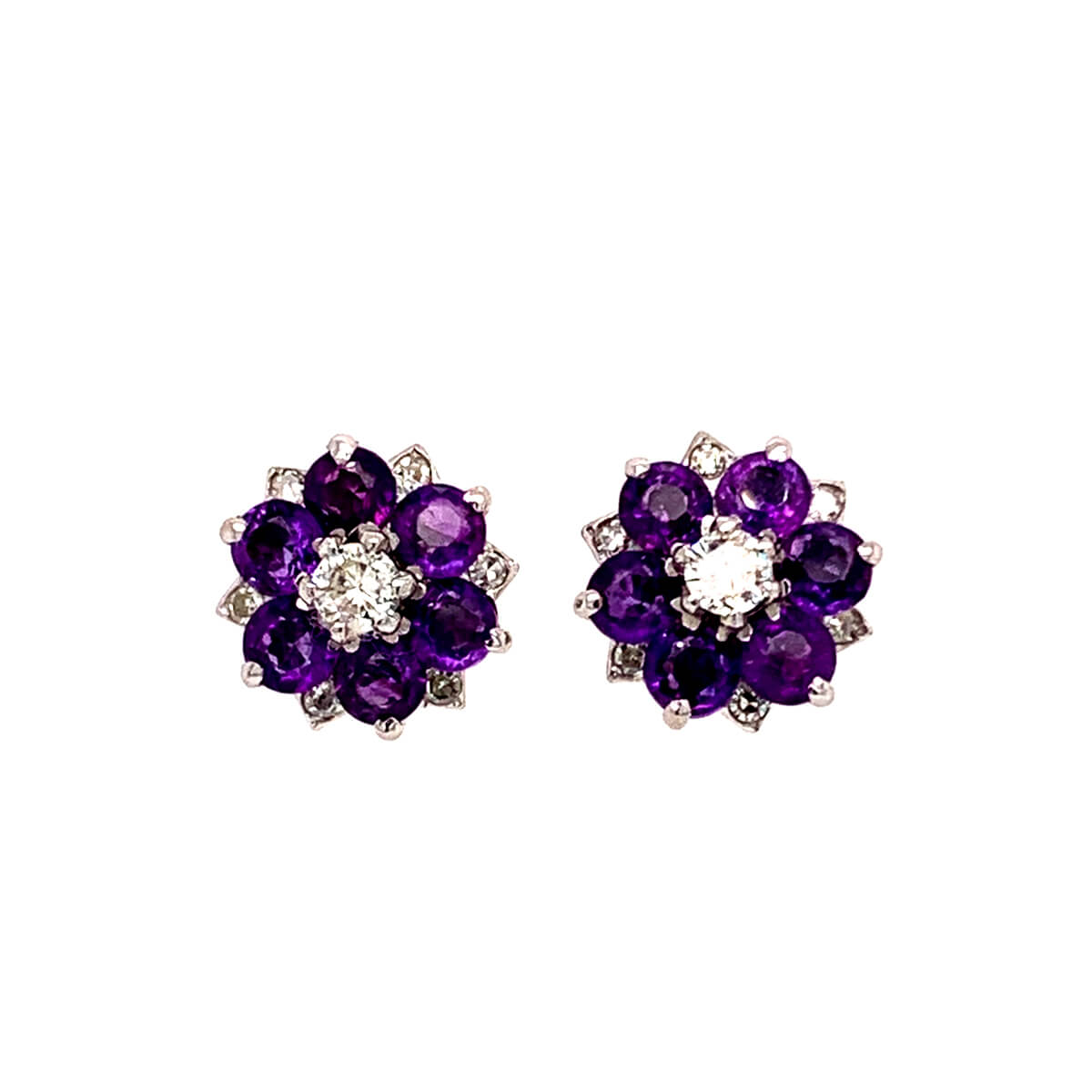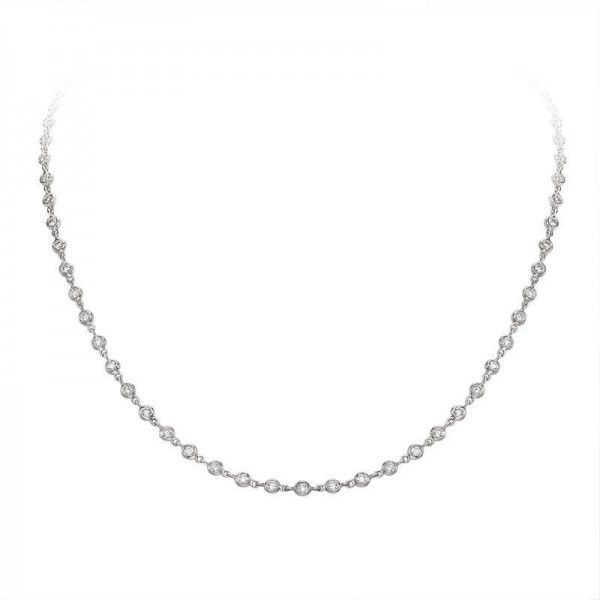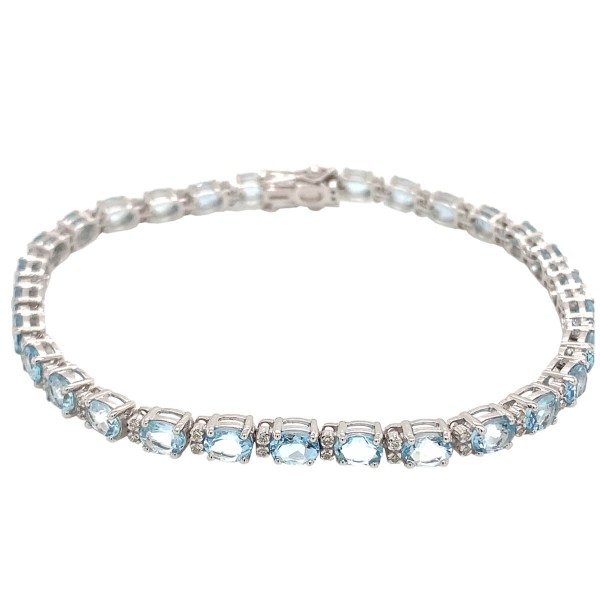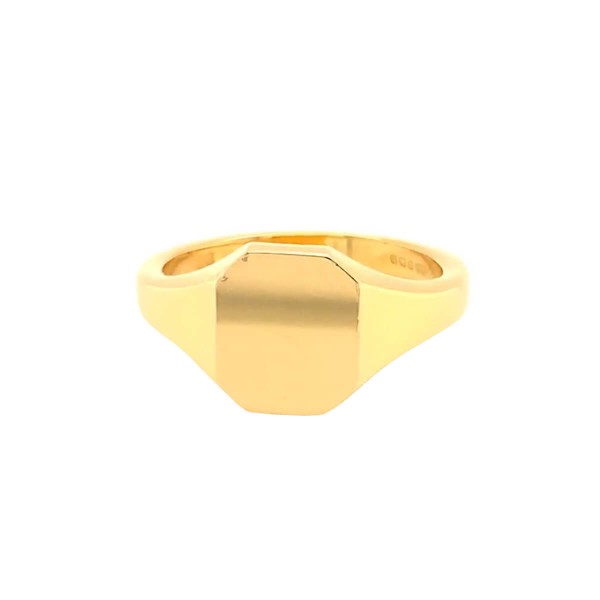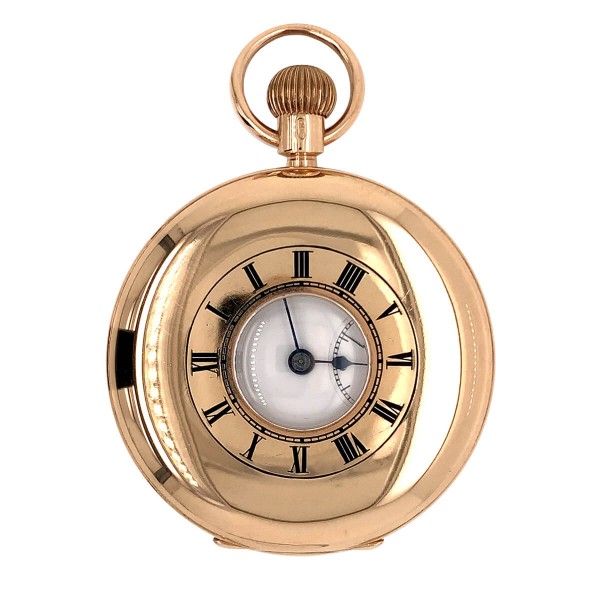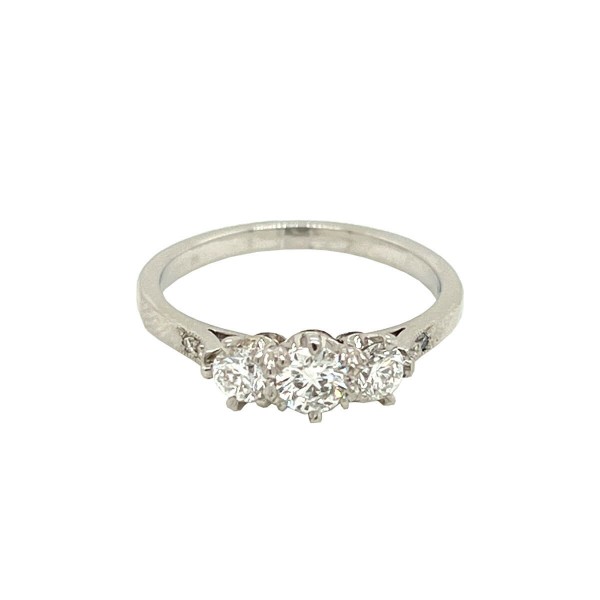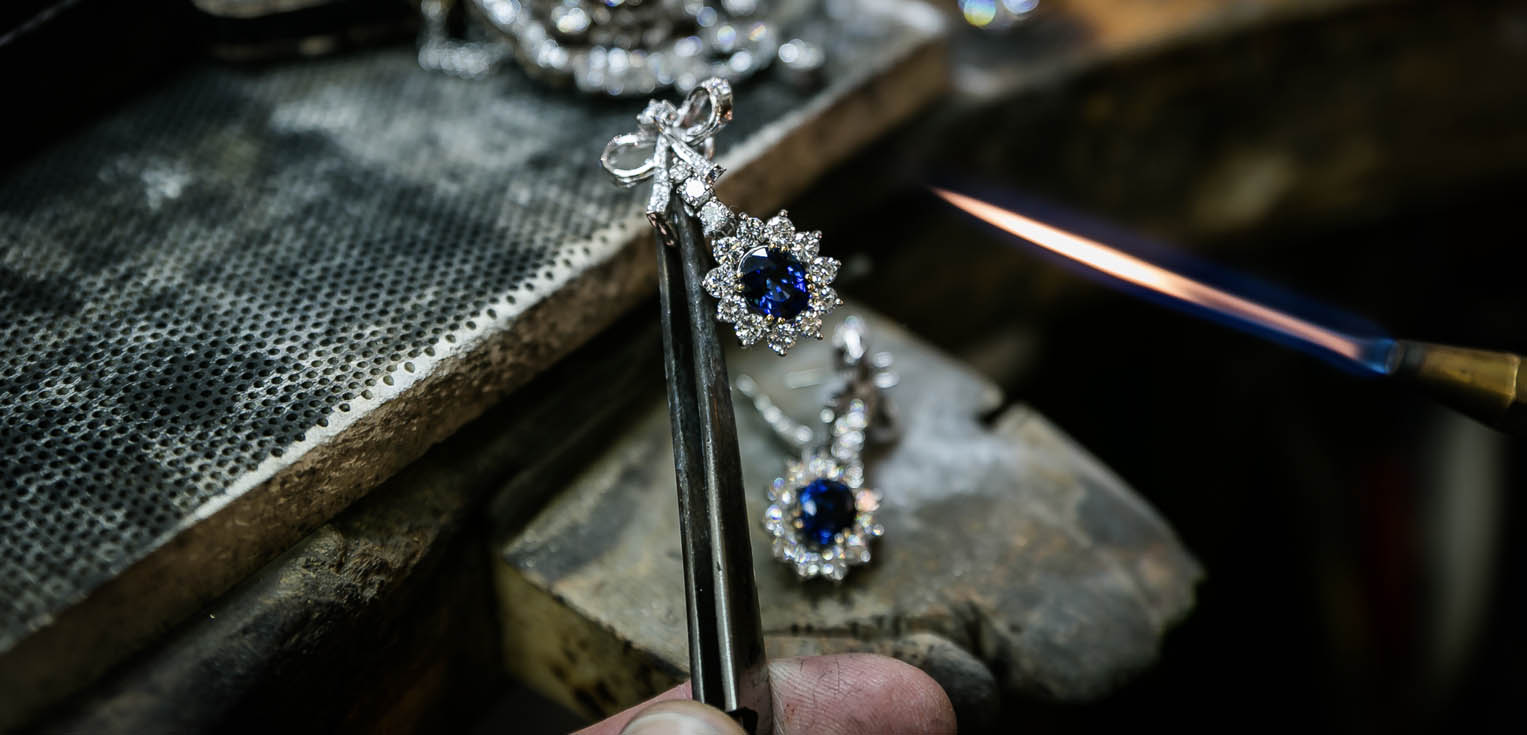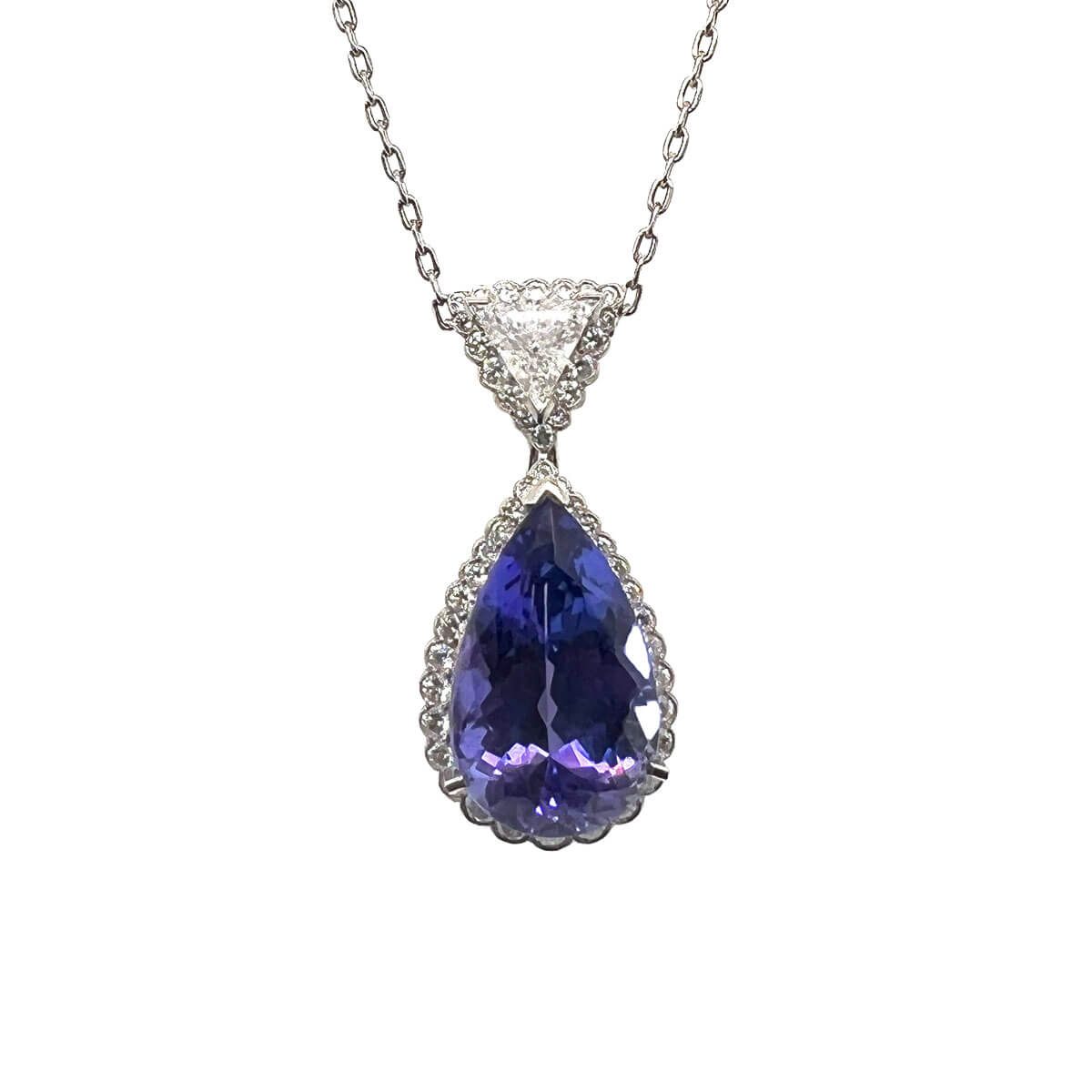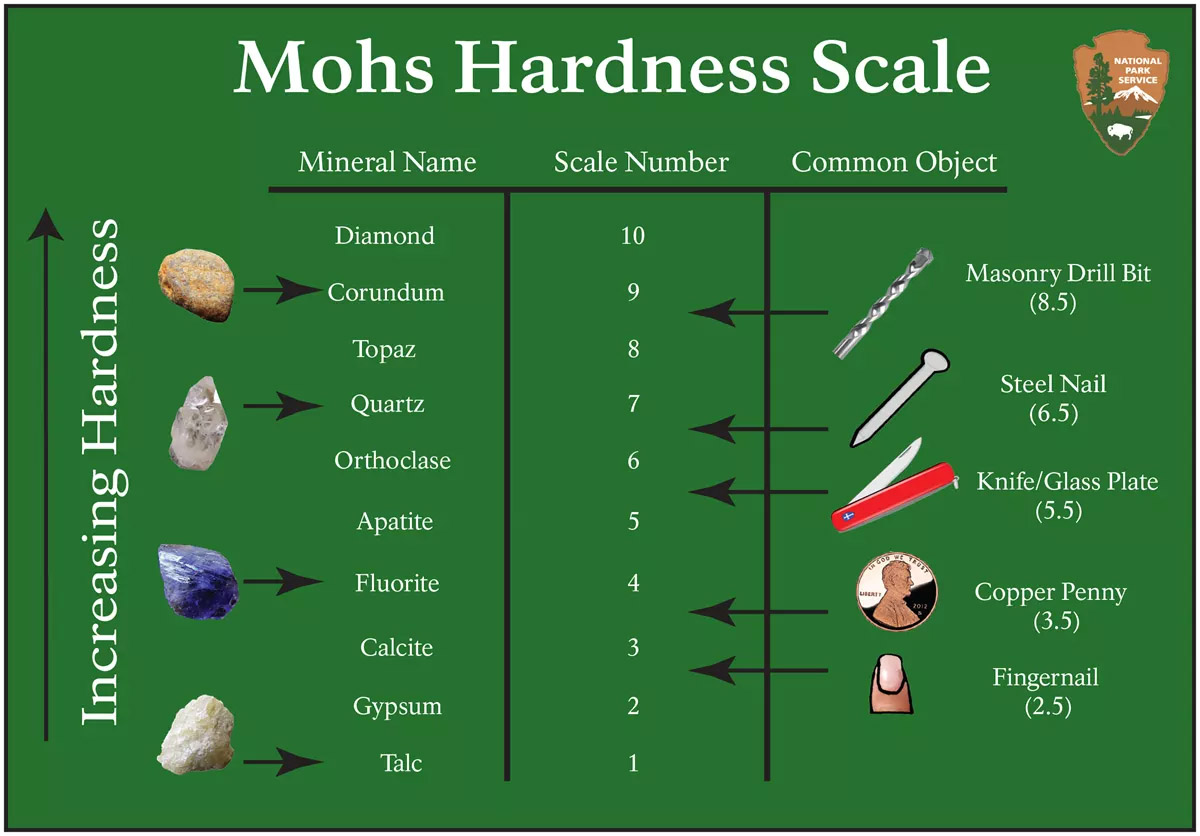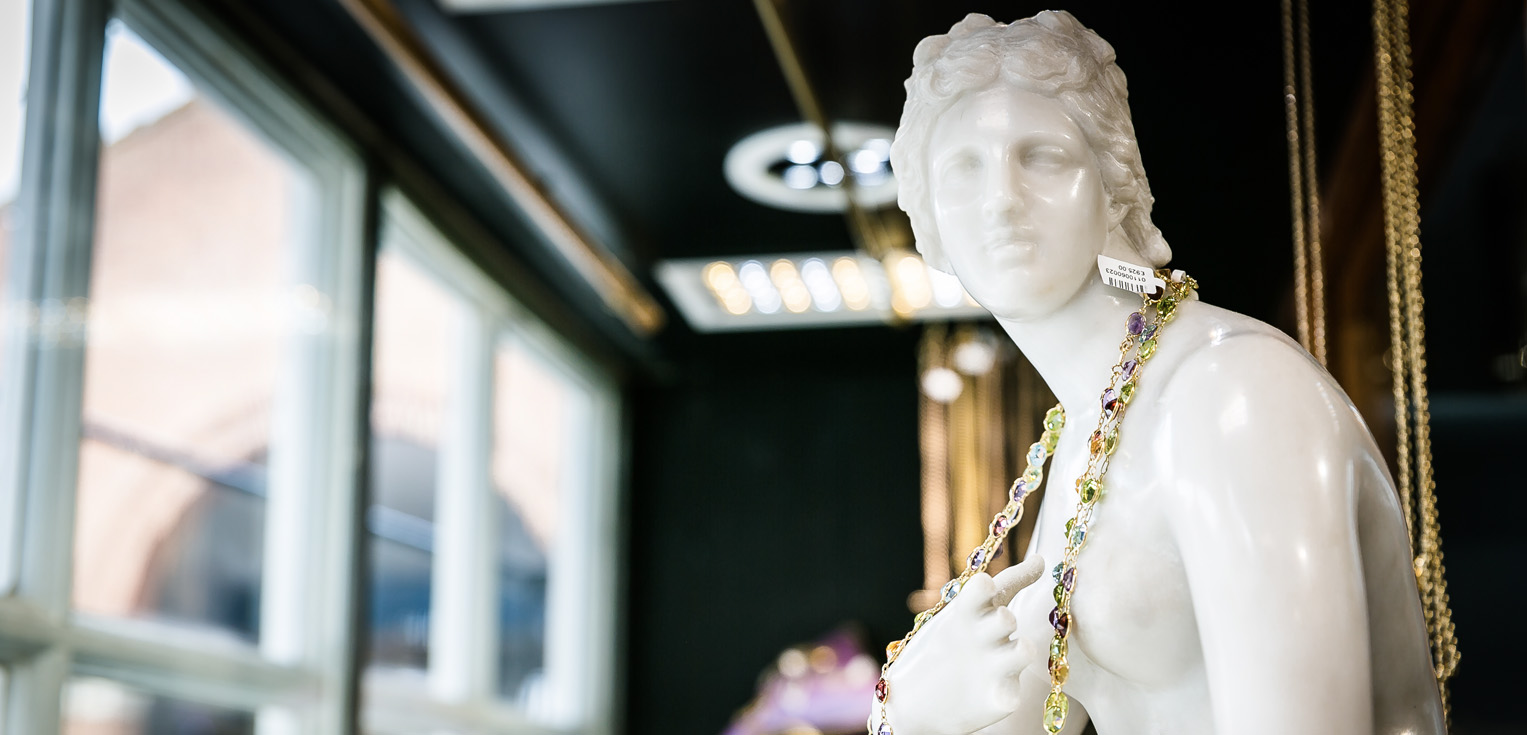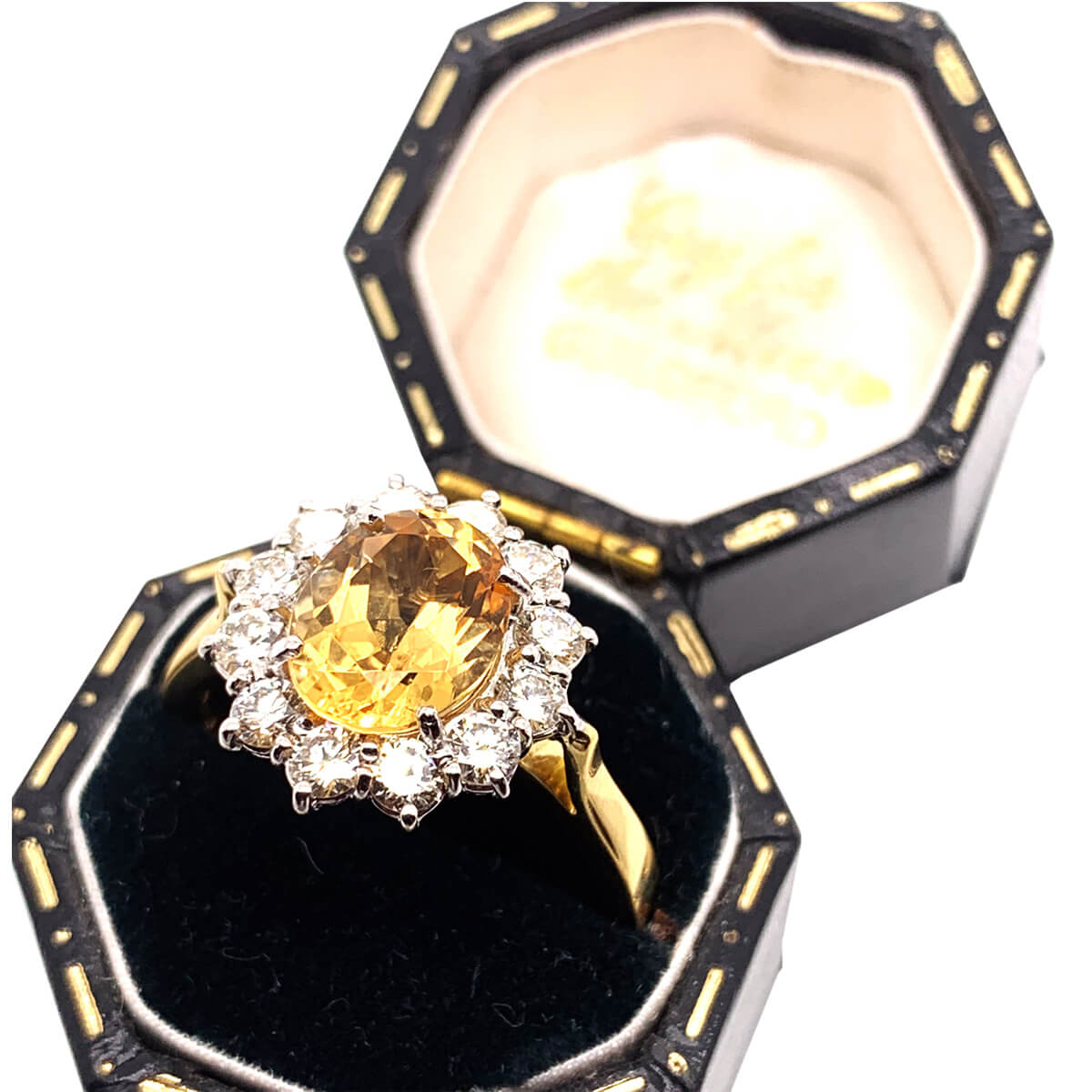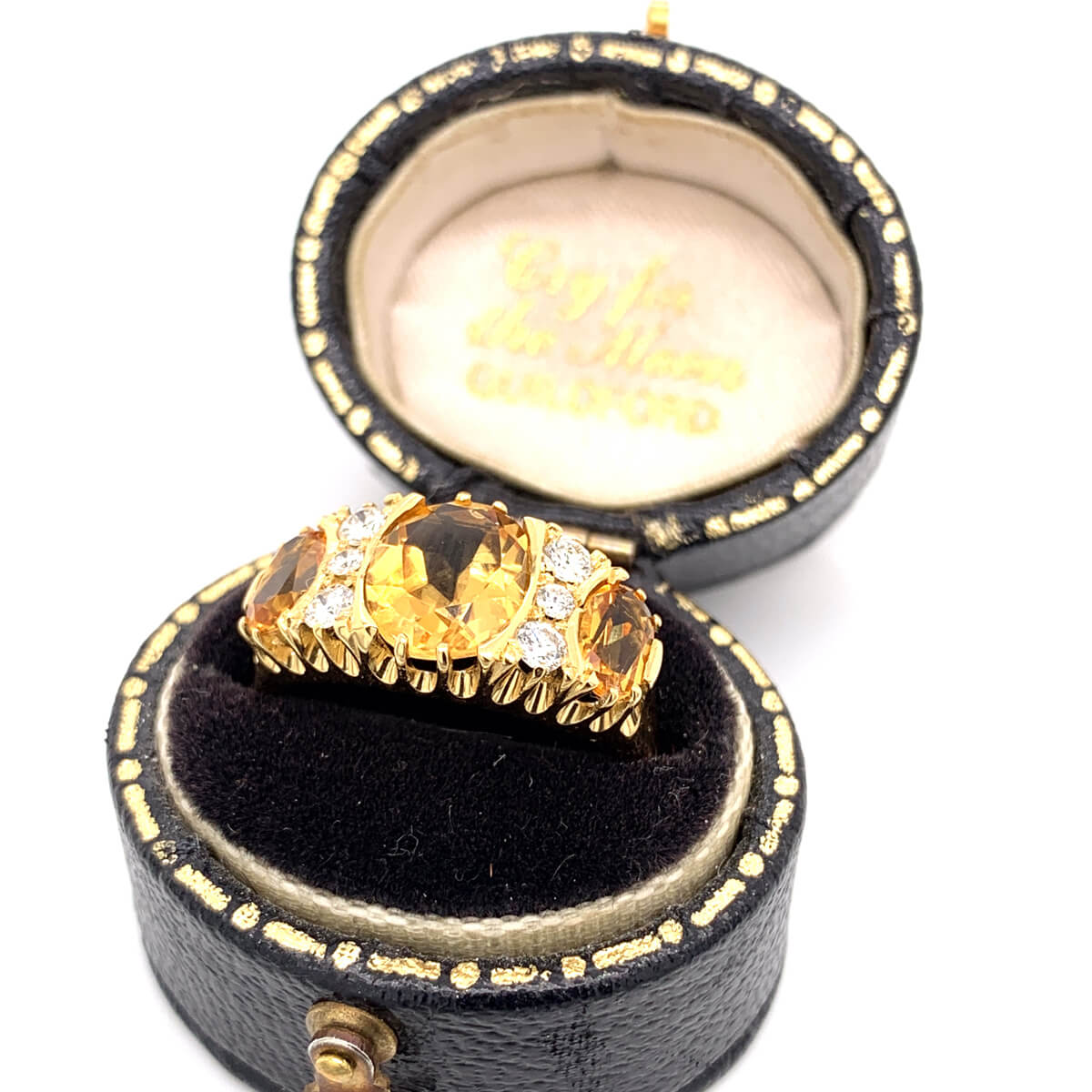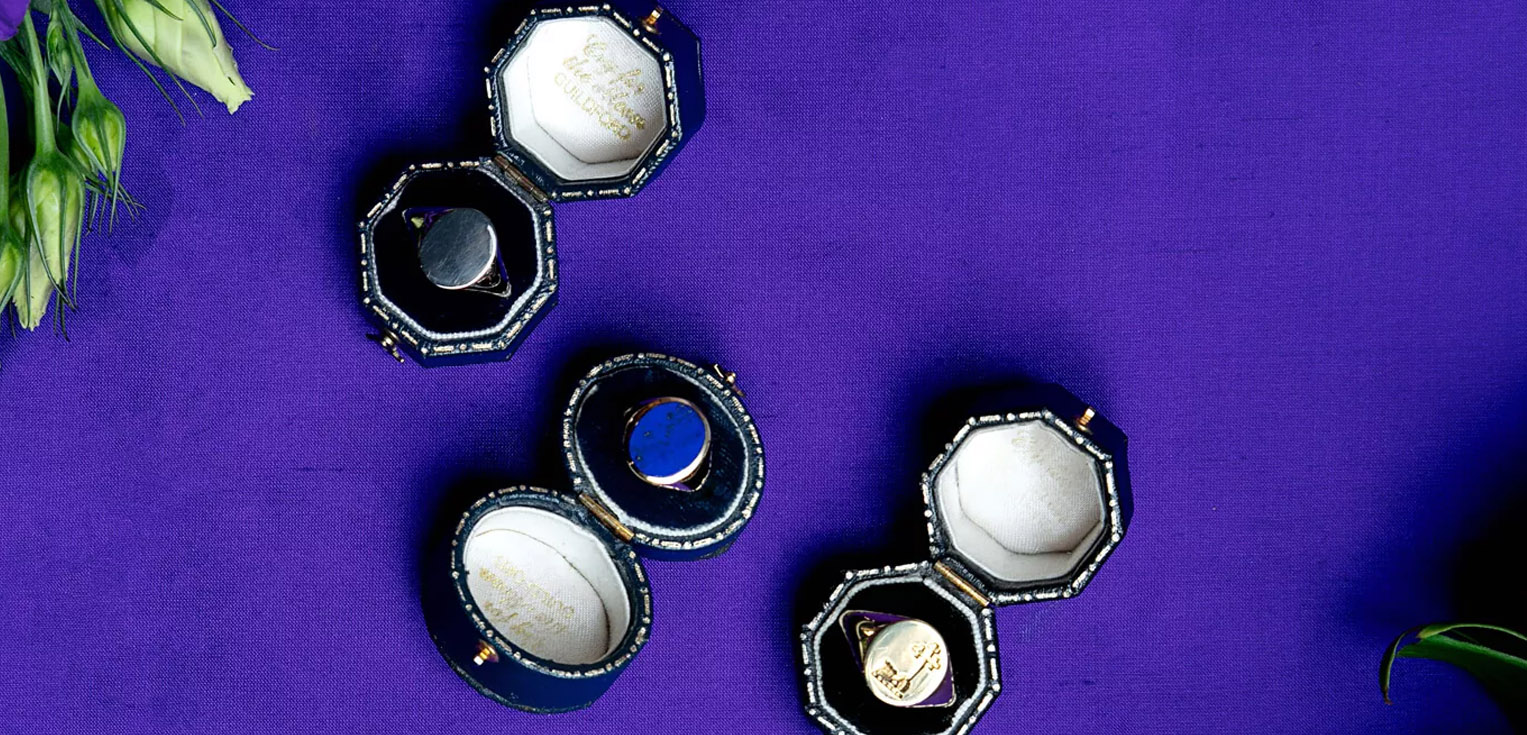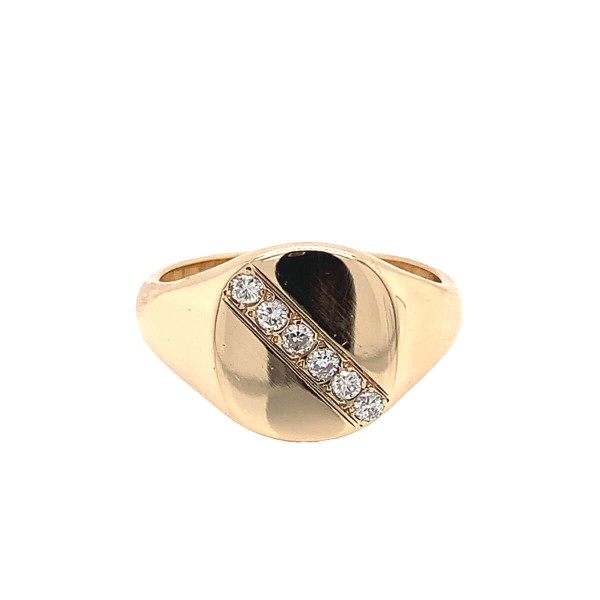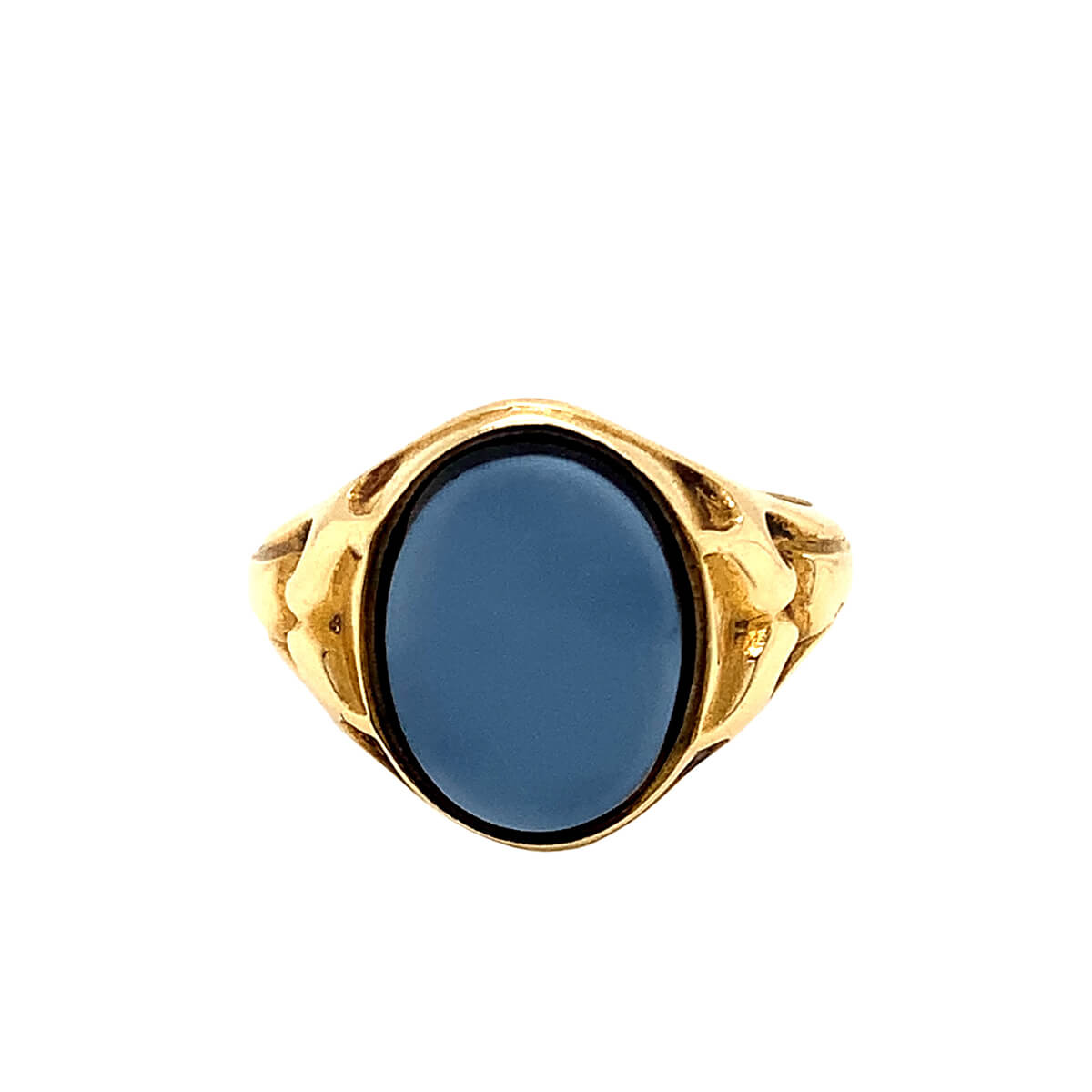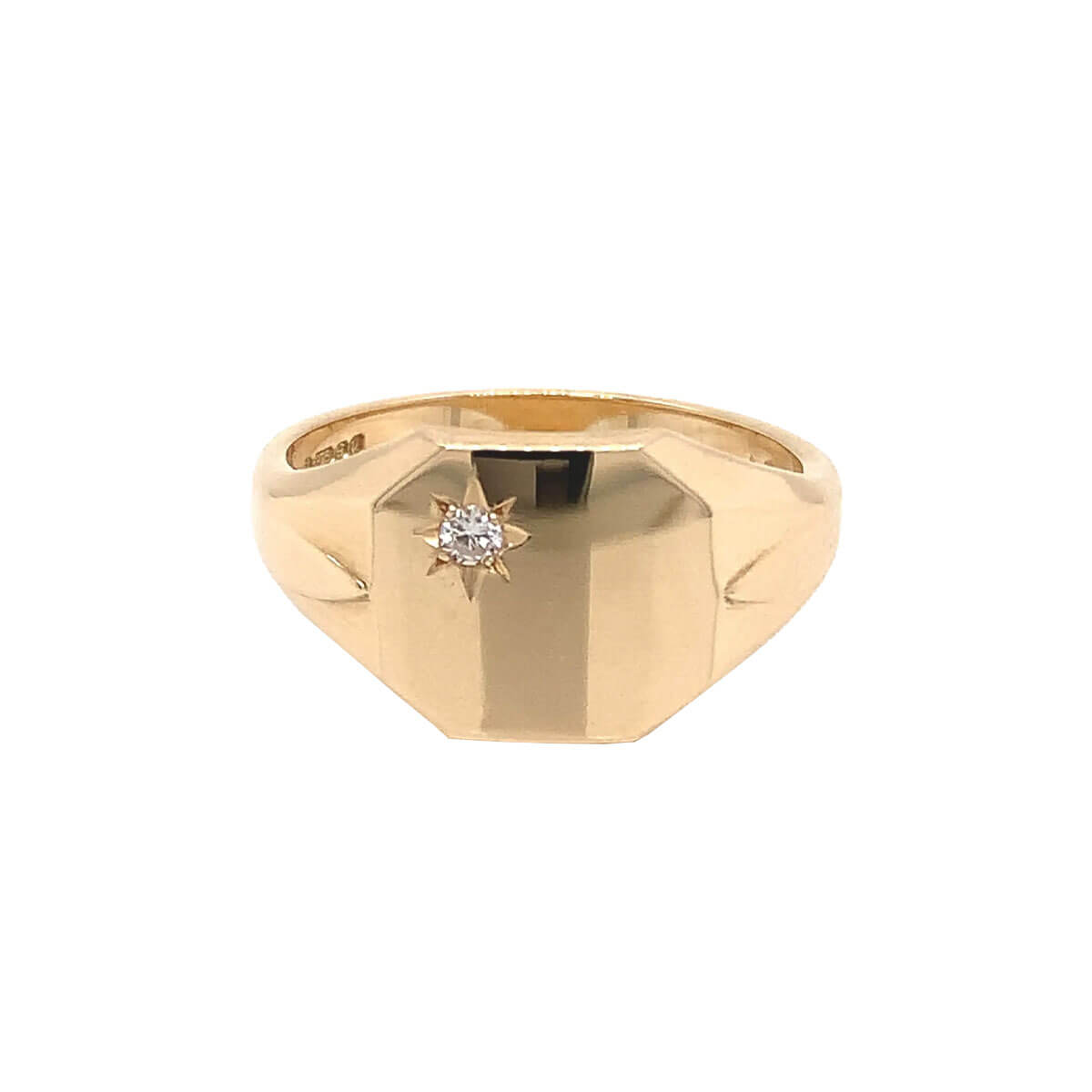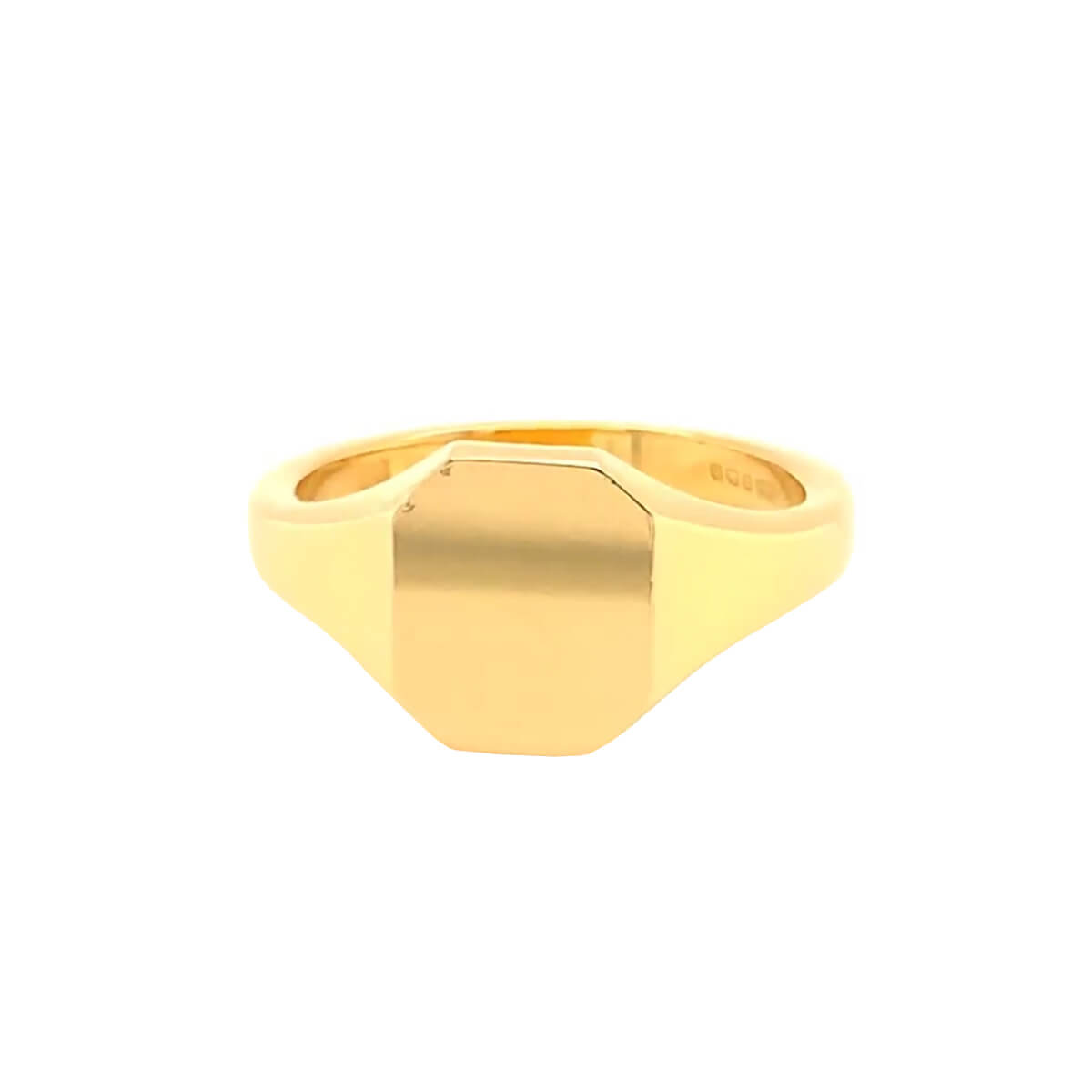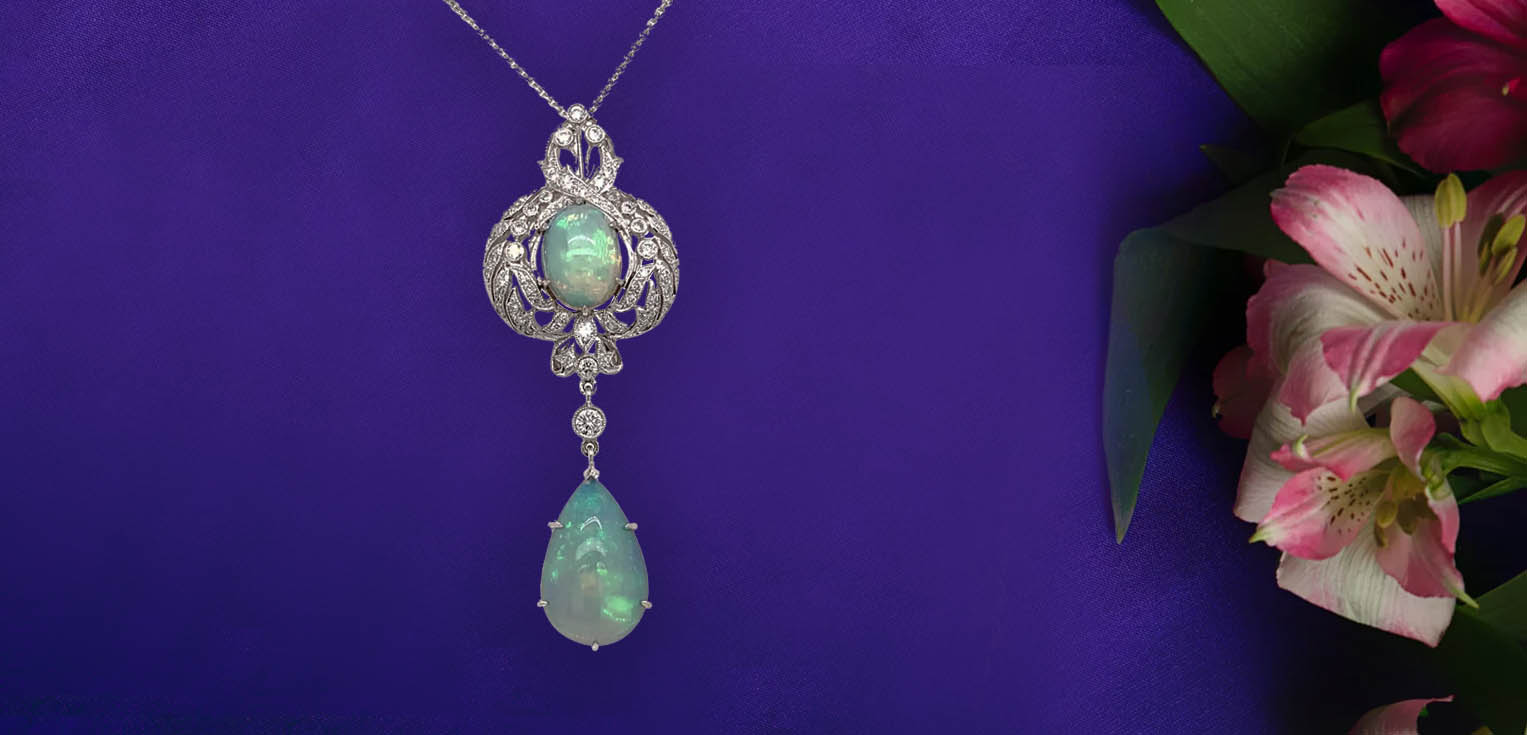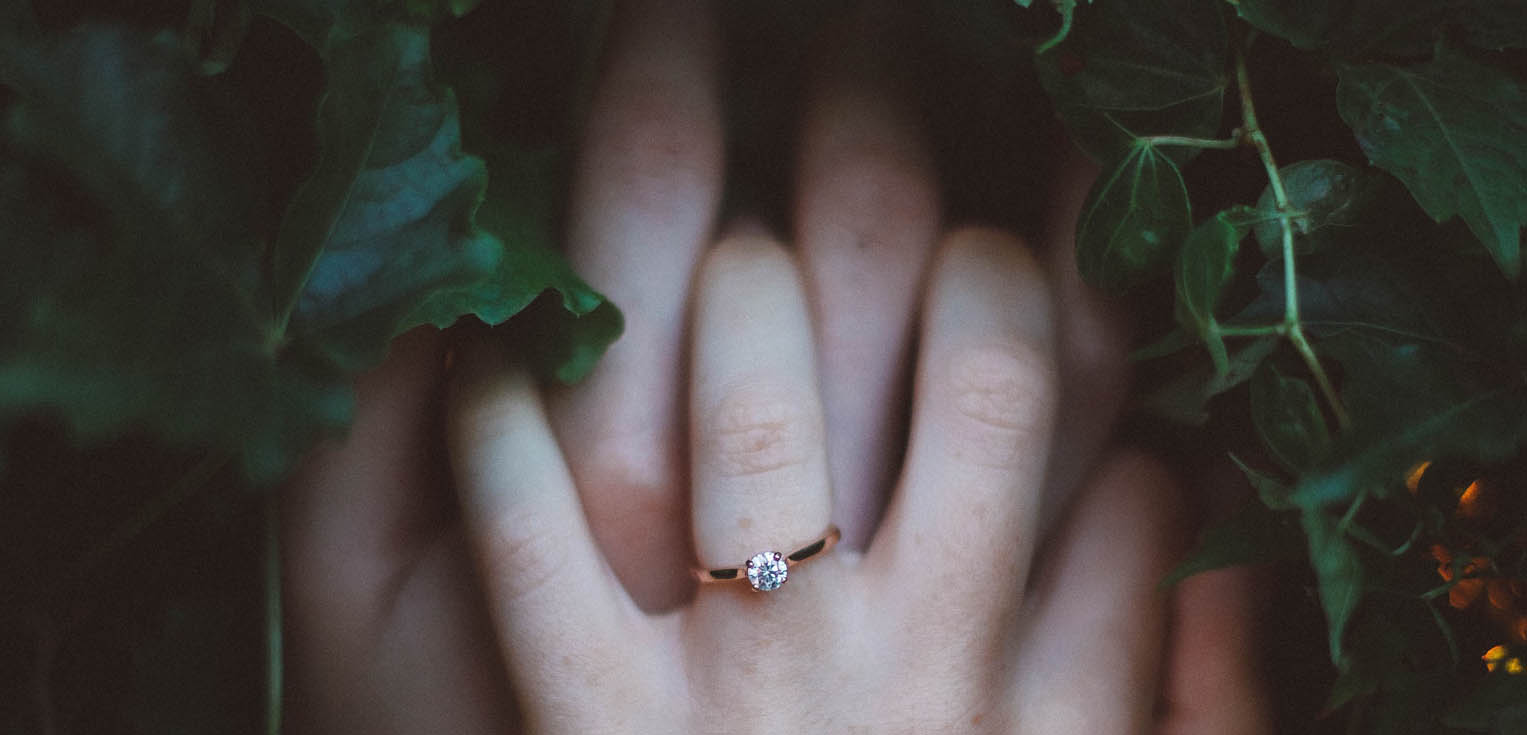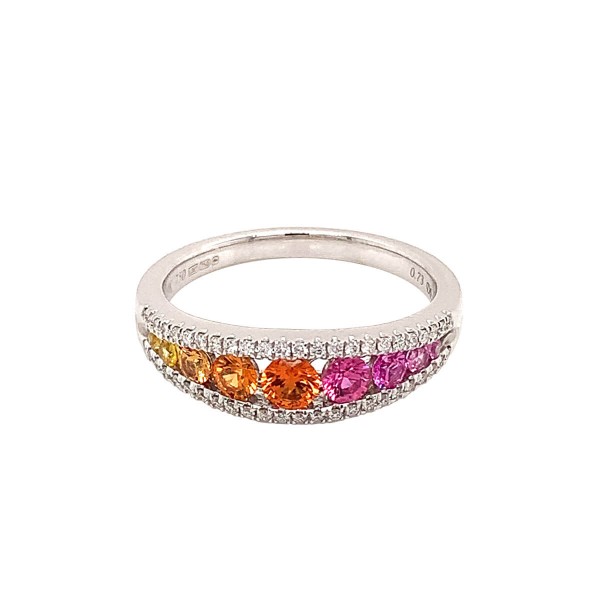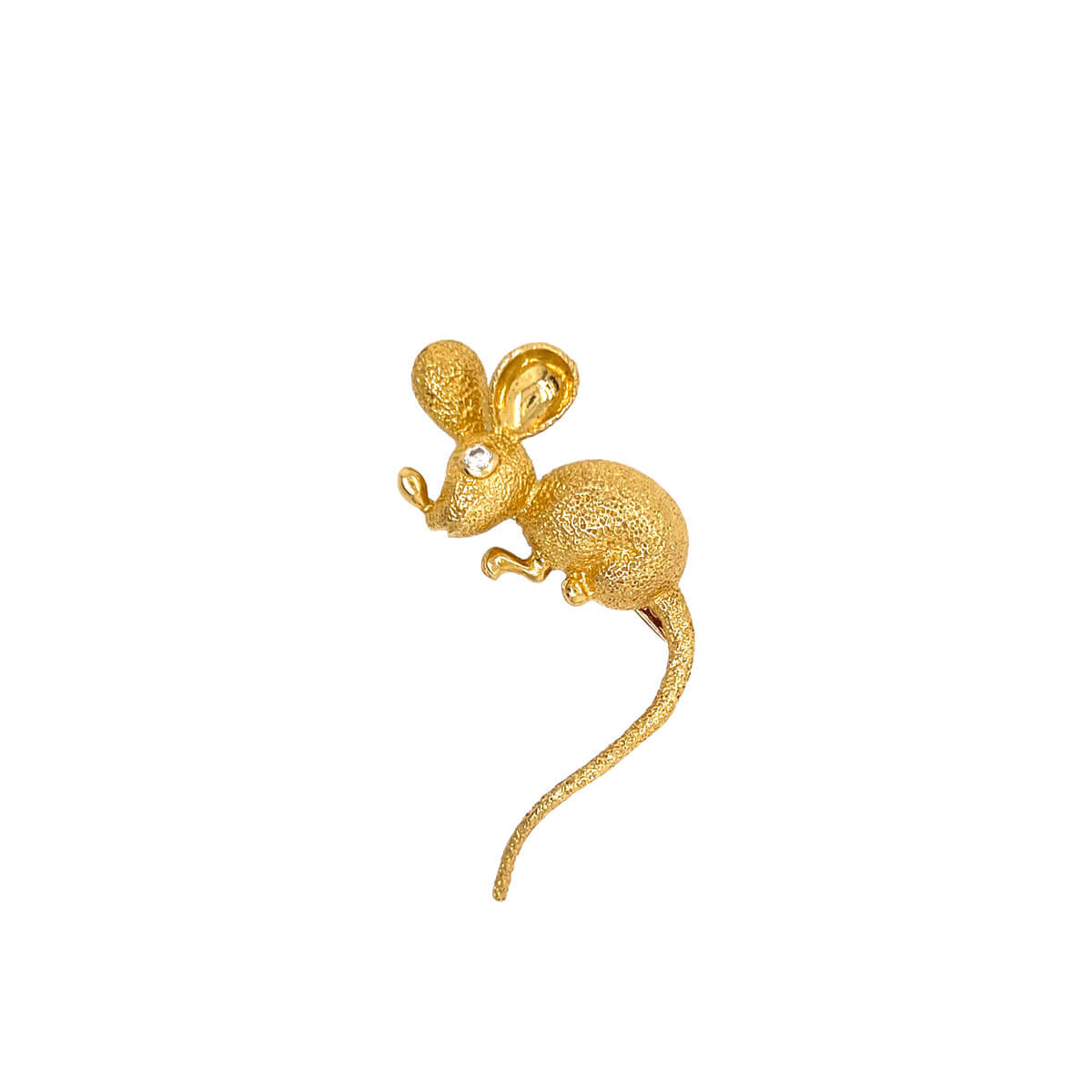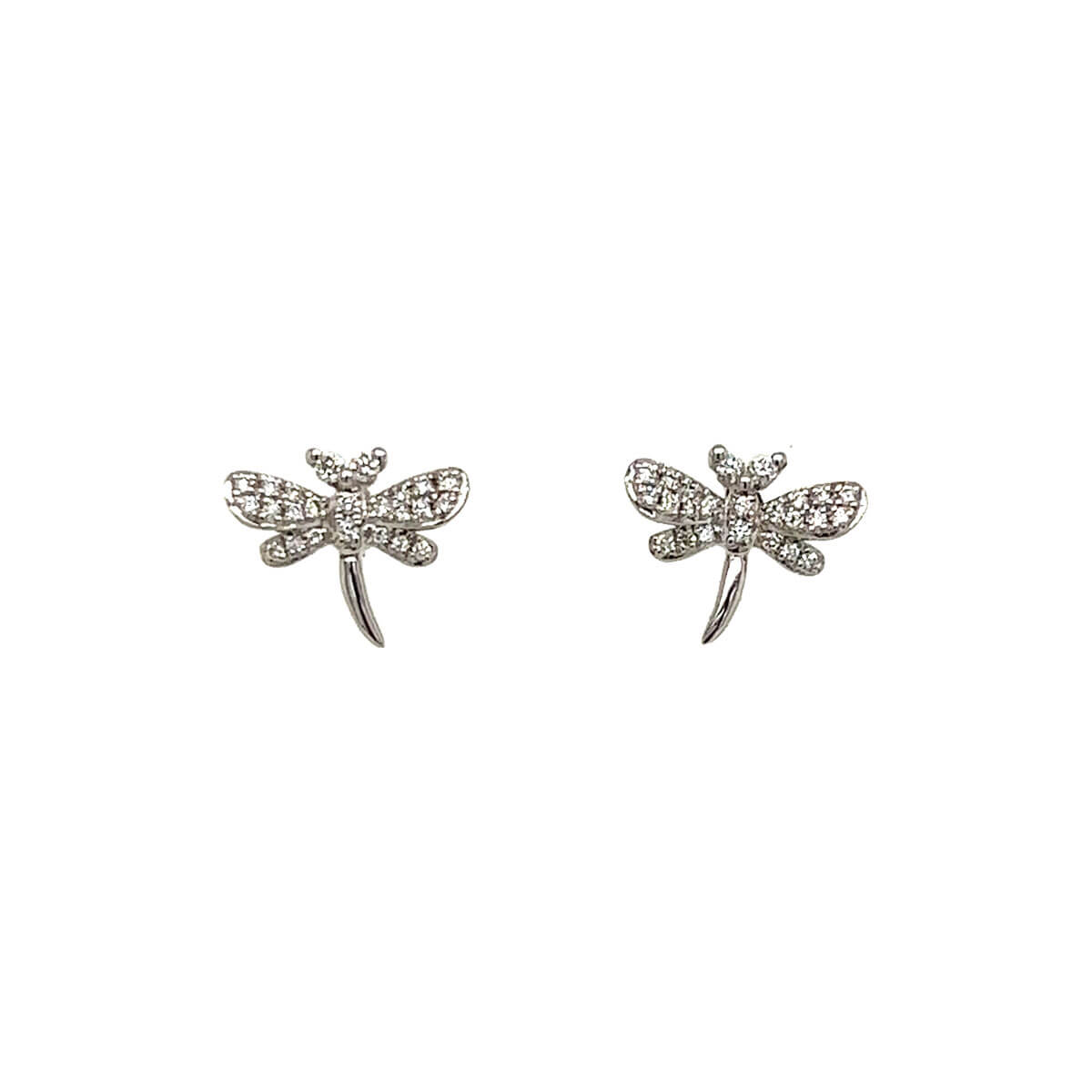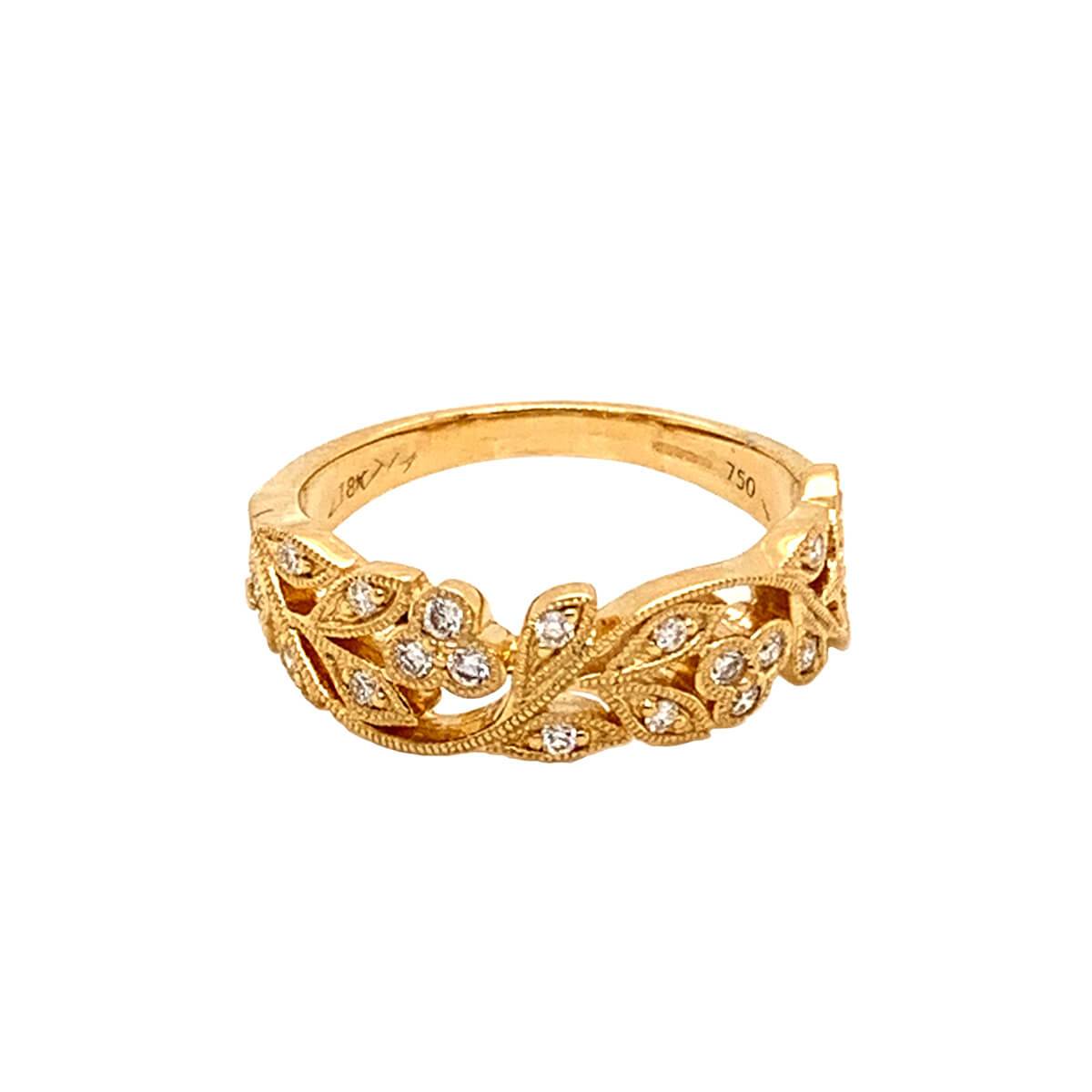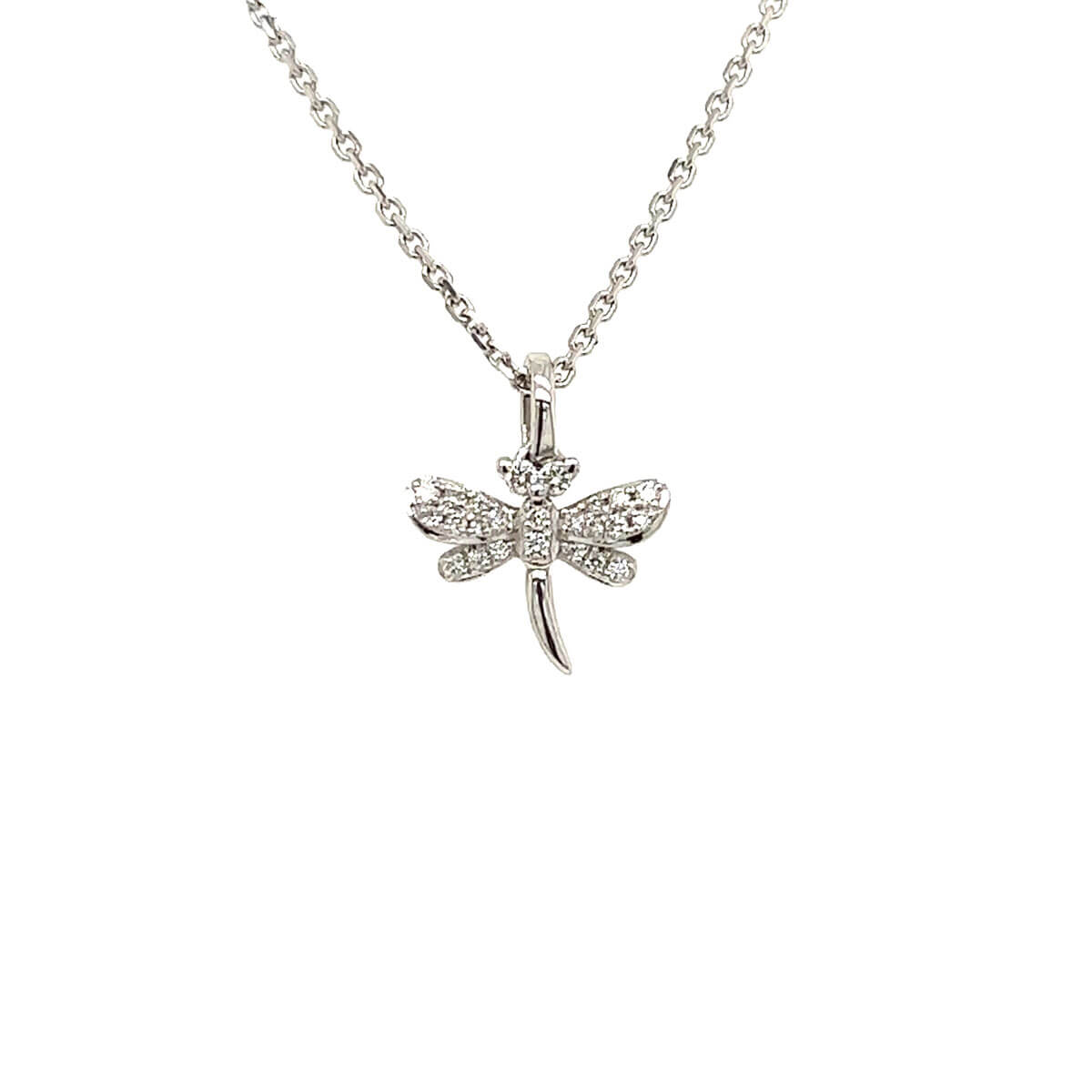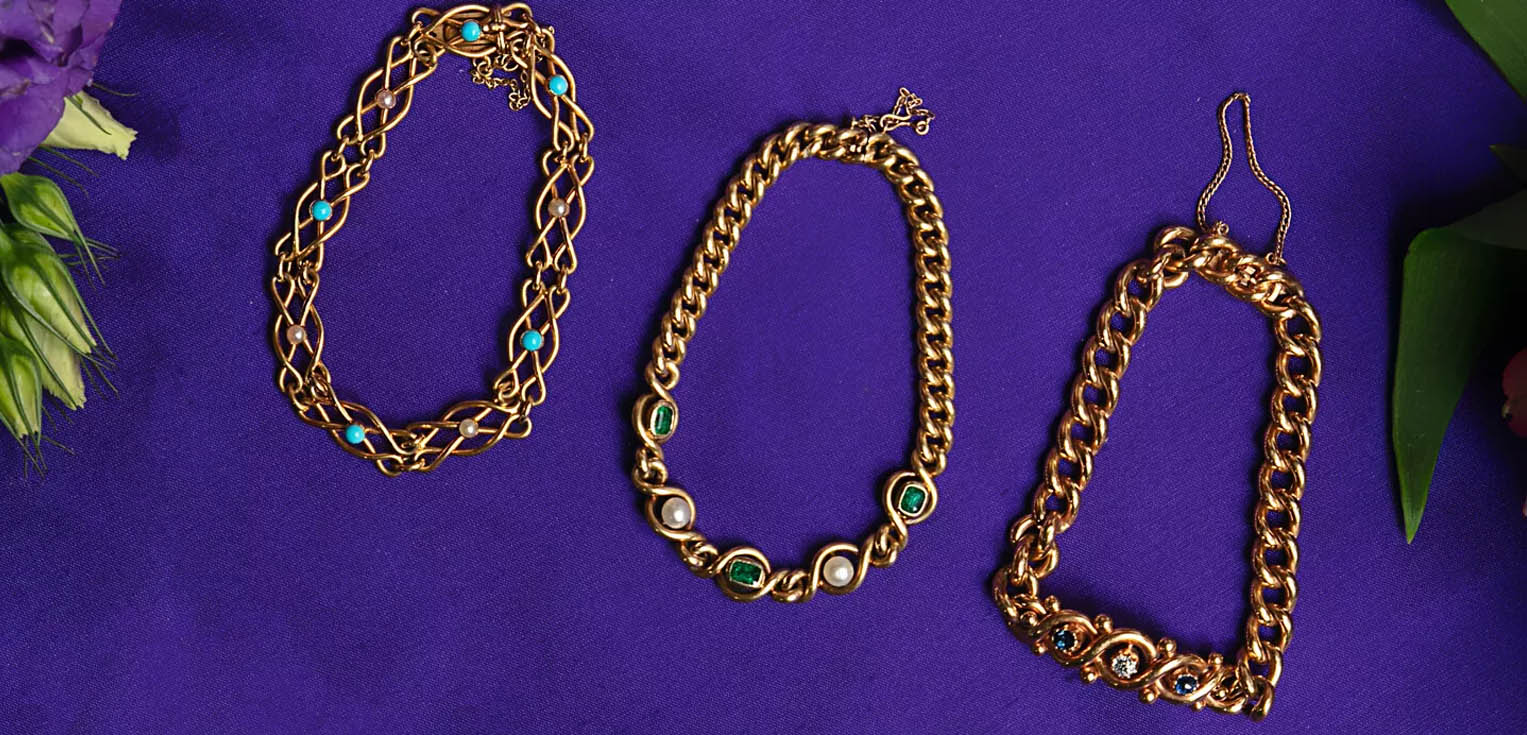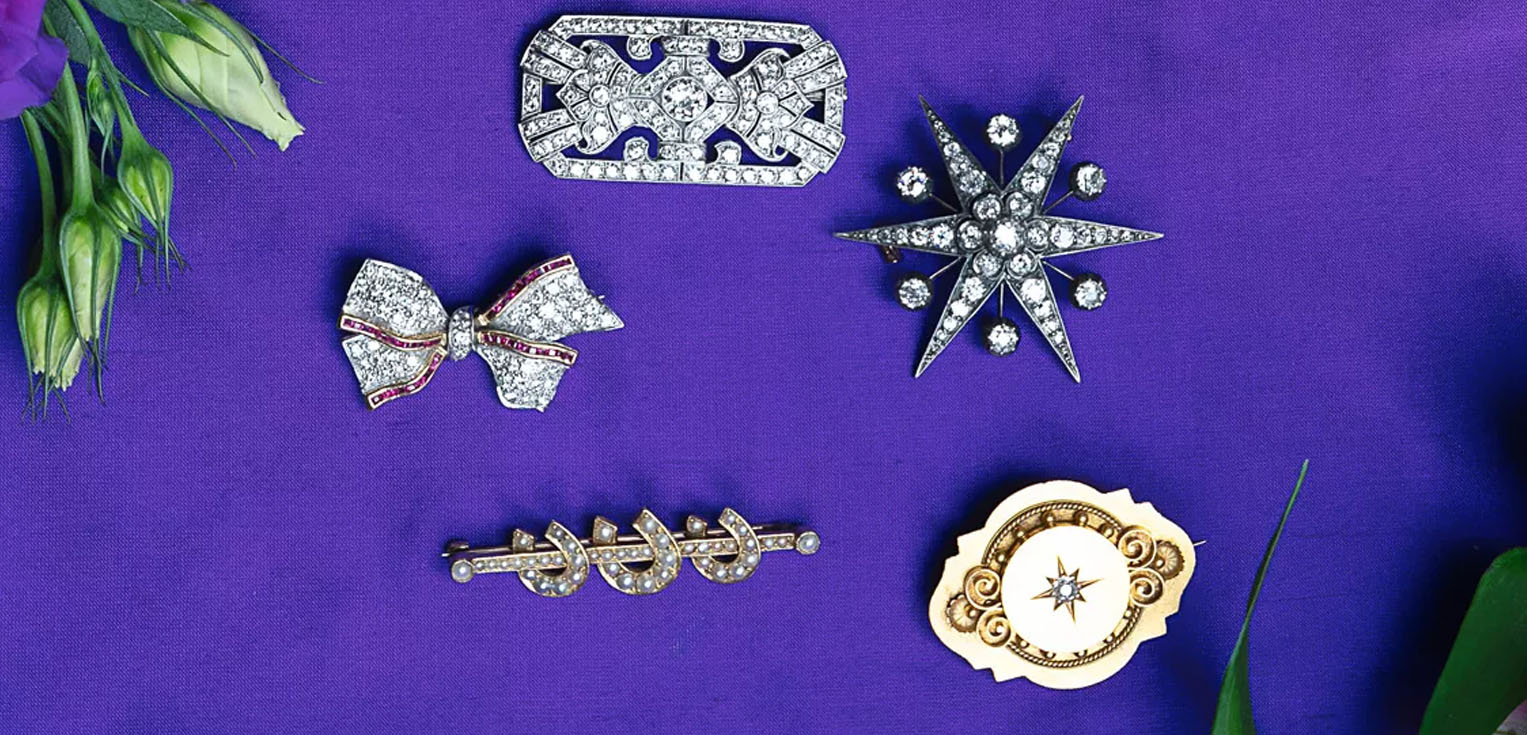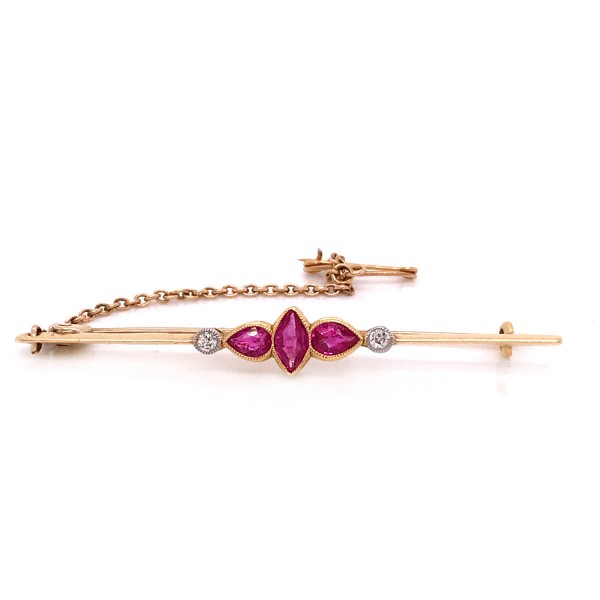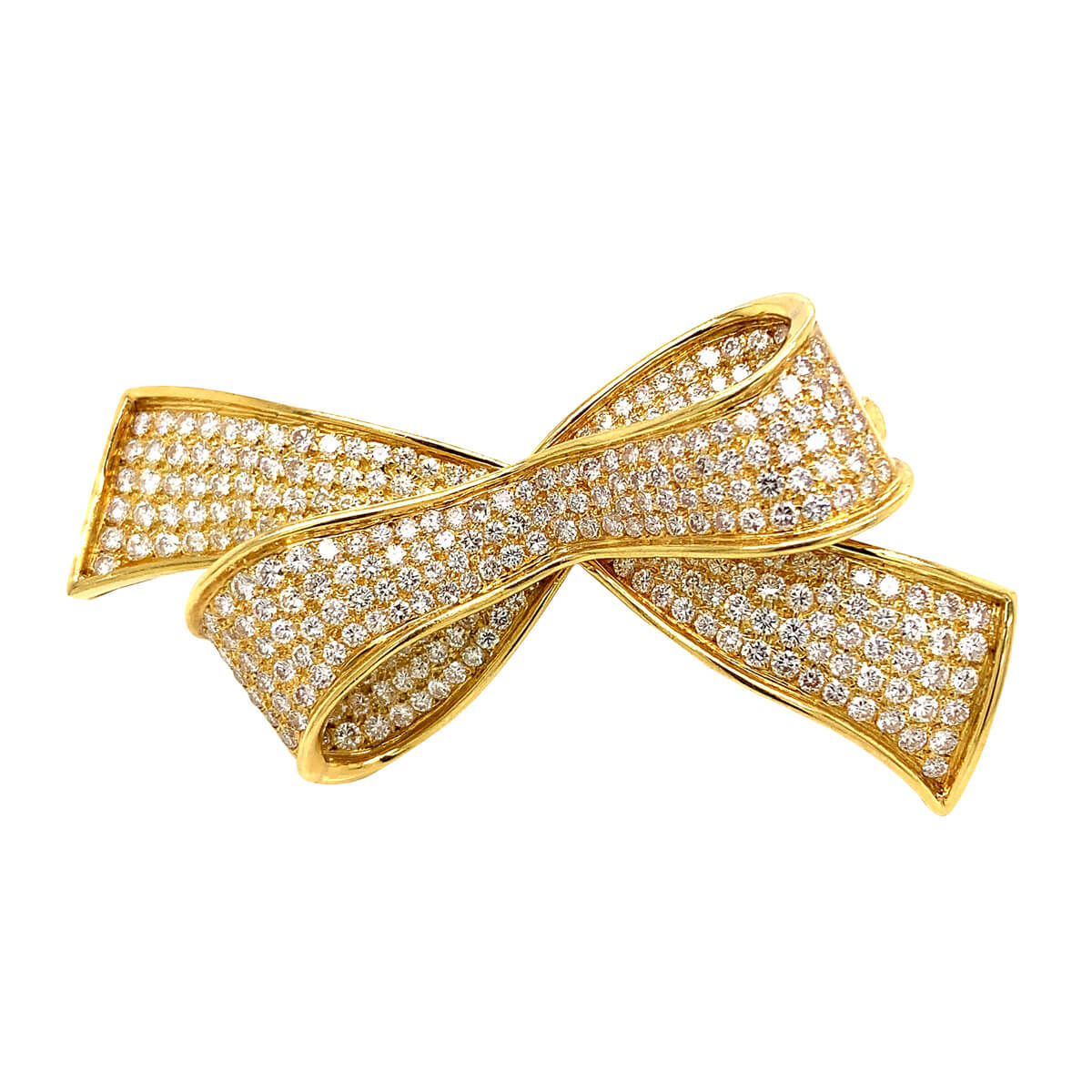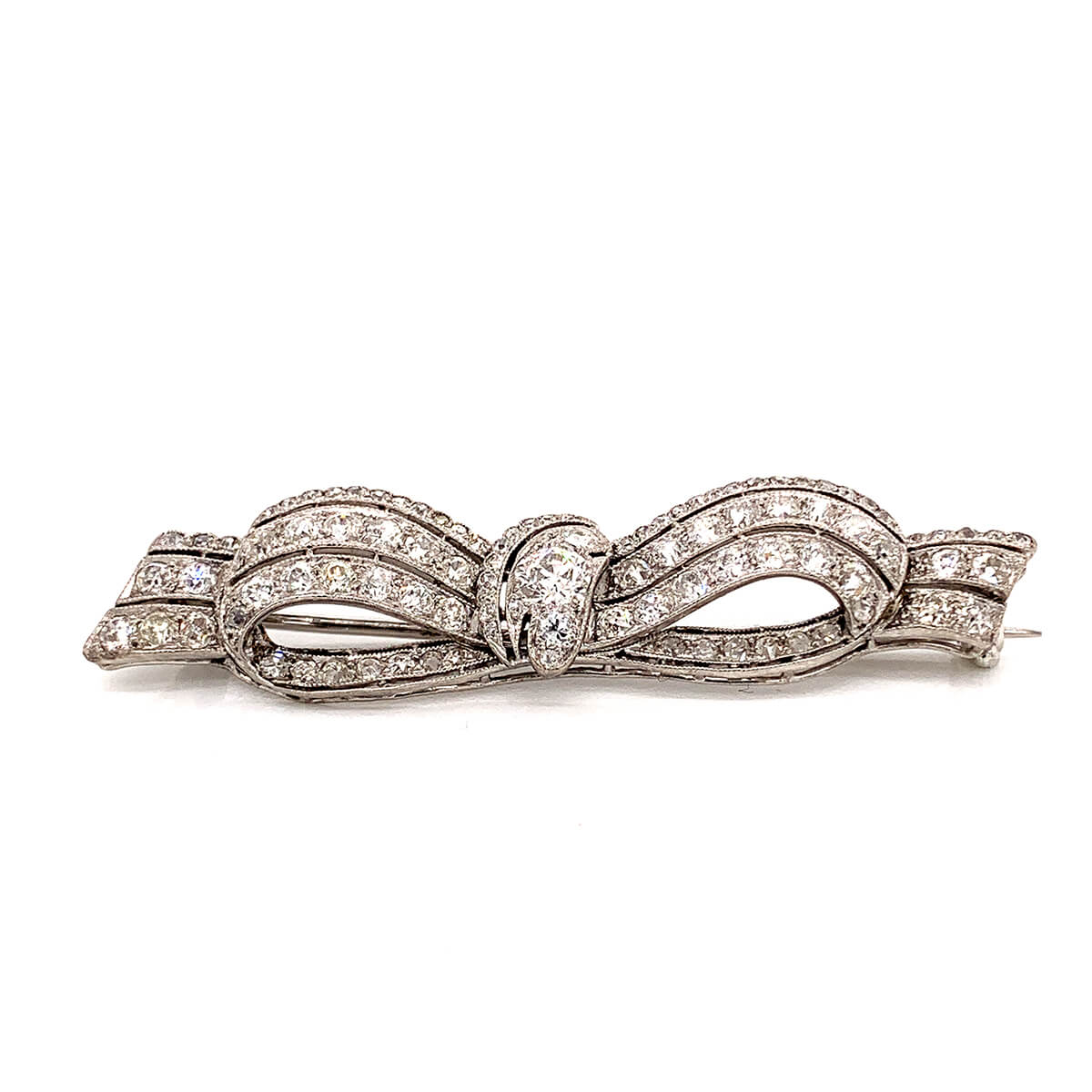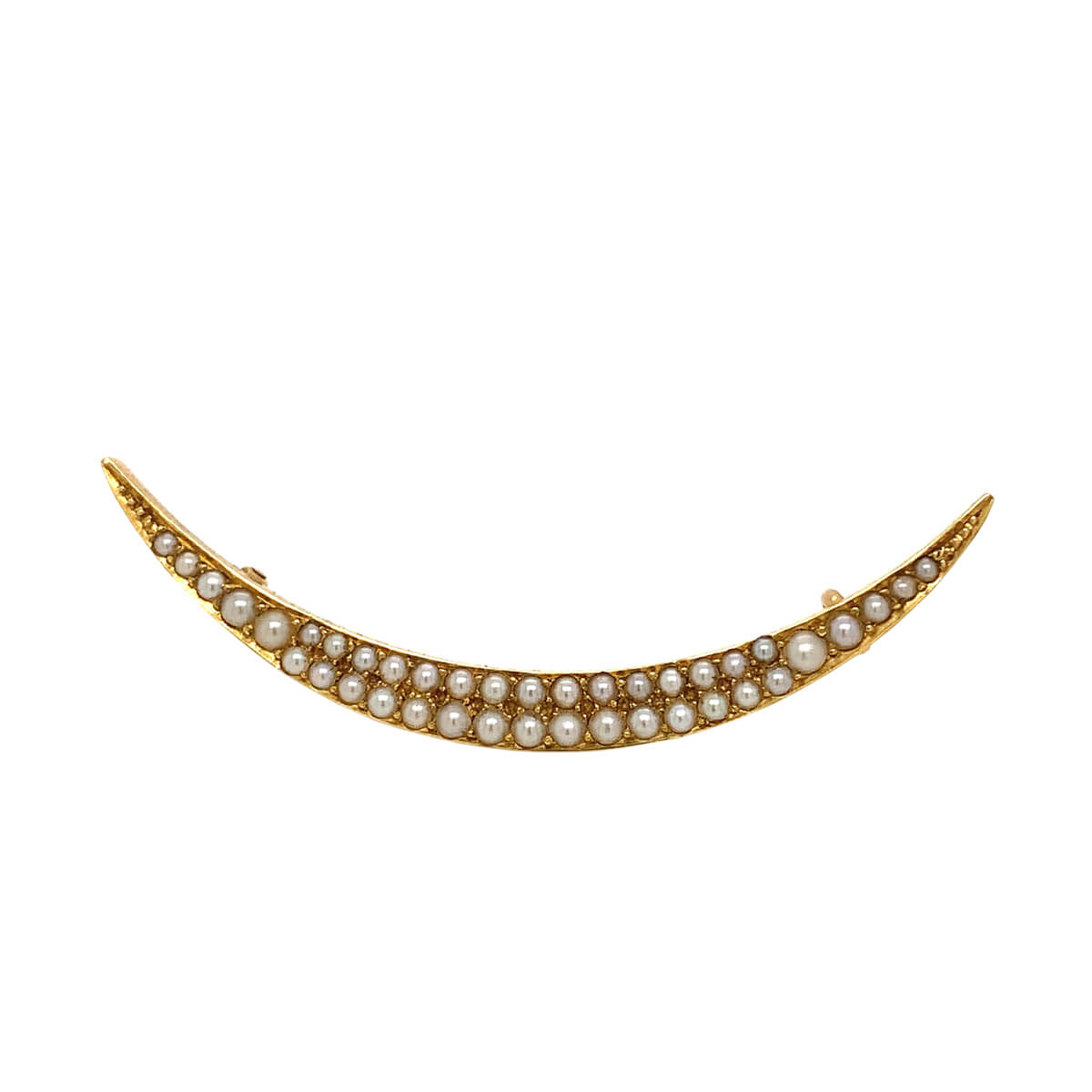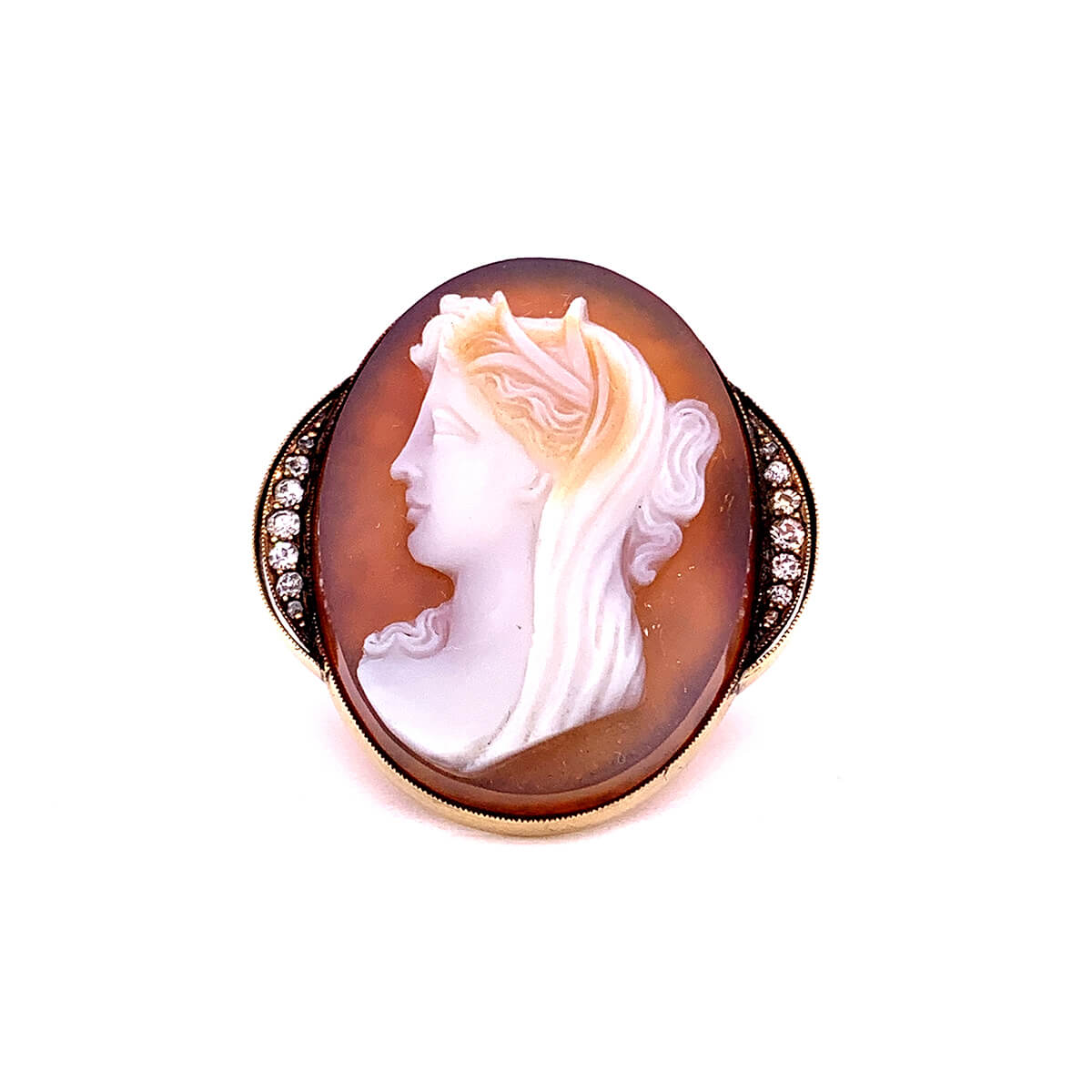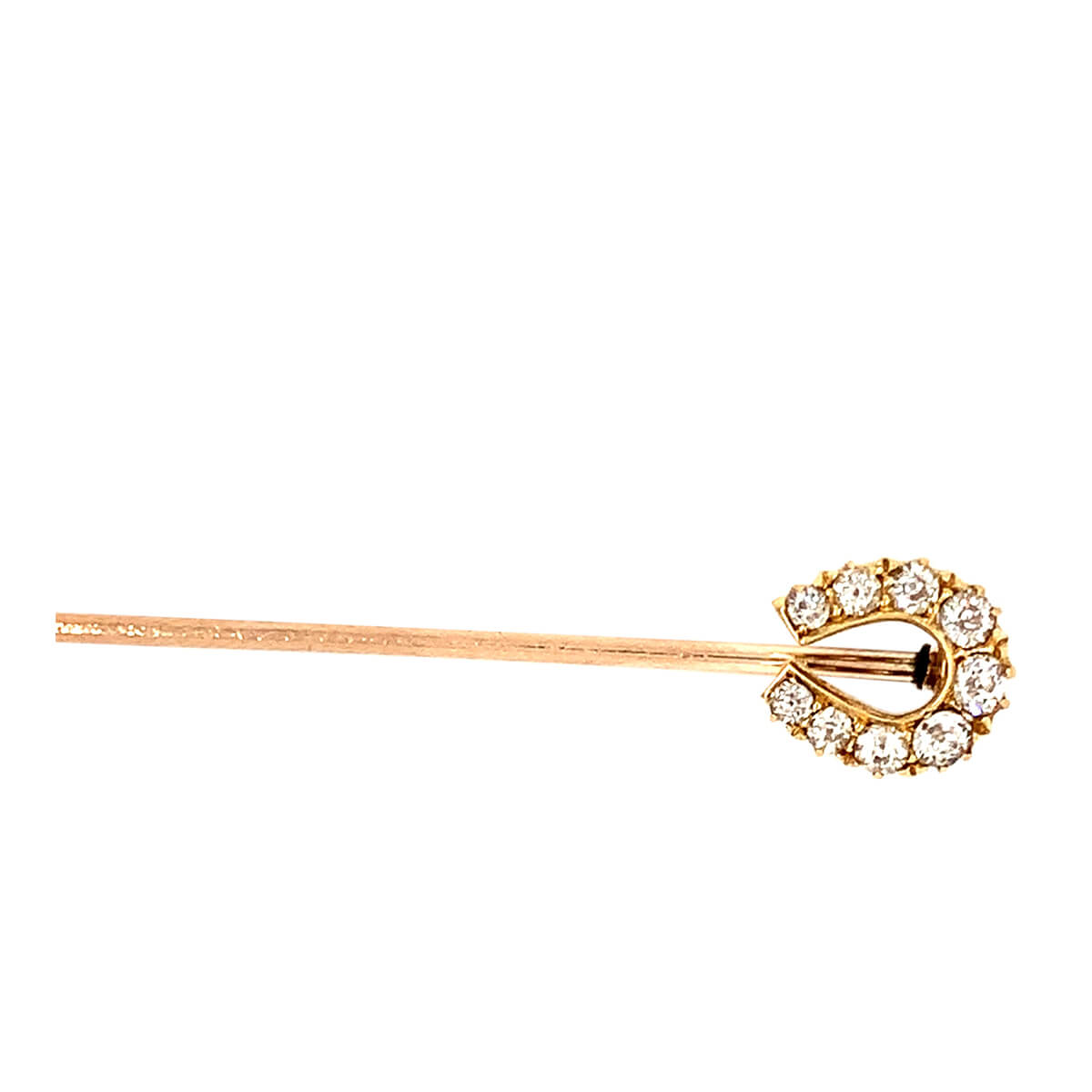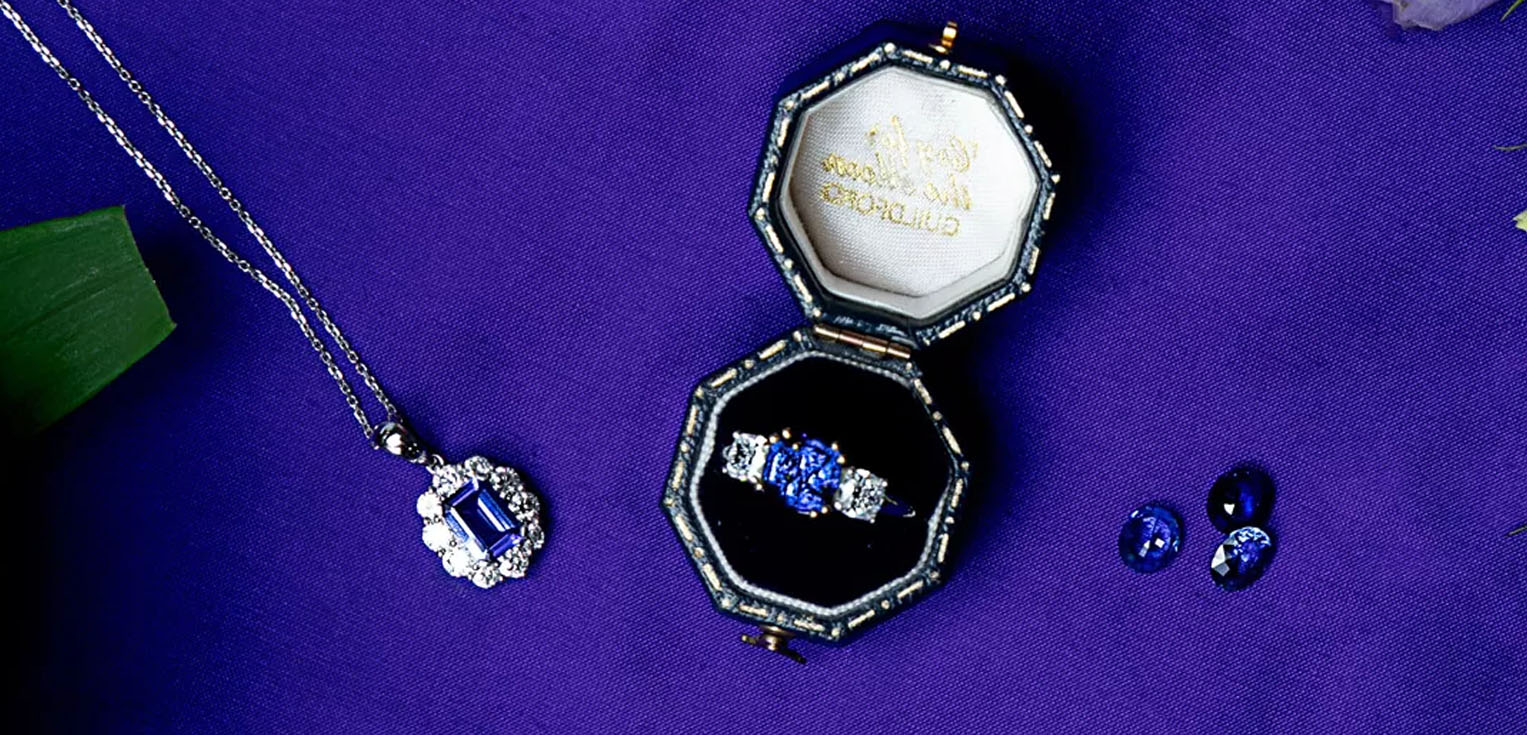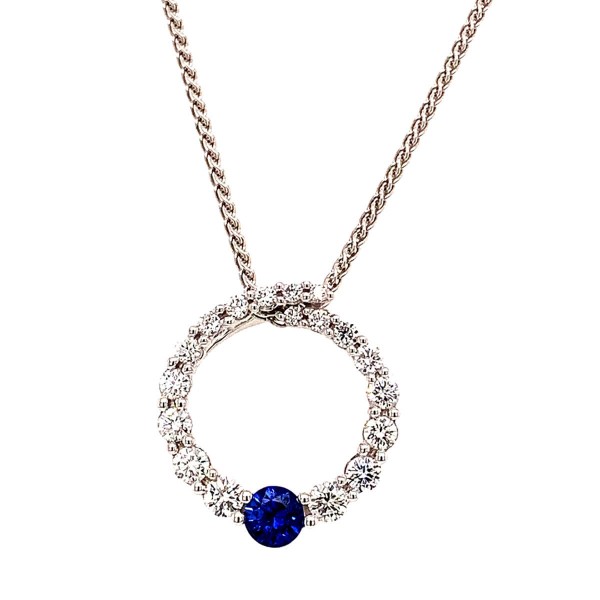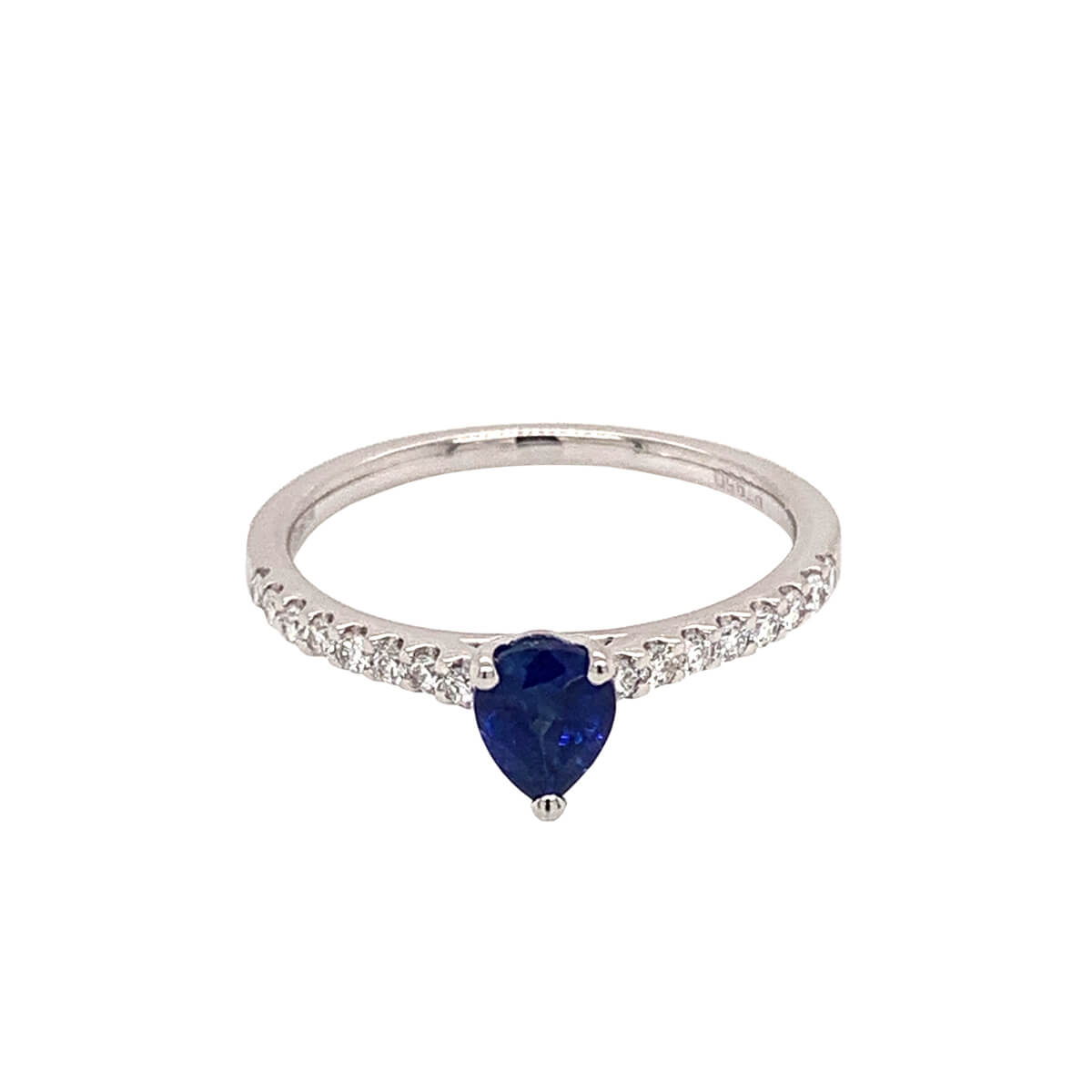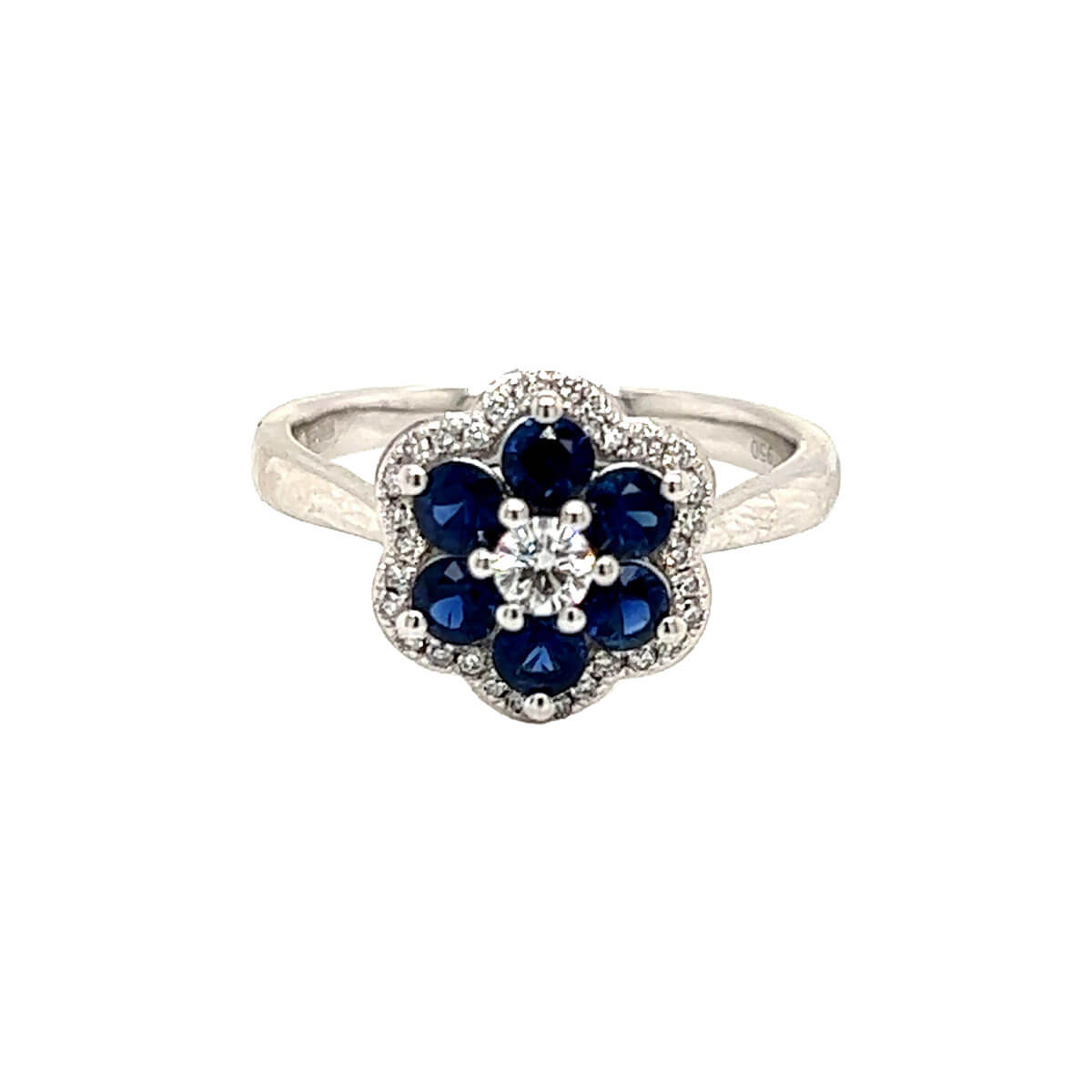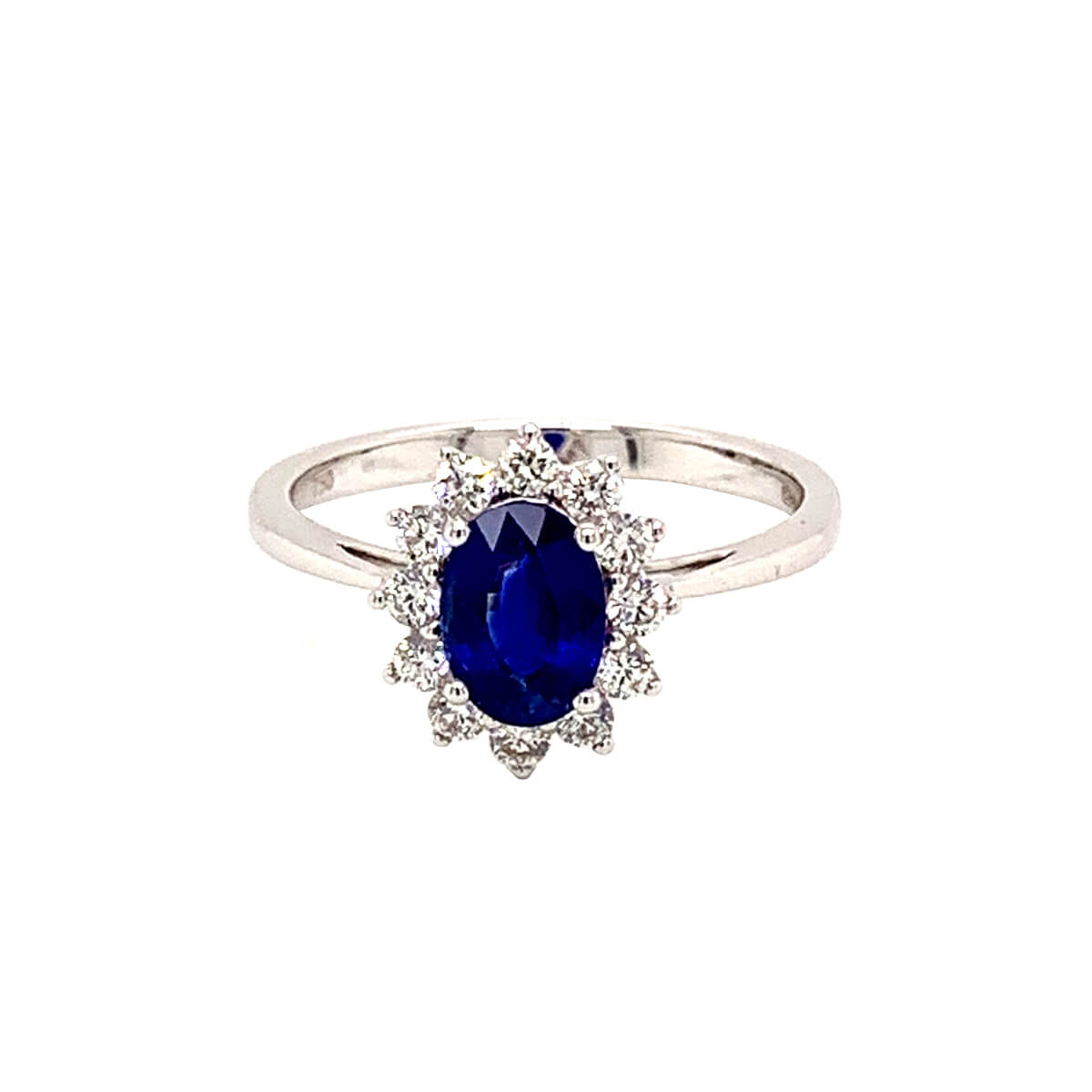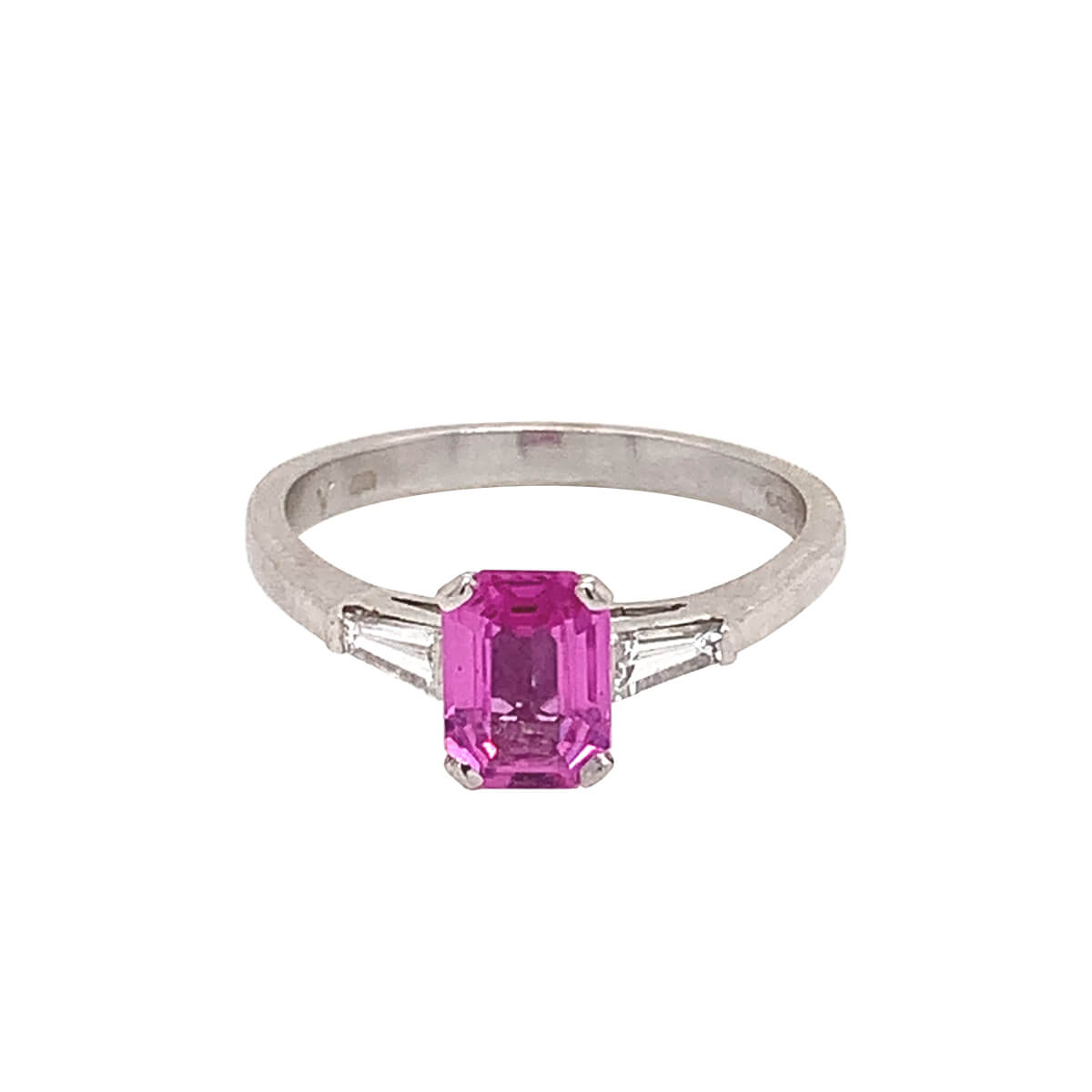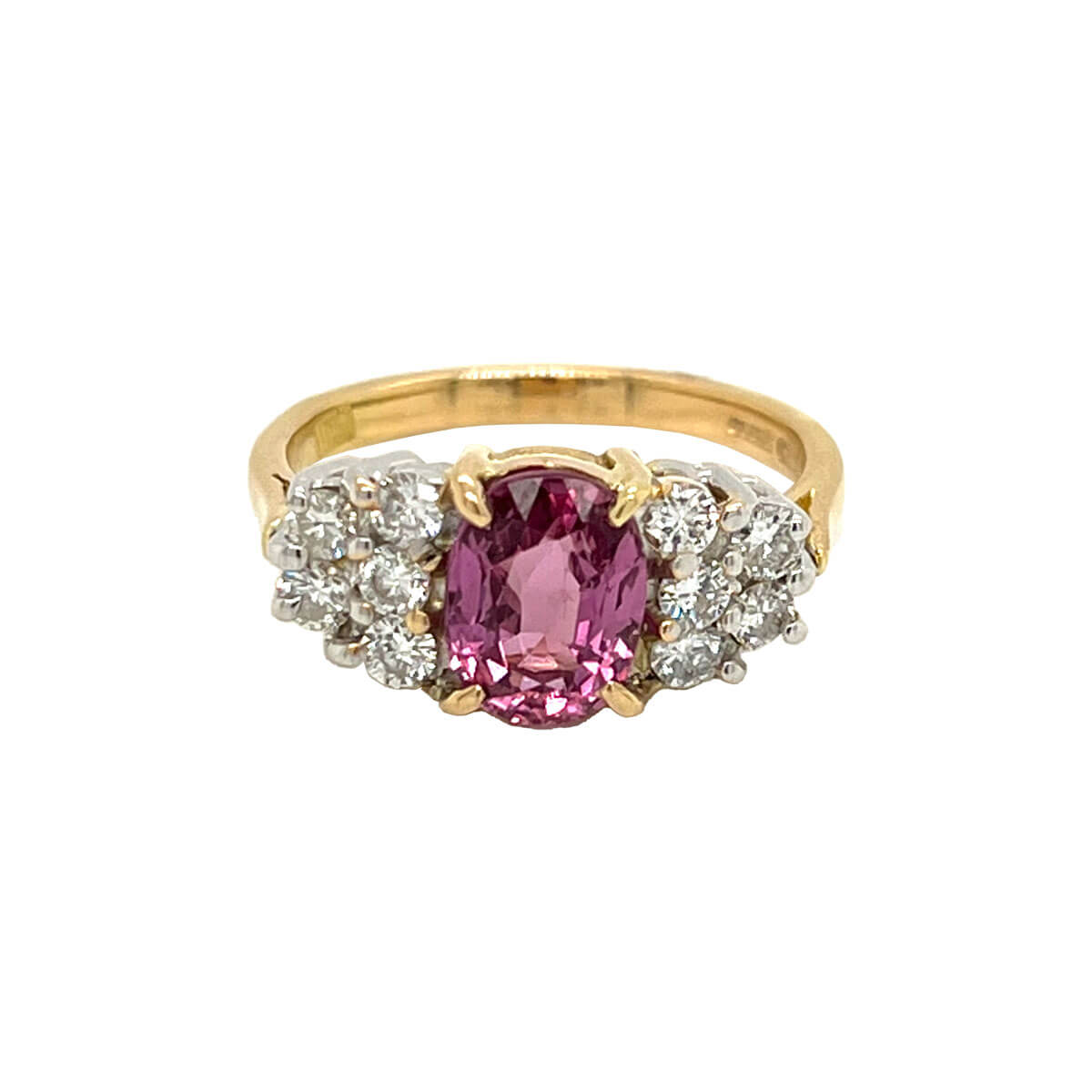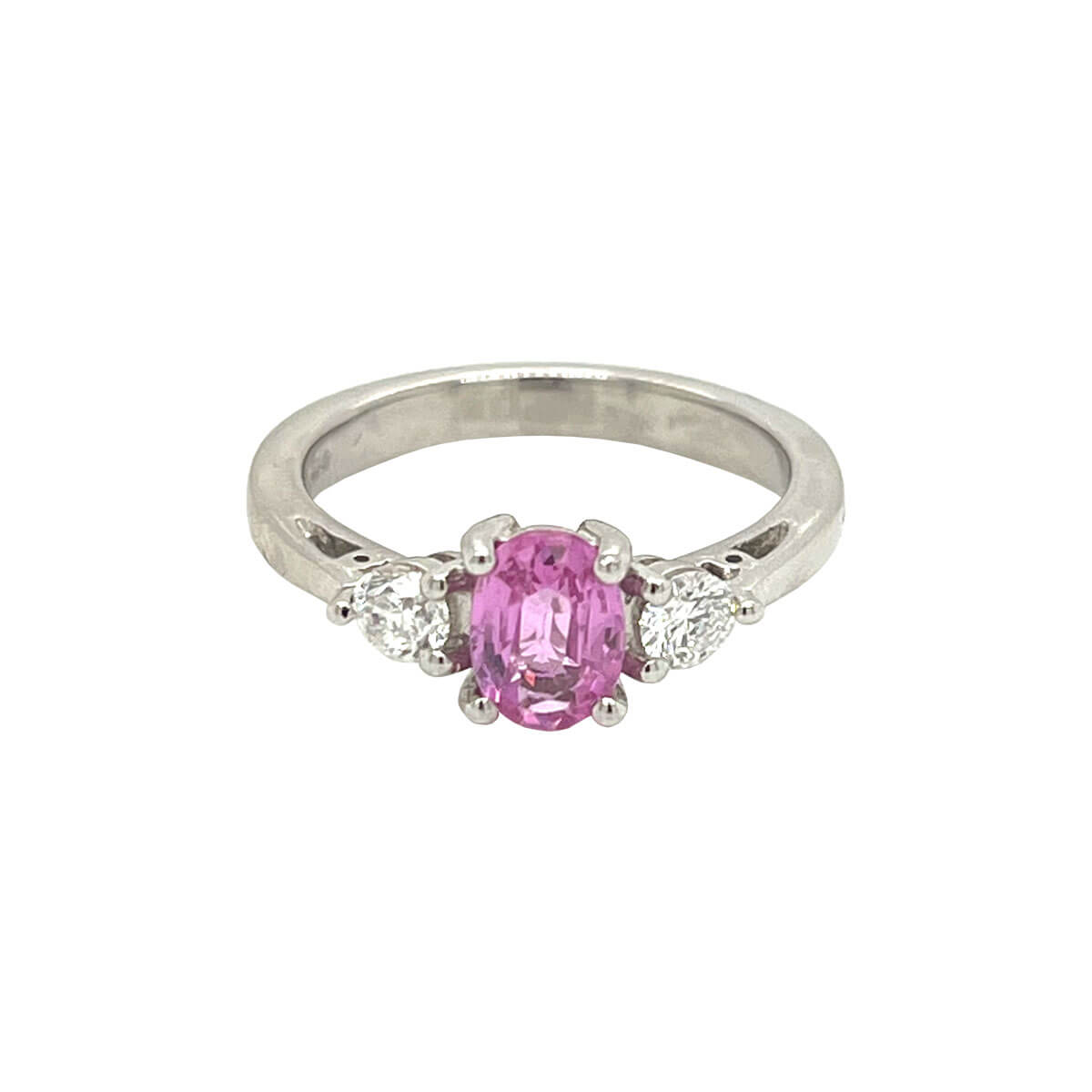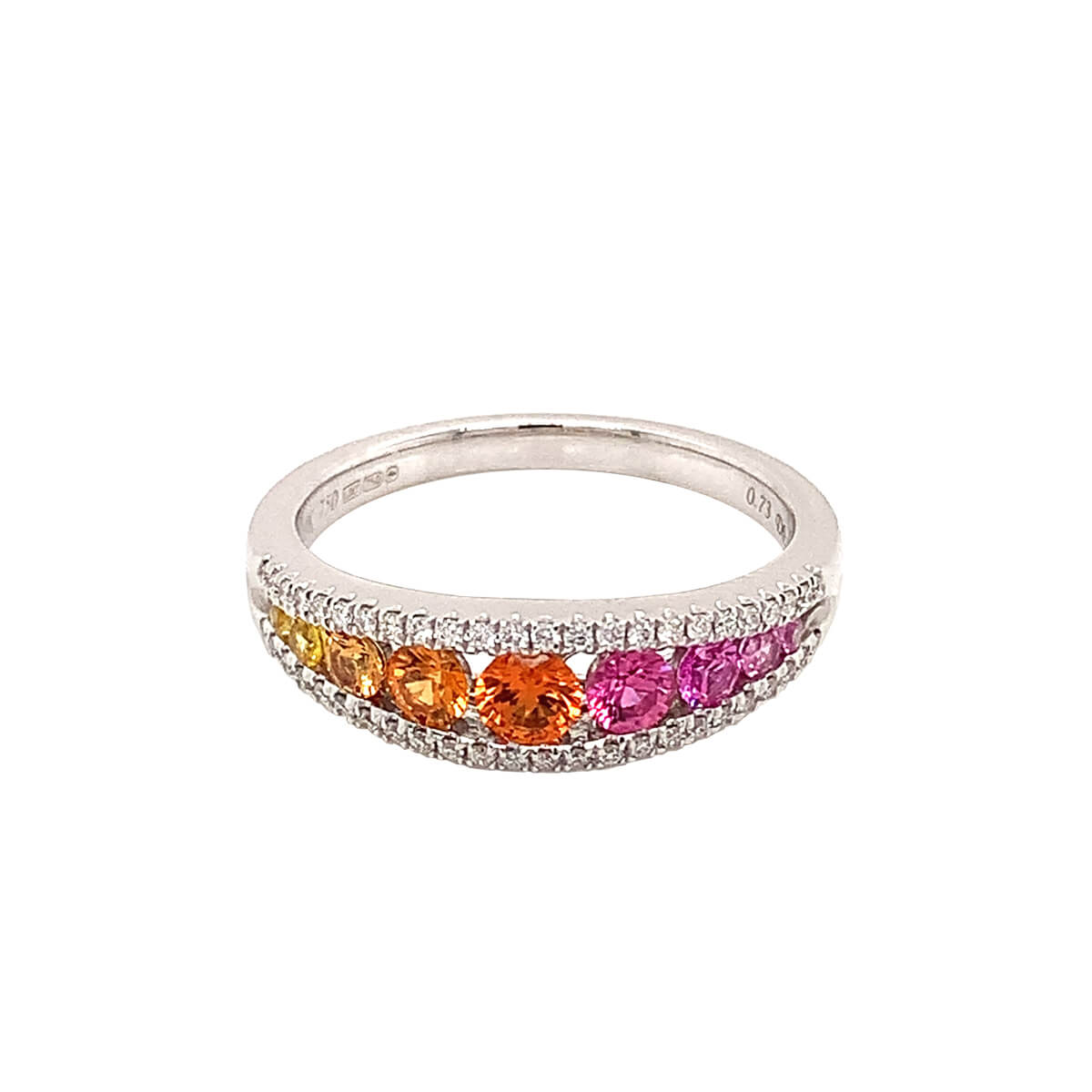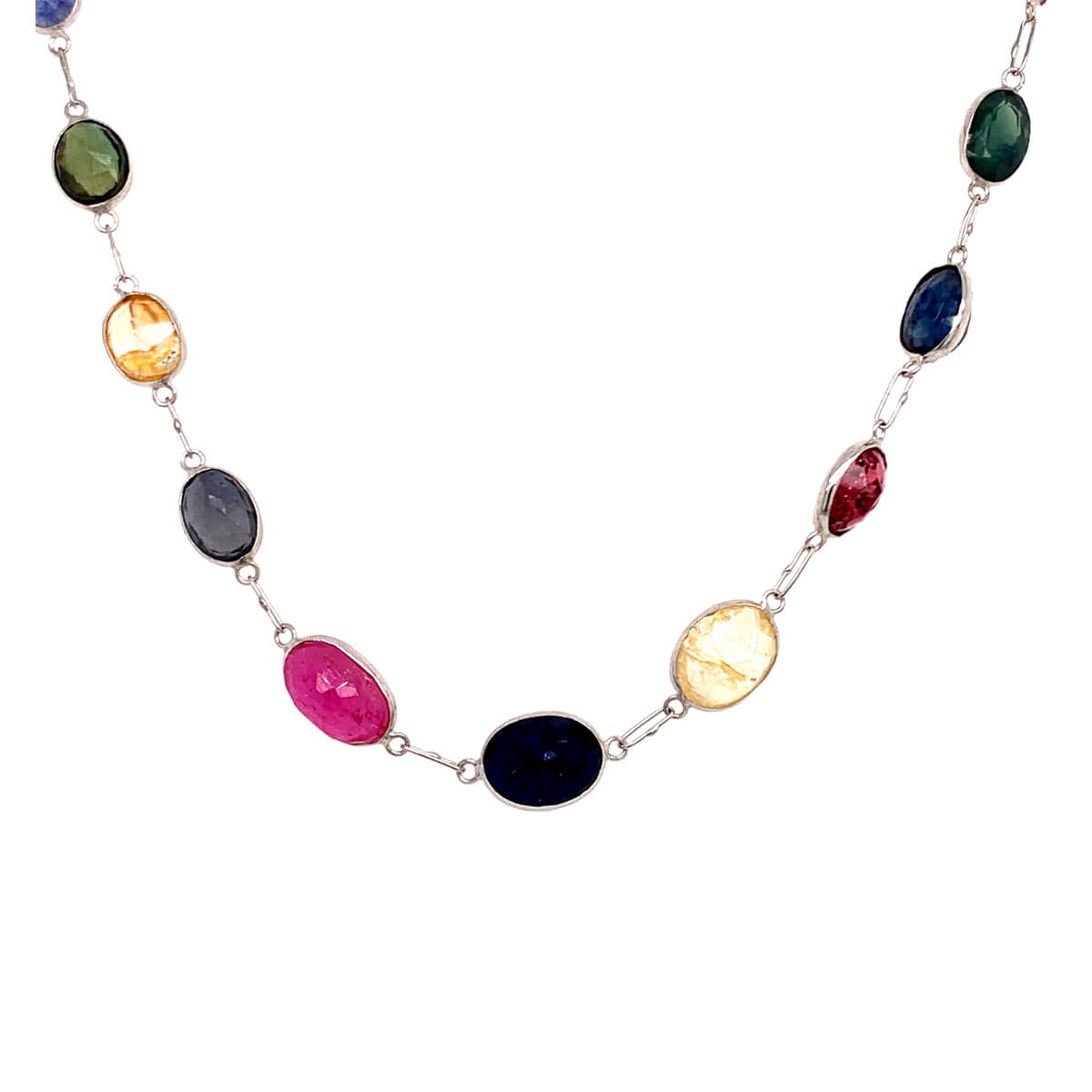One of the many beautiful things about jewellery is that it can be designed and made so it is completely unique to you. And, pretty much anything goes, so you can make something really special.
By ordering a bespoke piece of jewellery you can be sure that nobody else will have the same item, and you can choose which metal you want used, what design is created and the specific gemstones that are set into it. It truly is a one-of-a-kind piece, often made for a one-of-a-kind person.
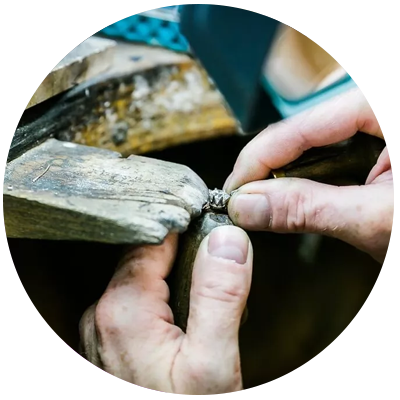 |
Bespoke DesignsEnquire today |
Collaboration
If you are ordering a bespoke piece of jewellery to be given to somebody else, you may decide to collaborate with them on the design, so that it can be made to their own desire and specification. Or, if it is to be a surprise, it is worth trying to subtly find out from that person what they might like, either by asking them, looking at what styles and colours of jewellery they already own, or by enlisting a friend or family member to find out.
It is worth listening to the designer you have chosen to create the jewellery too, as they will likely have good ideas as to what works with what, and the various strengths of different types of metals, what will be most easily moulded into shape and all the other aspects that you might not immediately think about yourself.
Creativity
Let loose your creative side! There is no point going bespoke if you end up having something made that could just as easily be an off-the-shelf item. If you want to mix three different types of gold and have a rainbow effect of stones, then go for it. An oversized pendant on an excessively long chain? Absolutely. Mismatched earrings that symbolise something special? No problem.
Get advice from the jeweller as to what can be done, and how easy it will be to wear, what clasps might be best, and all the things for which they have years of experience and knowledge. As long as something can actually be made, then the world is your oyster. And you might as well incorporate the pearl too, while you’re at it.
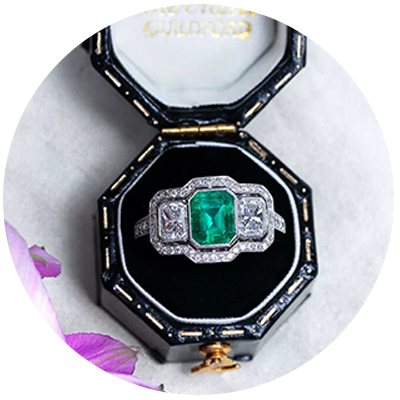 |
Made in HouseFrom £1,020 |
Options for metals and stones
Everyone knows the traditional and popular metals – gold and silver – and the best-known stones such as diamonds, rubies, sapphires and emeralds. But there is no reason to stop there. Palladium is increasing in popularity as a metal for jewellery and for something particularly special platinum is an excellent choice too.
Amethysts are beautiful, and often overlooked, stones for someone who likes rich colours in their jewellery, while peridot is a more subtle green shade and aquamarine is a lovely pale blue. It is worth considering some of these lesser-used stones in a bespoke piece, for their own rarity in commercially available jewellery.
Upcycling existing jewellery
If you, or your intended recipient, has an old piece of jewellery that is never worn or has become cracked or broken from over-wearing, then you could opt to have a new piece of jewellery made from that previous piece. This could take the form of reshaping and adding more onto a ring or pendant, or melting down the metal and using the stones to create something entirely different.
Upcycled jewellery will save you money on materials and could also mean that any sentimental value that is attached to the item still remains. It is also better for the environment for it to be reused and recycled, so it is a win-win for everyone.
Pick your designer wisely
You want a jeweller whom you can trust. Someone who listens to what you want and will do their utmost to achieve it for you. Allow them to offer you suggestions based on their experience, but ultimately the final decision is yours. When you go bespoke, you want it to be exactly how you want it to feel and look aesthetically or there is no point.
Some jewellery designers are specialists in certain types of metal or more experienced in setting stones or creating intricate designs. Shop around and find someone whose work you like, talk to several jewellers, and make an informed decision based on the rapport you have with them. There is no limit to what can be achieved, if you find the right person.
Make sure that everything for your bespoke design is discussed in advance, as any changes you make at a later date are likely to be charged extra or might not be able to be implemented.
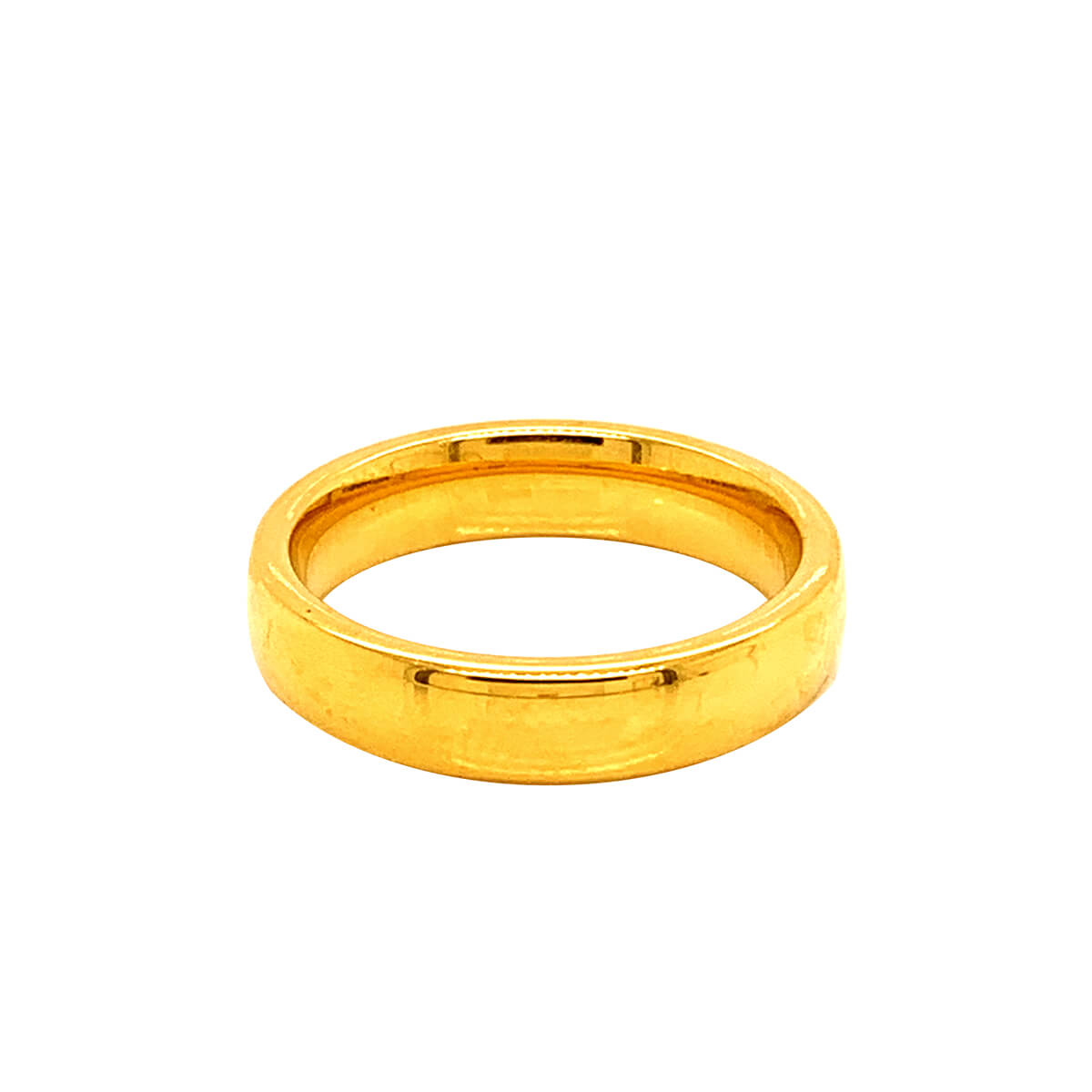 |
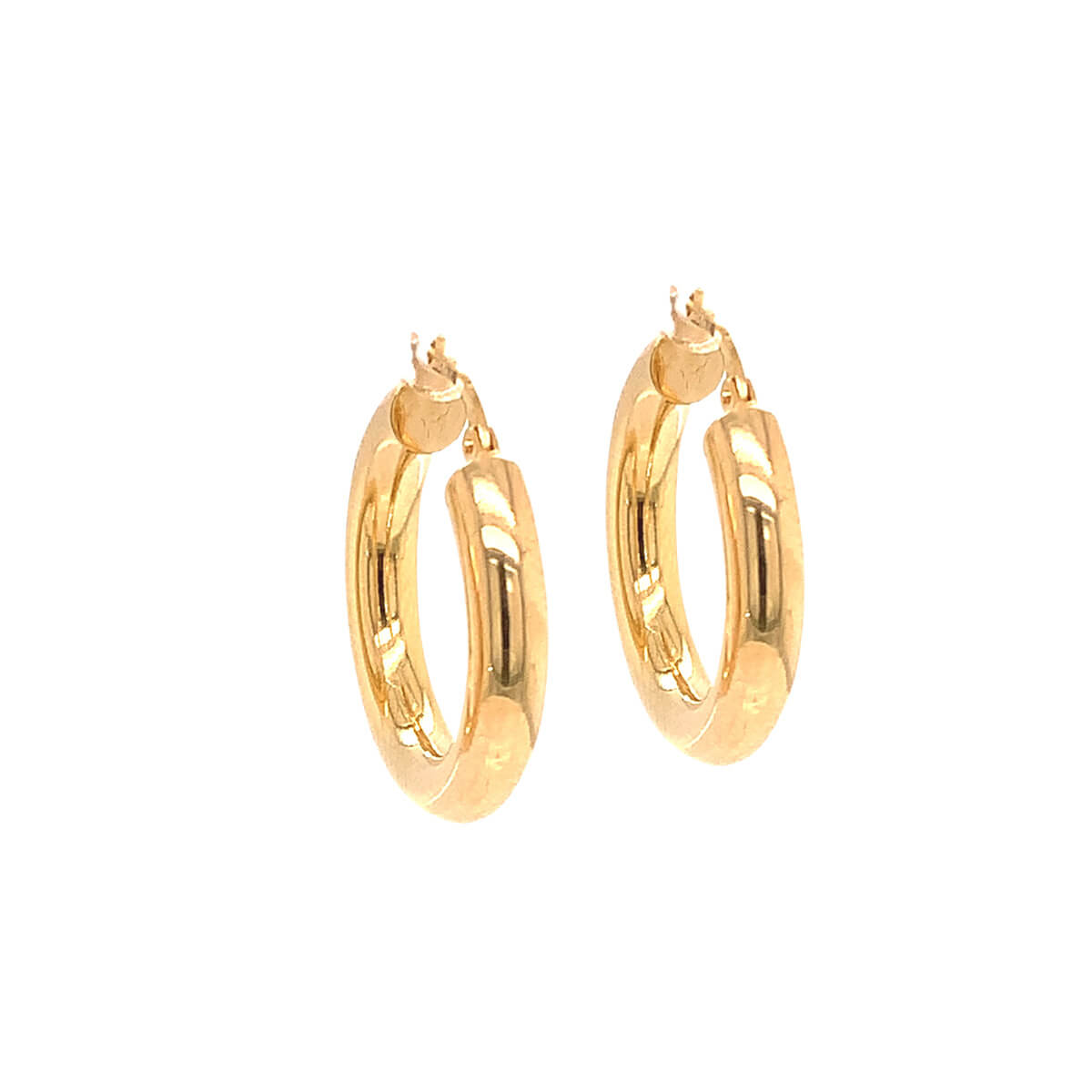 |
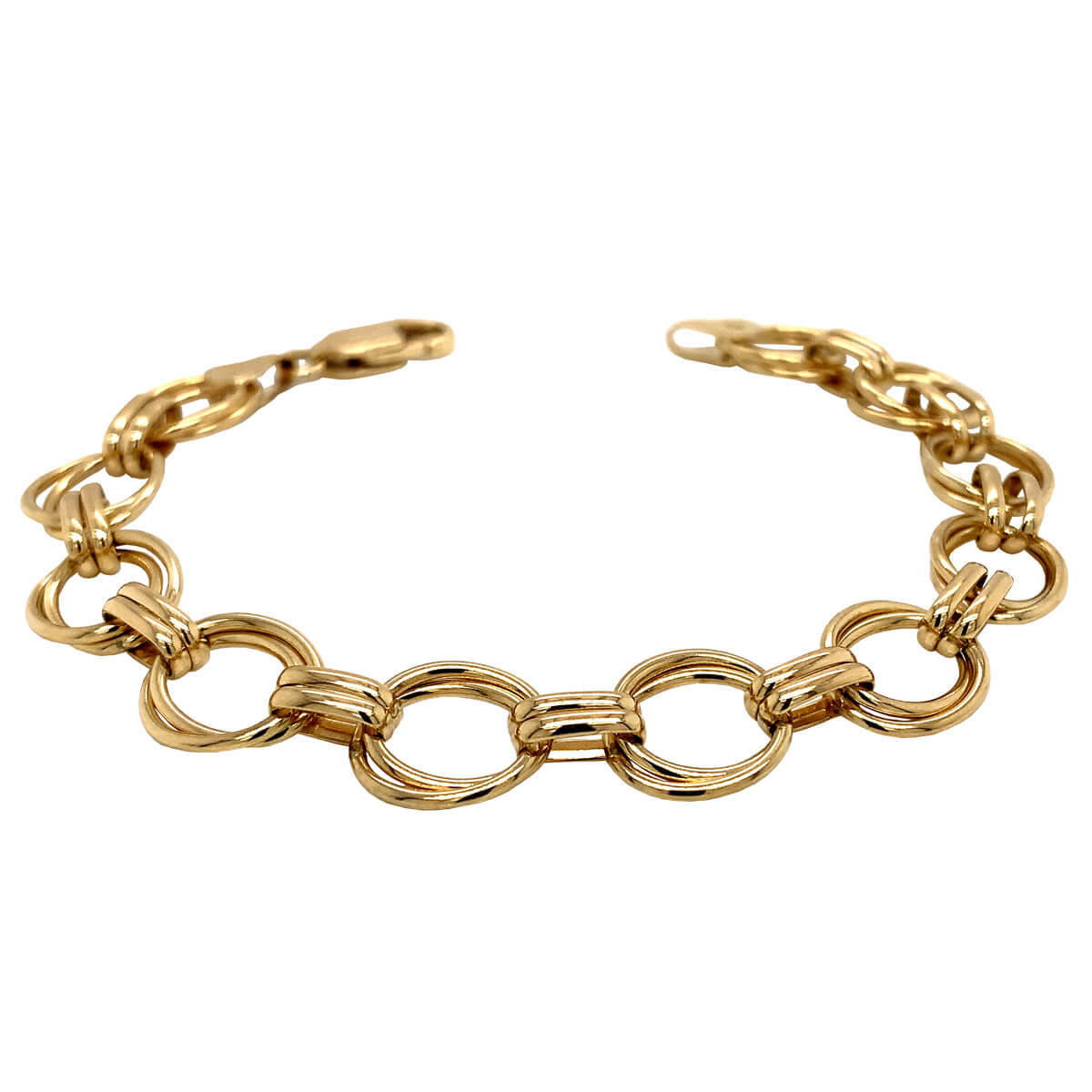 |
| 18ct Yellow Gold Wedding Band | 18ct Yellow Gold Hoop Earrings |
9ct Yellow Gold Link Bracelet |
| £530 | £555 | £1,195 |
 |
 |
 |
What items of bespoke jewellery can be made?
Engagement rings and wedding rings are the most commonly requested bespoke items, making a special piece of jewellery even more personal to its wearer. But there is no reason why necklaces, bracelets and earrings shouldn’t also be made as bespoke items.
If you want something to help you stand out in a crowd and wow everyone around you, then any of these as bespoke items will likely do that, making you the envy of all your friends and creating an excellent talking point.
Final thoughts
Our team of jewellers is highly regarded and award-winning, using the best materials we can find, with gemstones sourced from around the world. So, contact us today to find out what we could create for you and let us work our magic on a truly bespoke piece of jewellery for you or a loved one.

